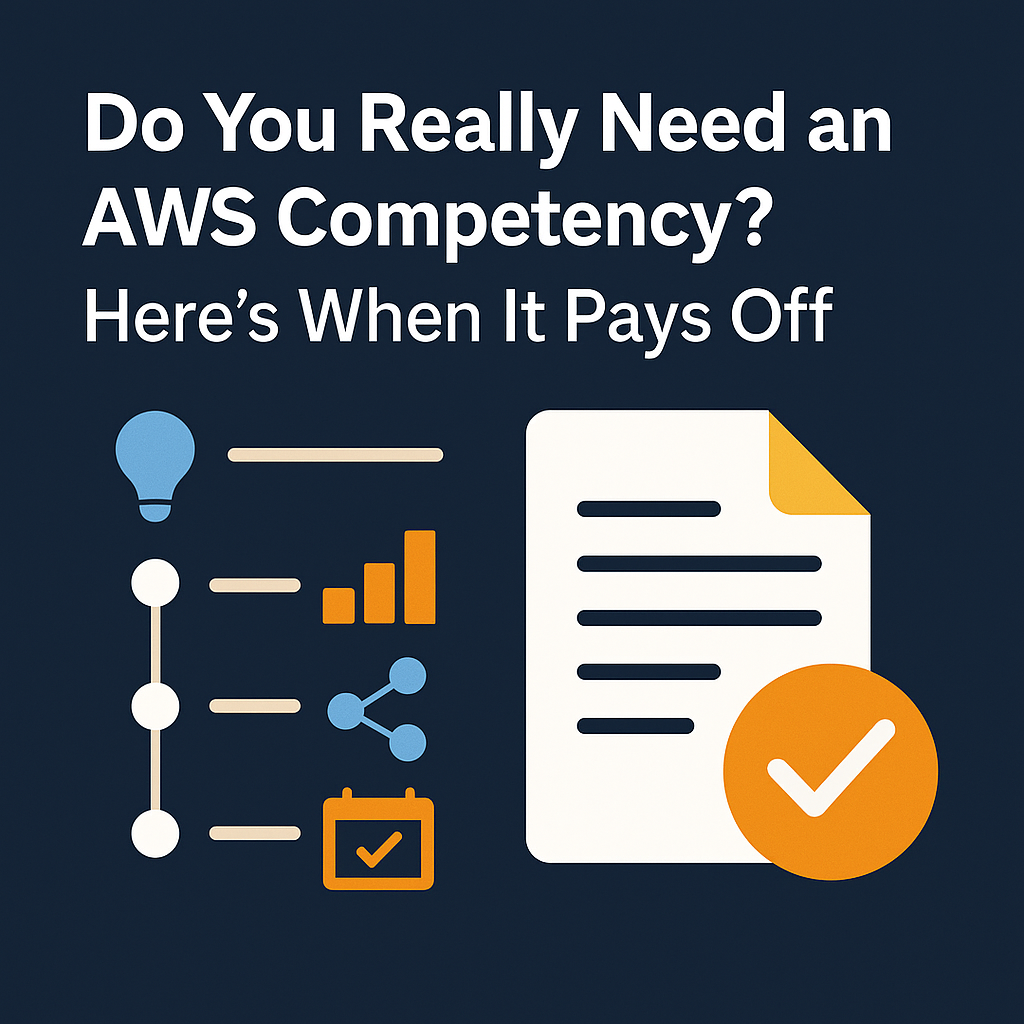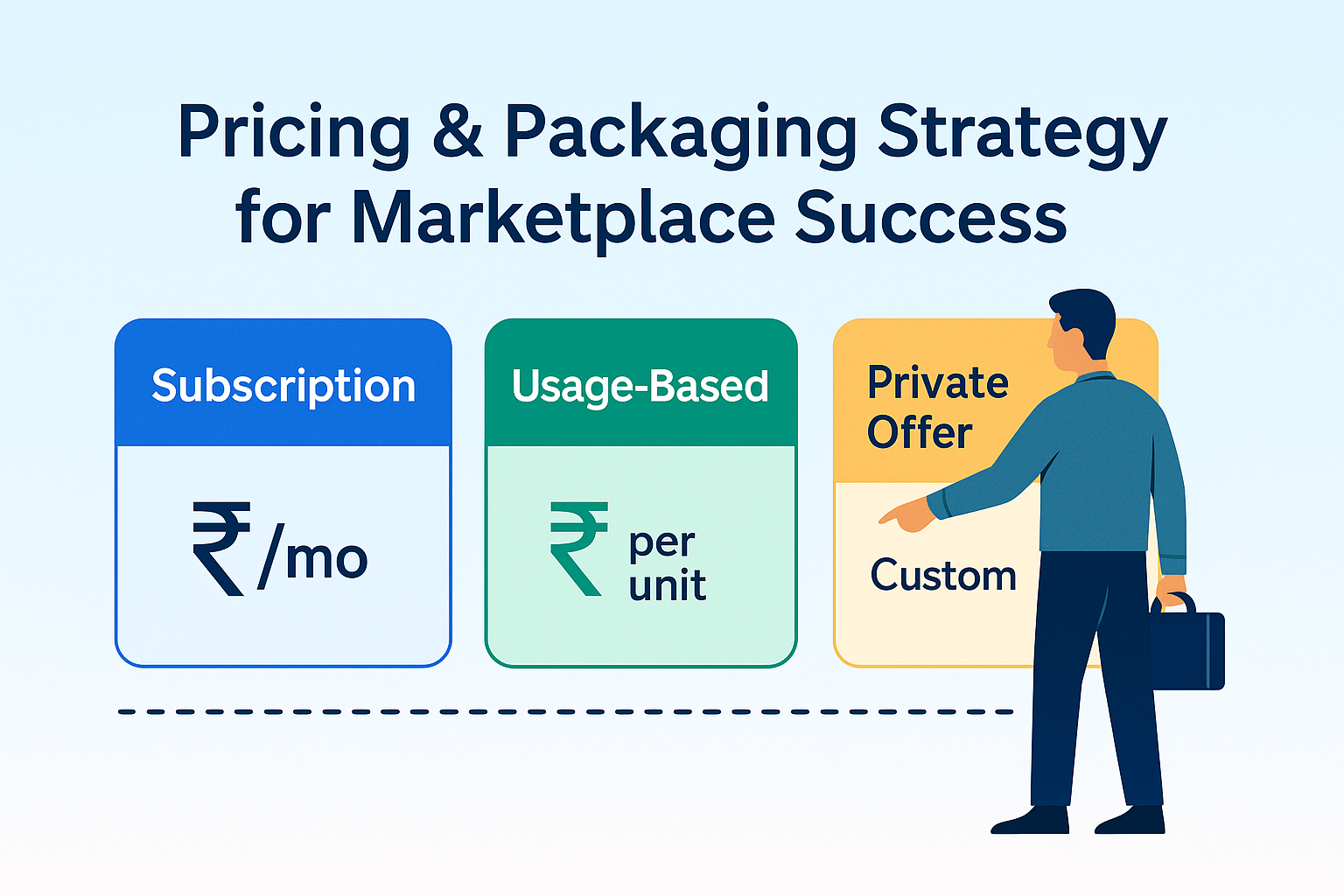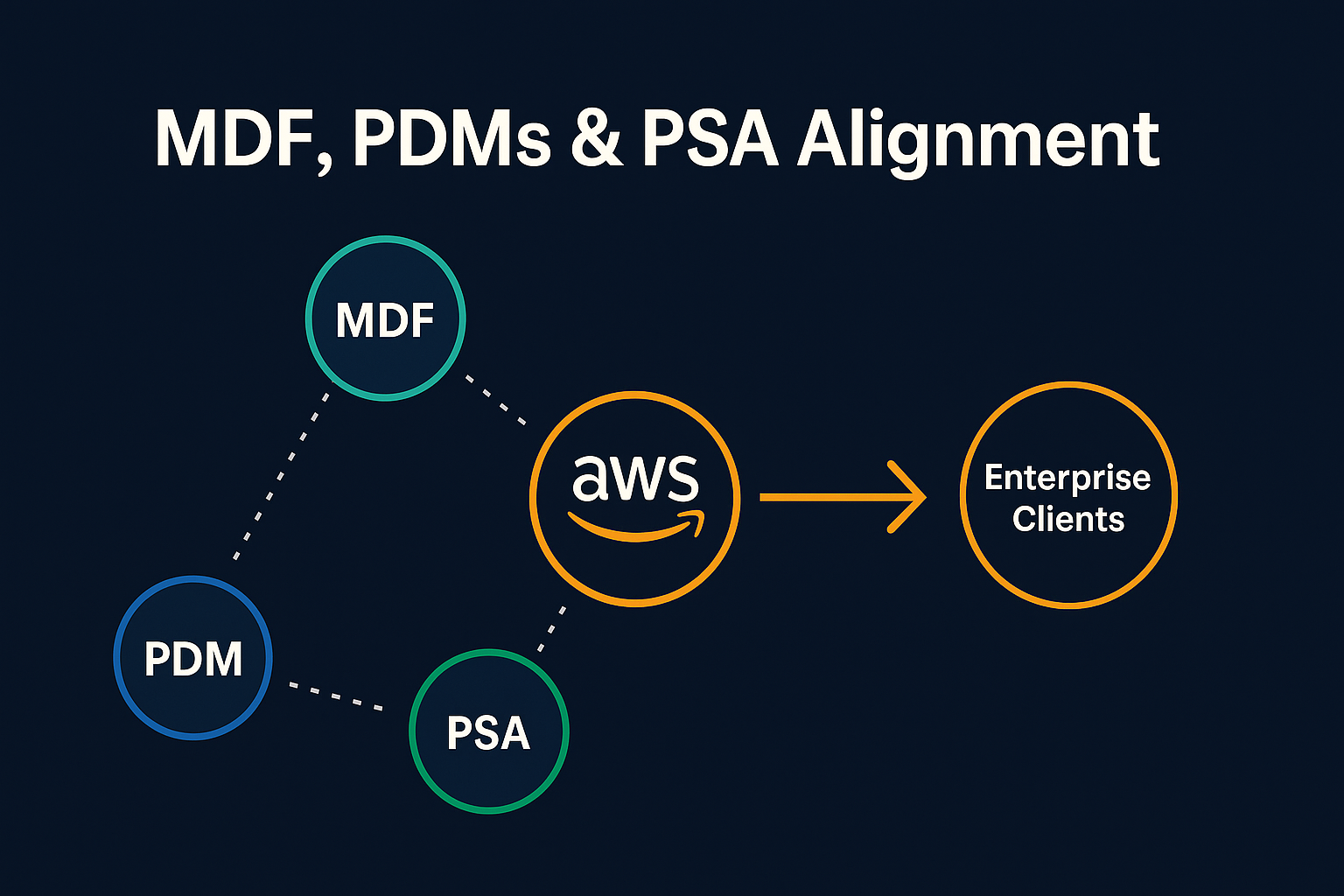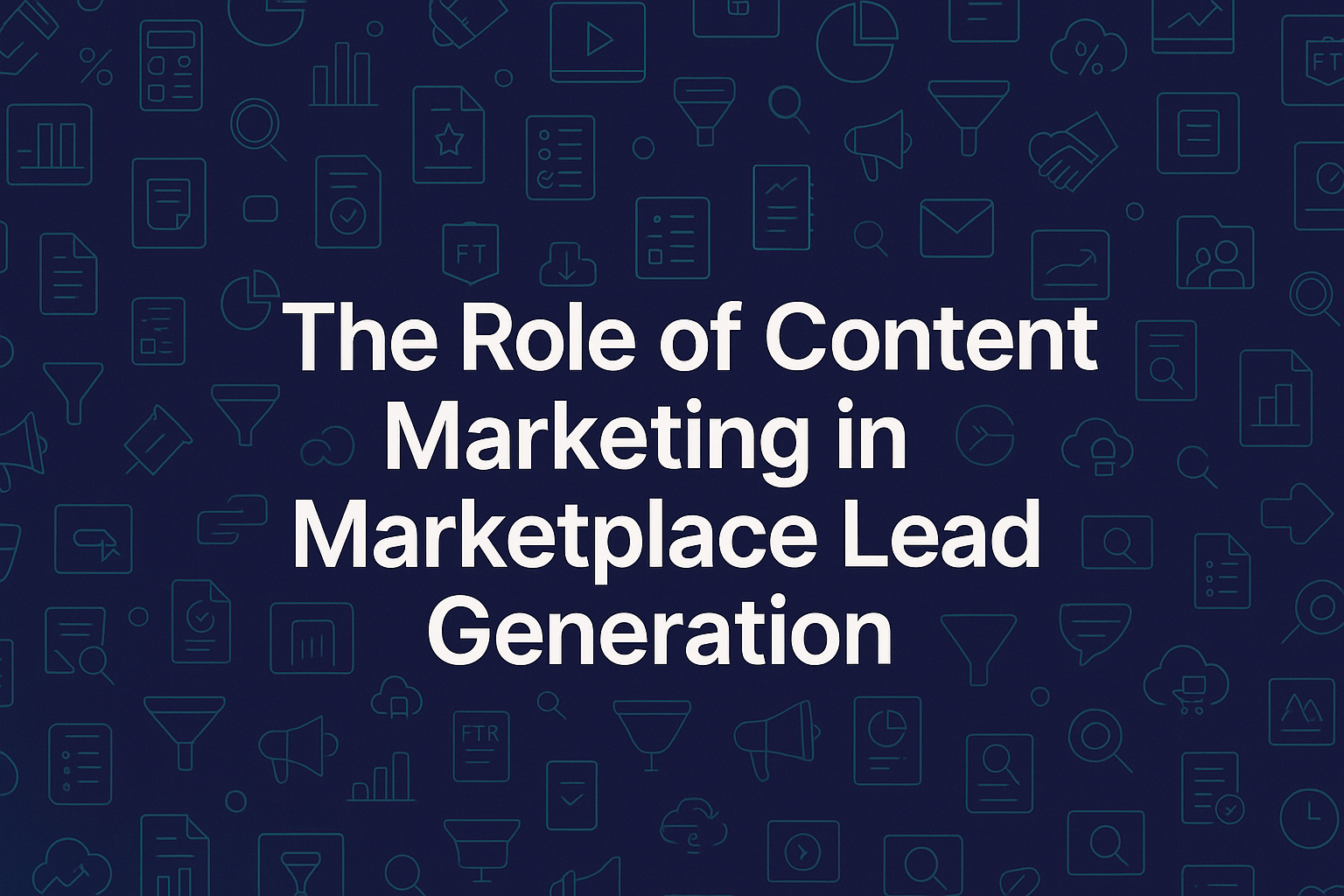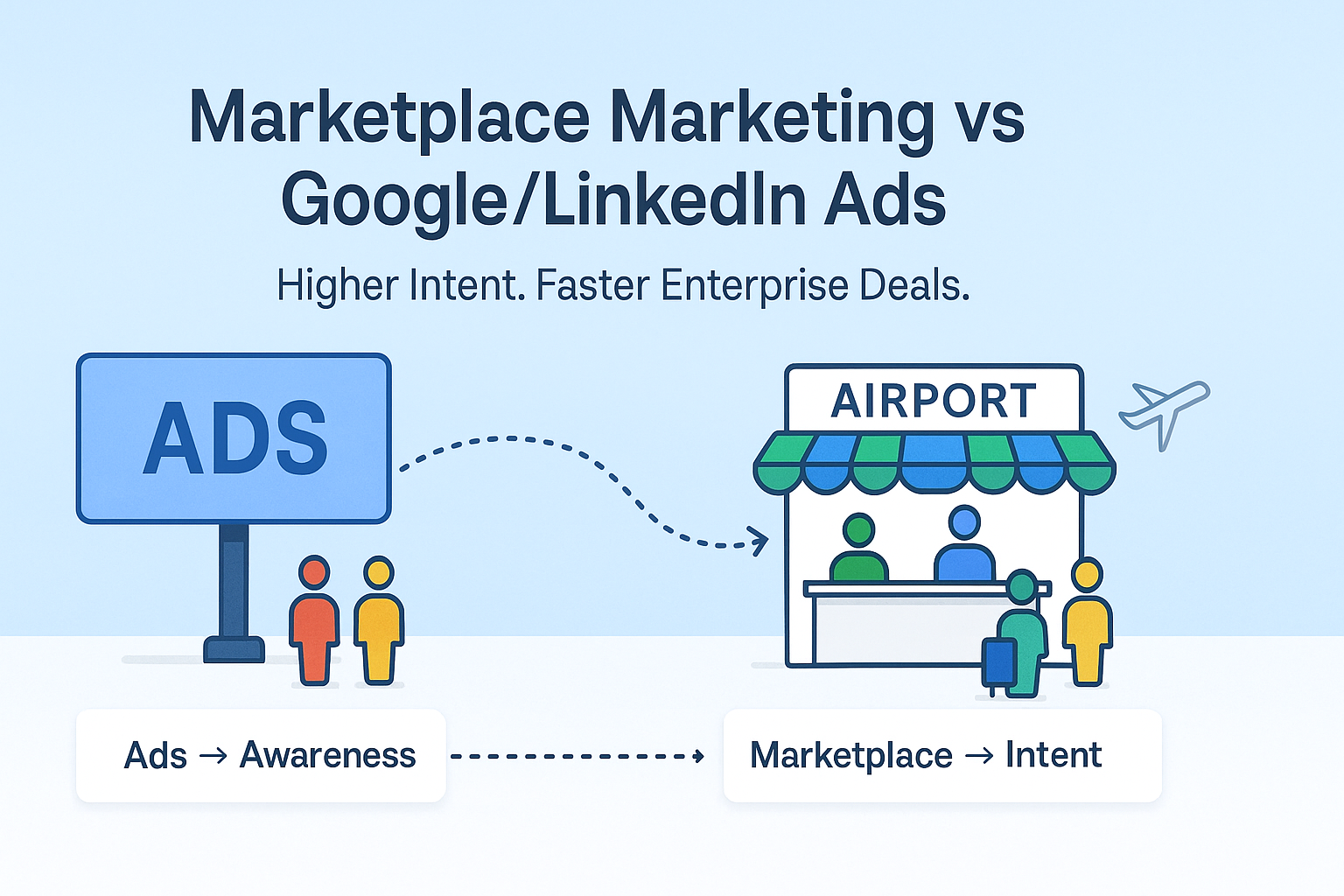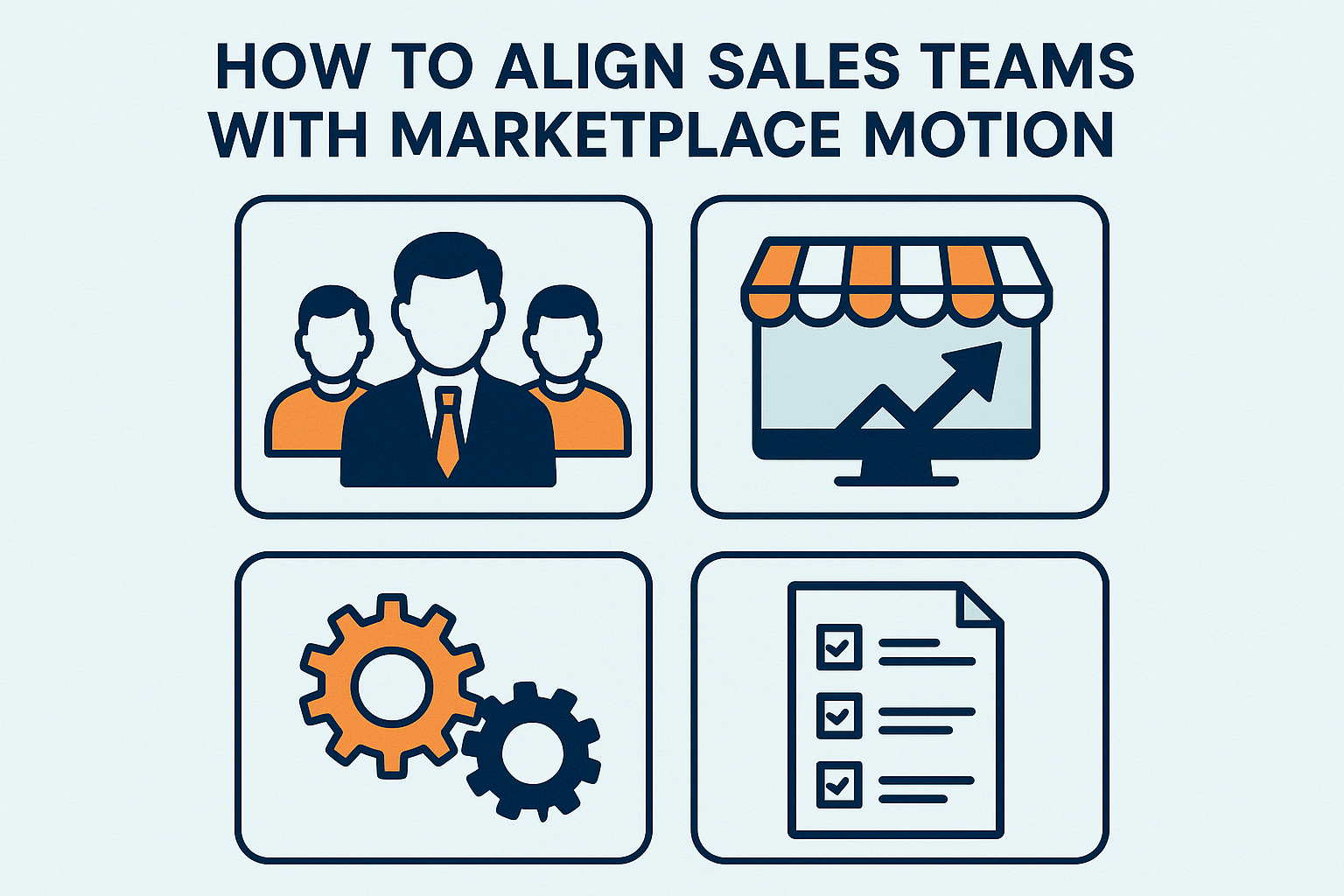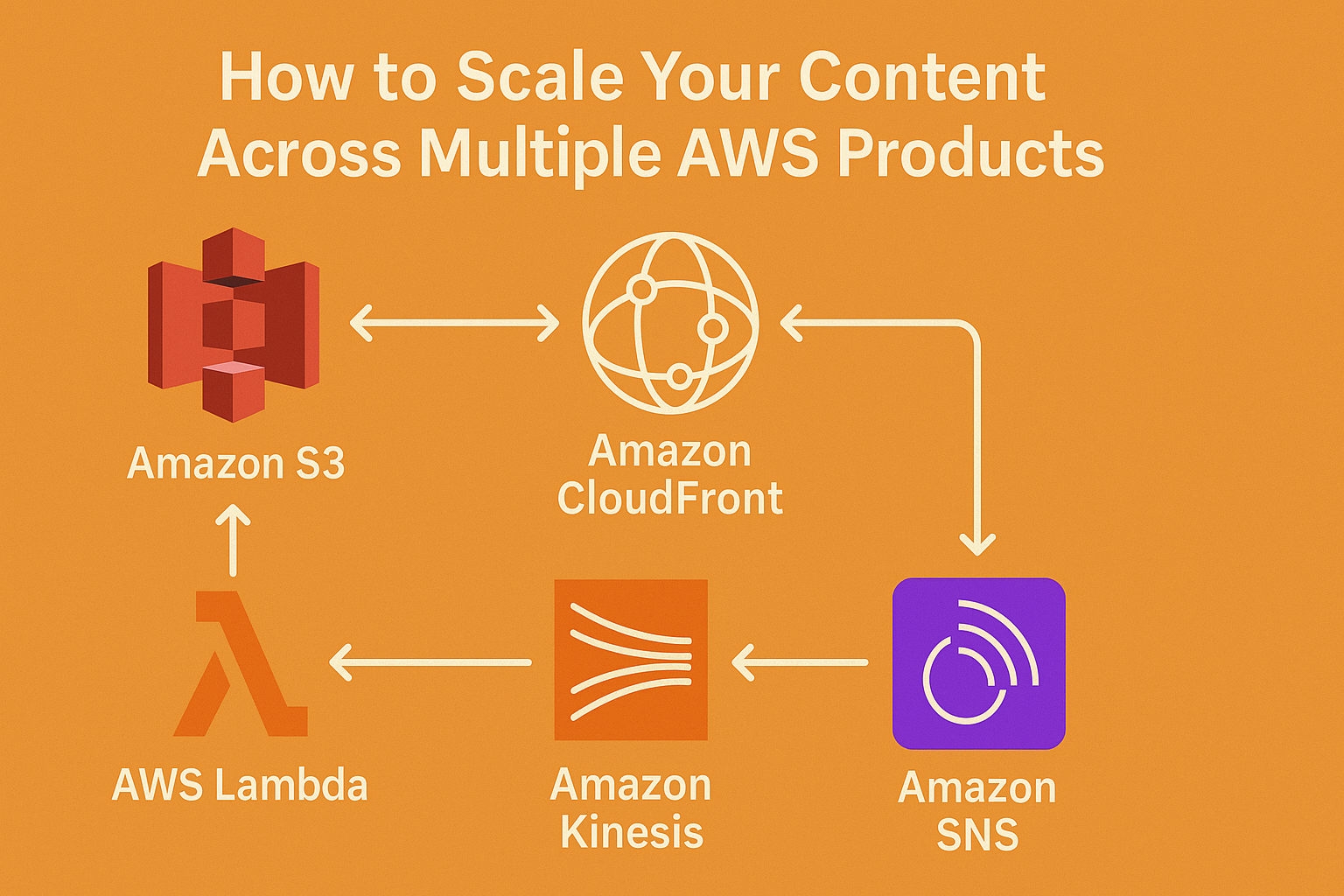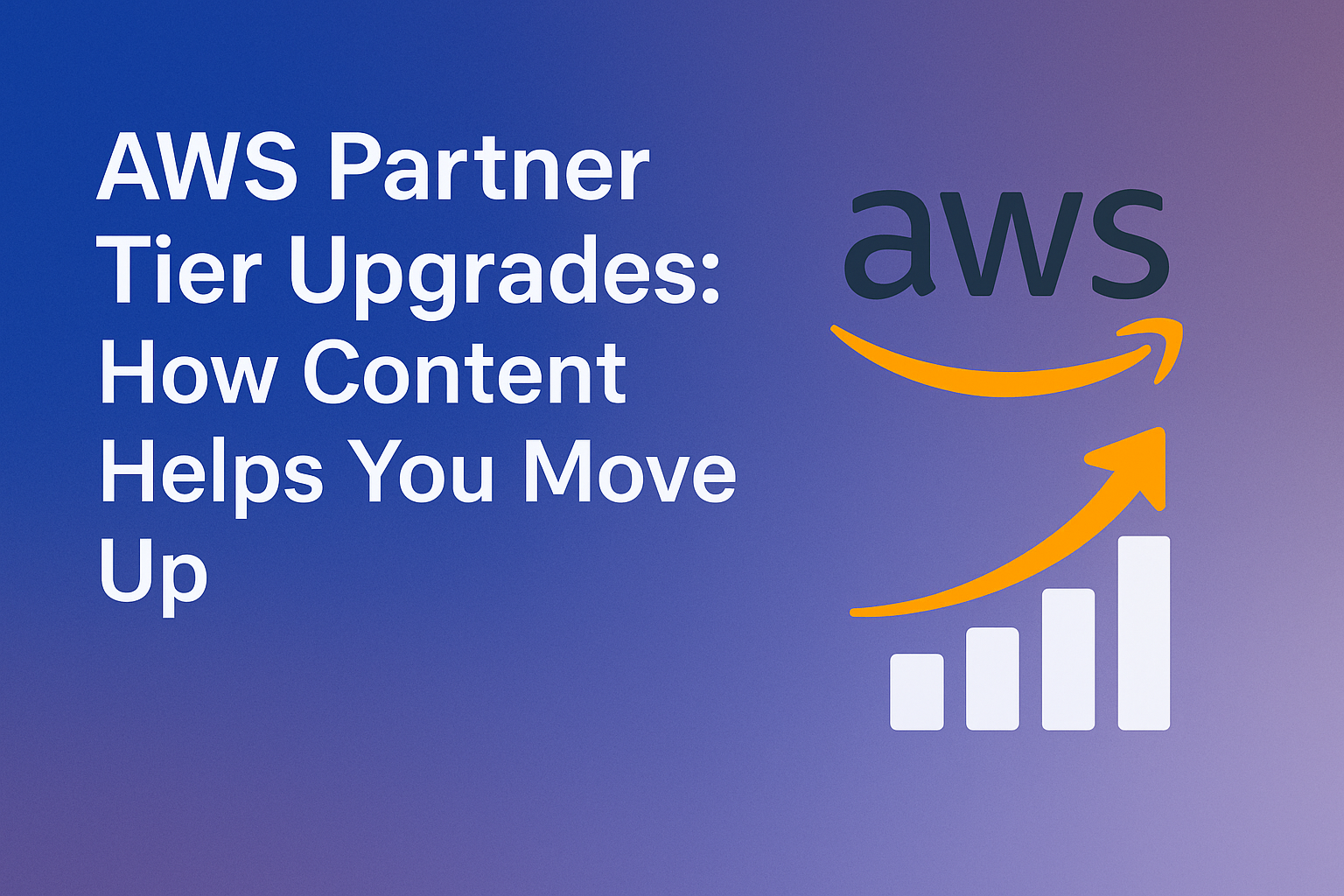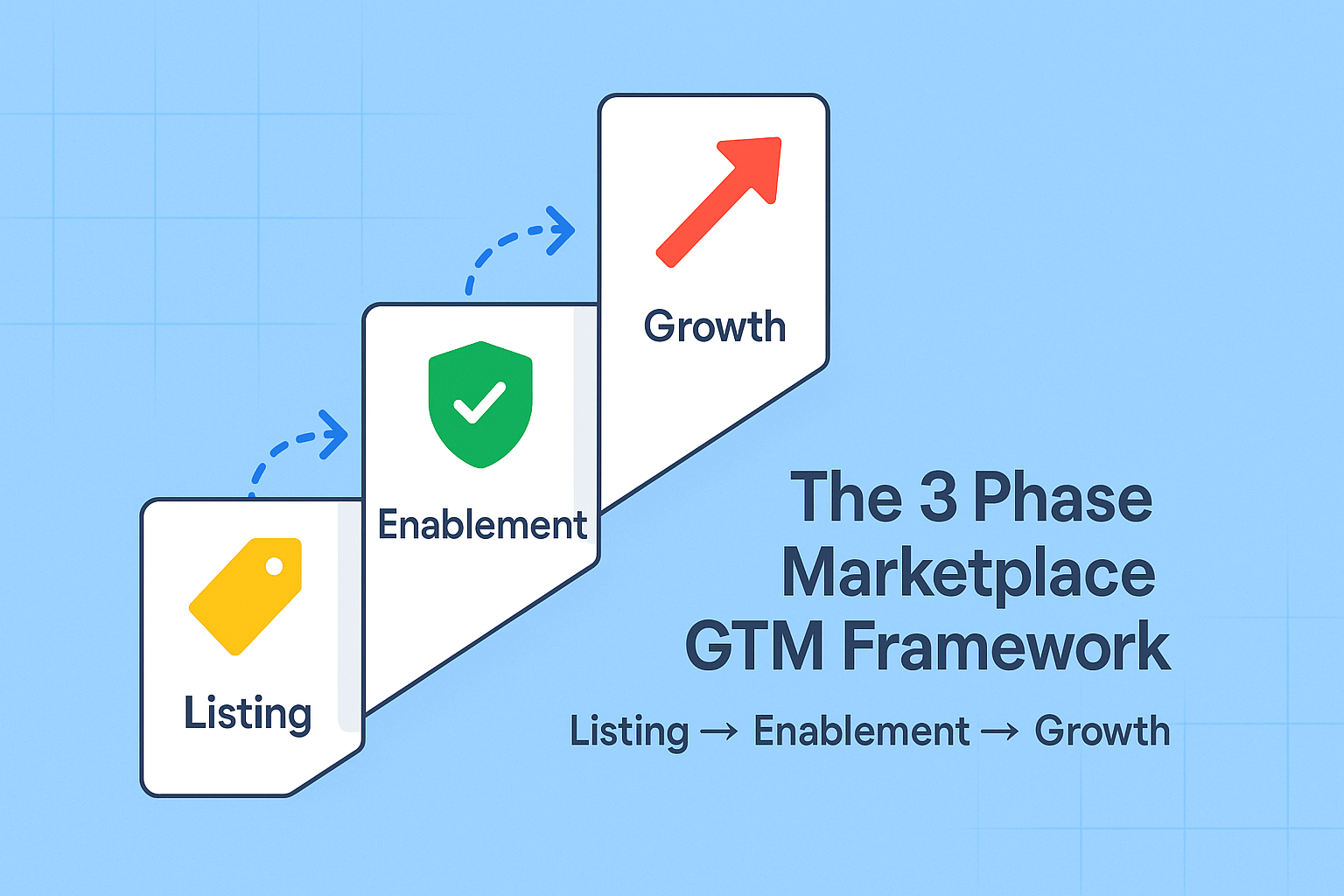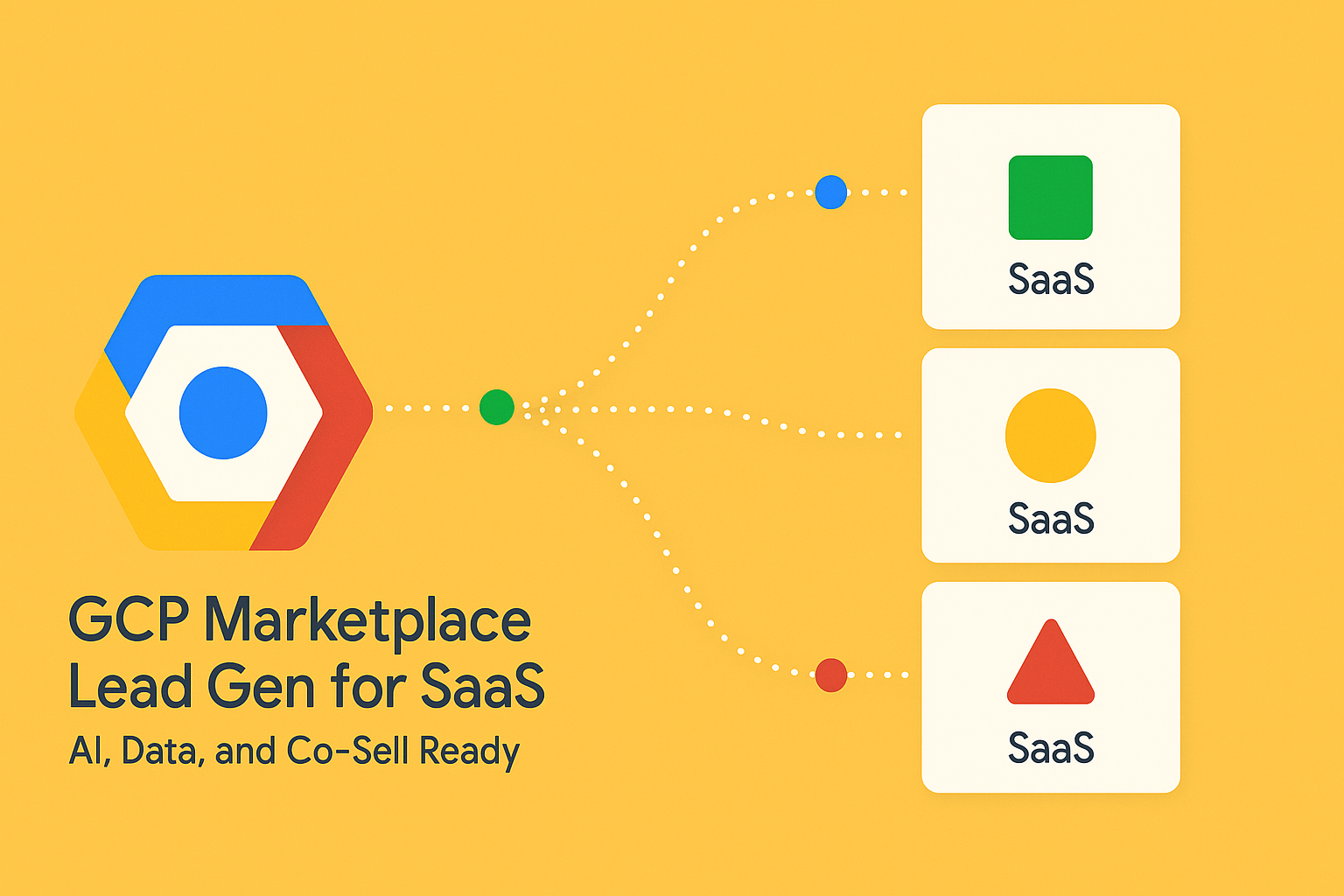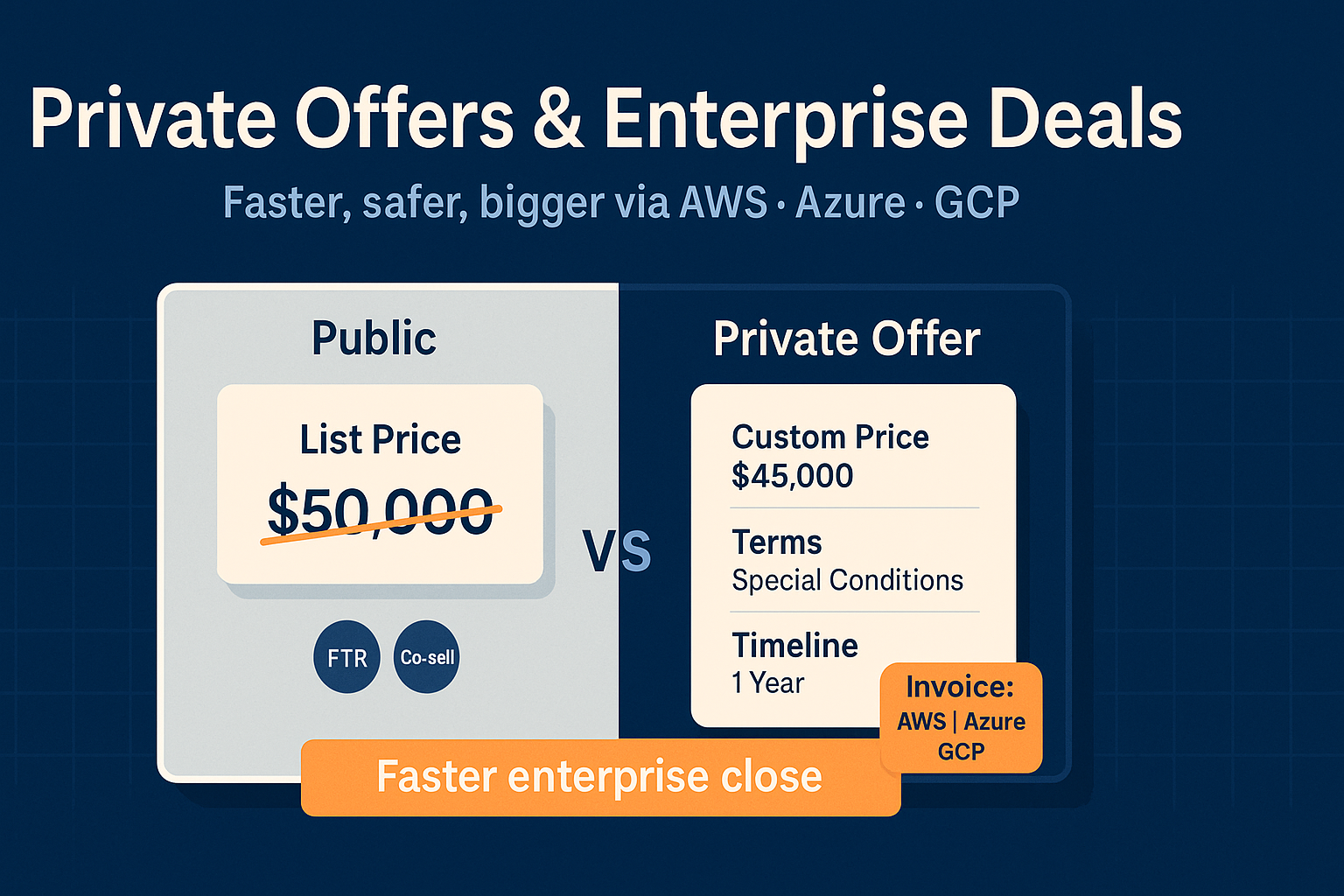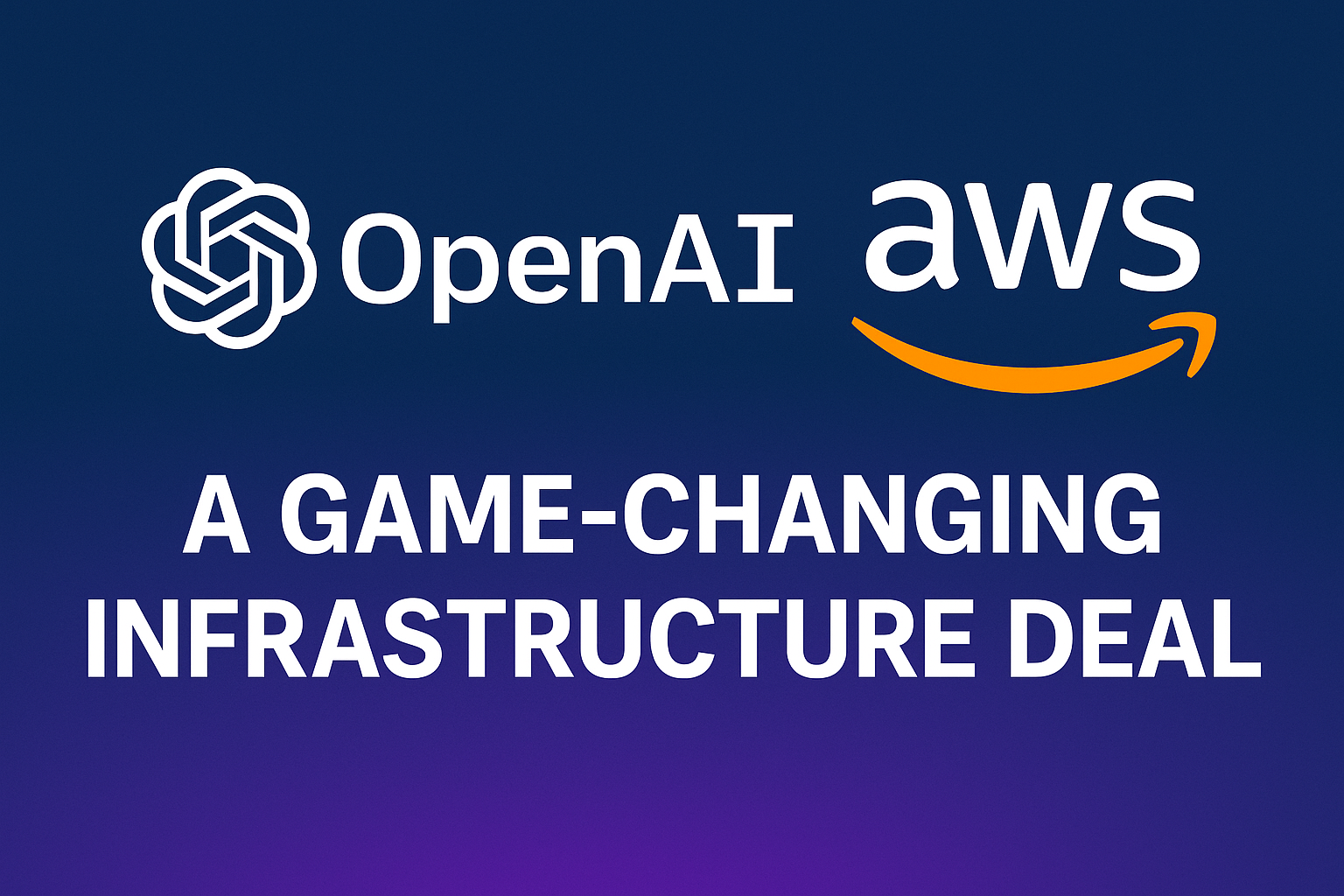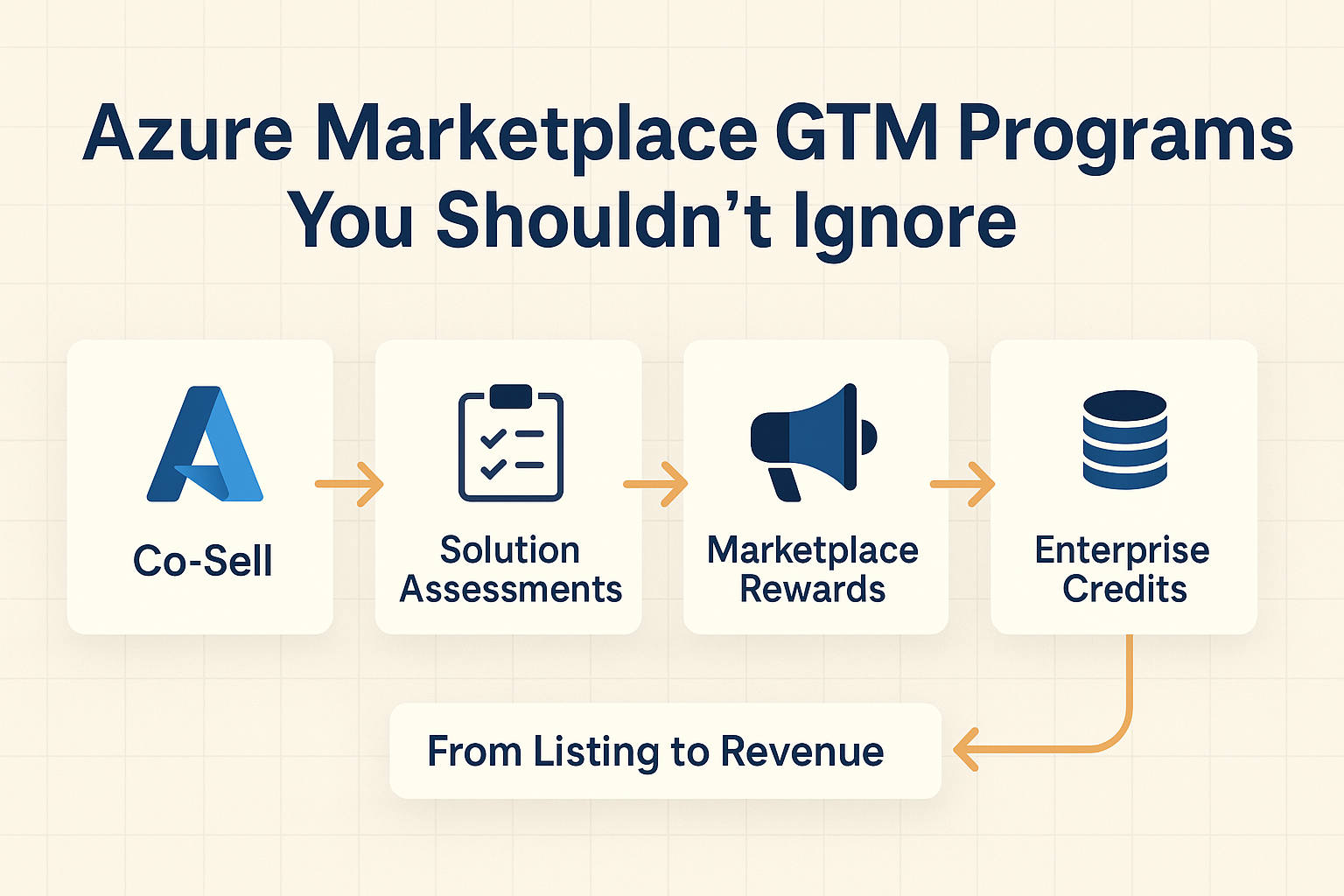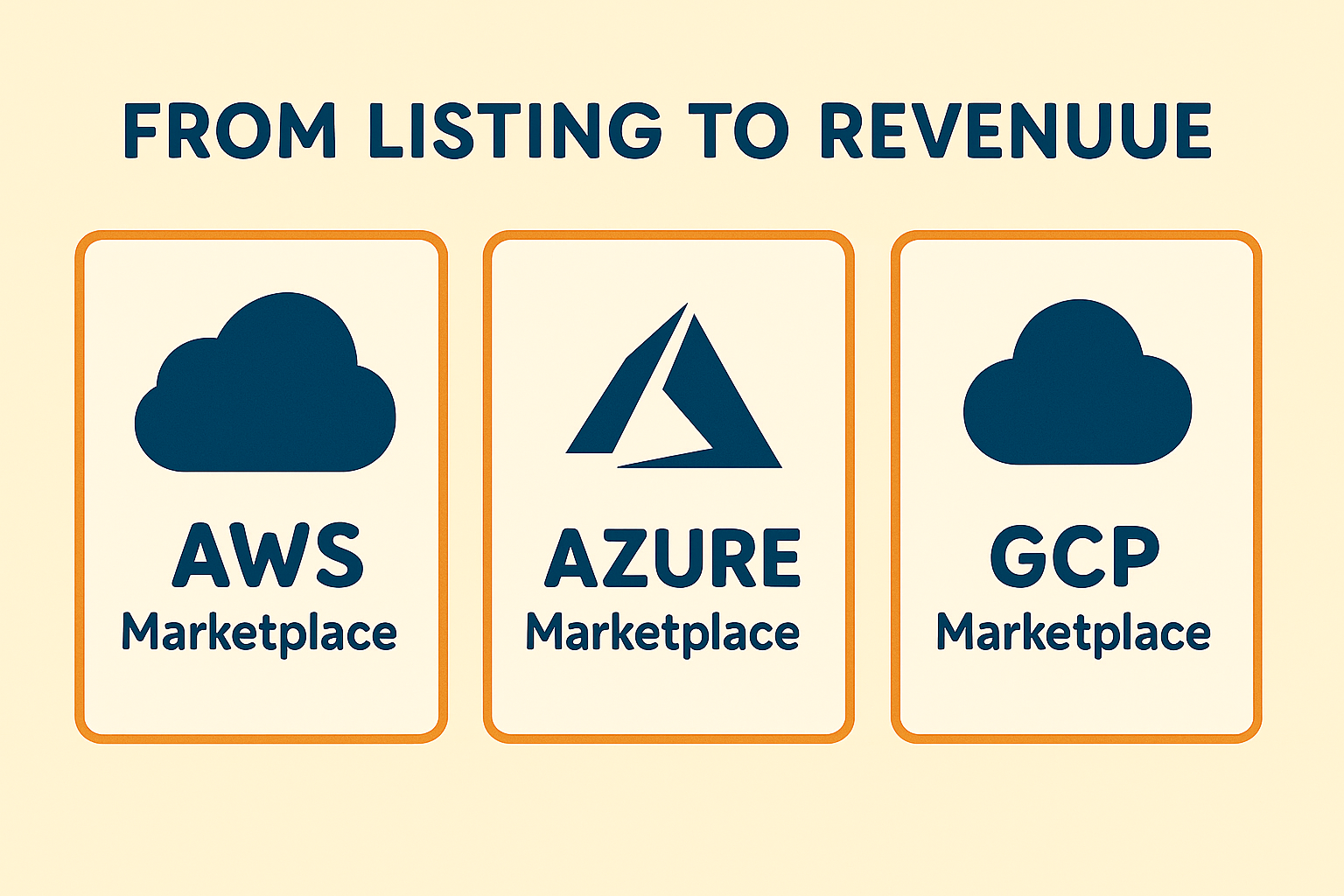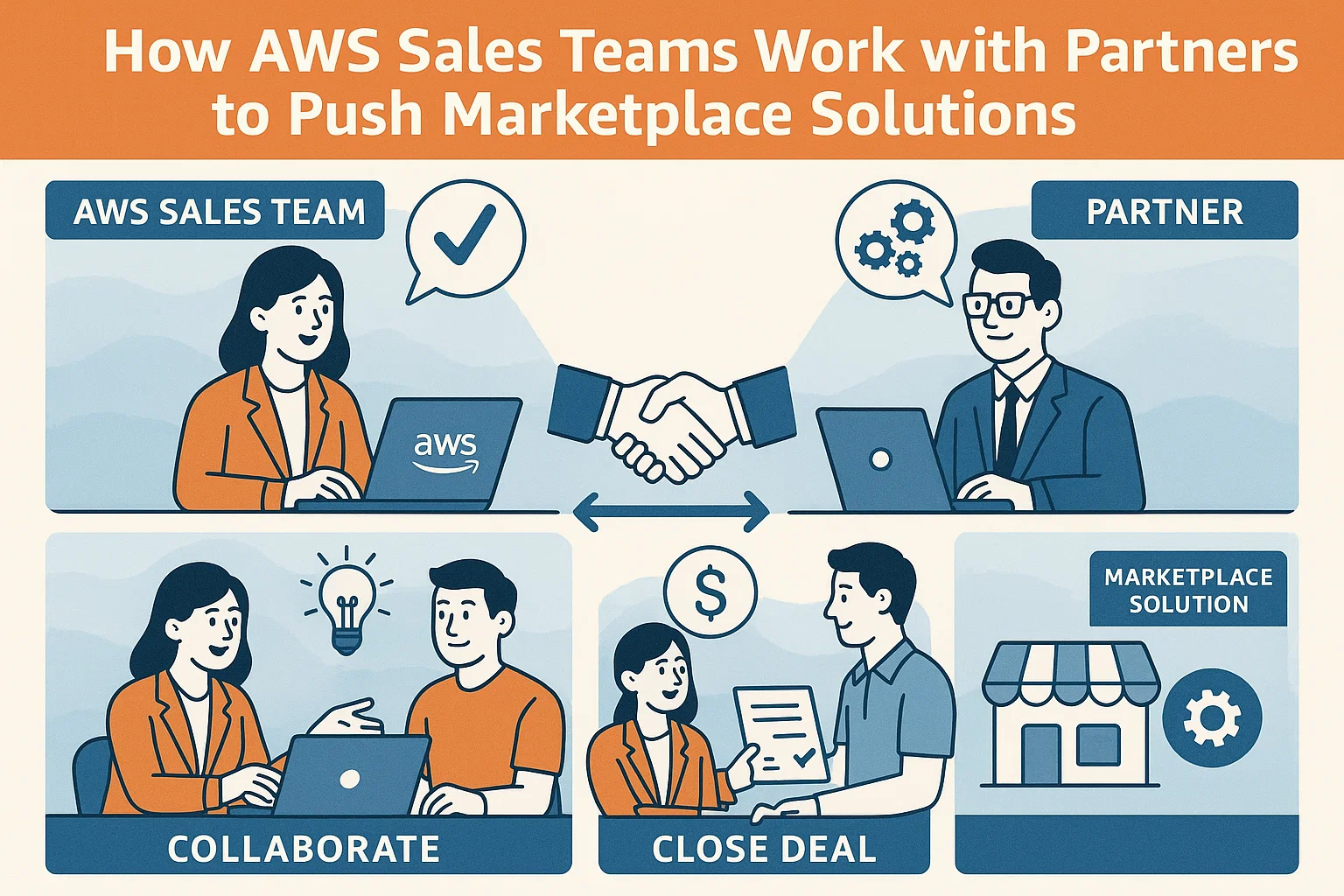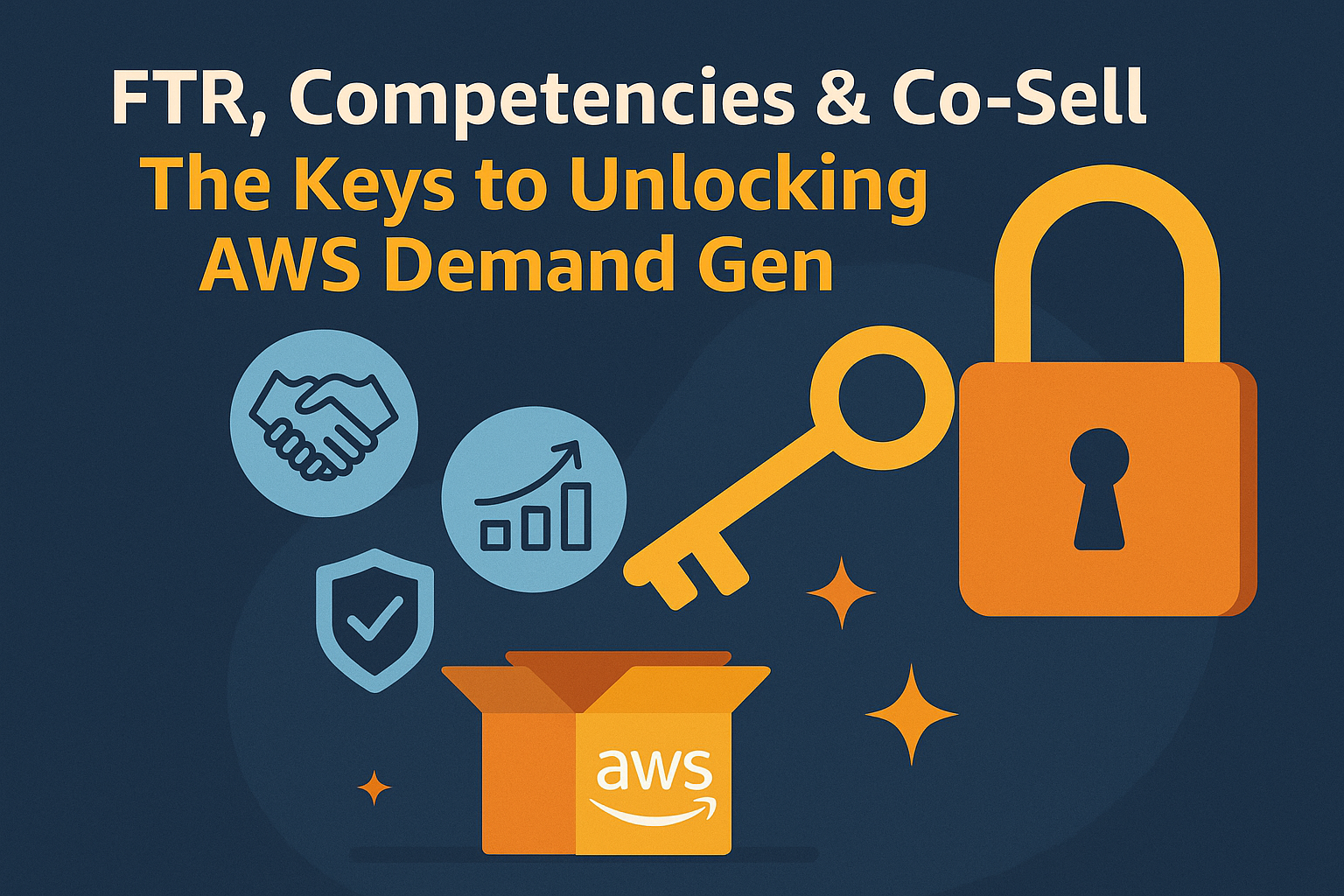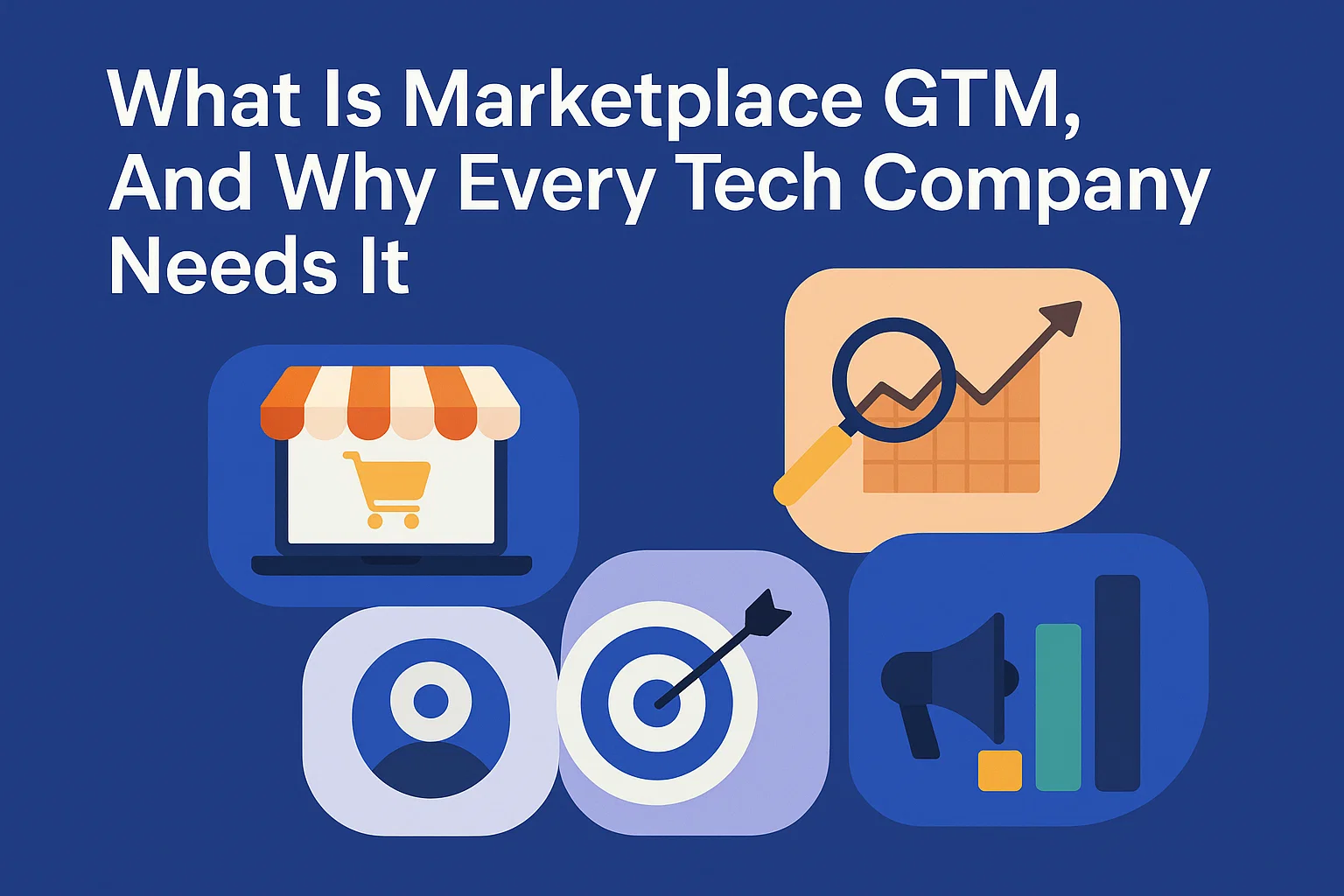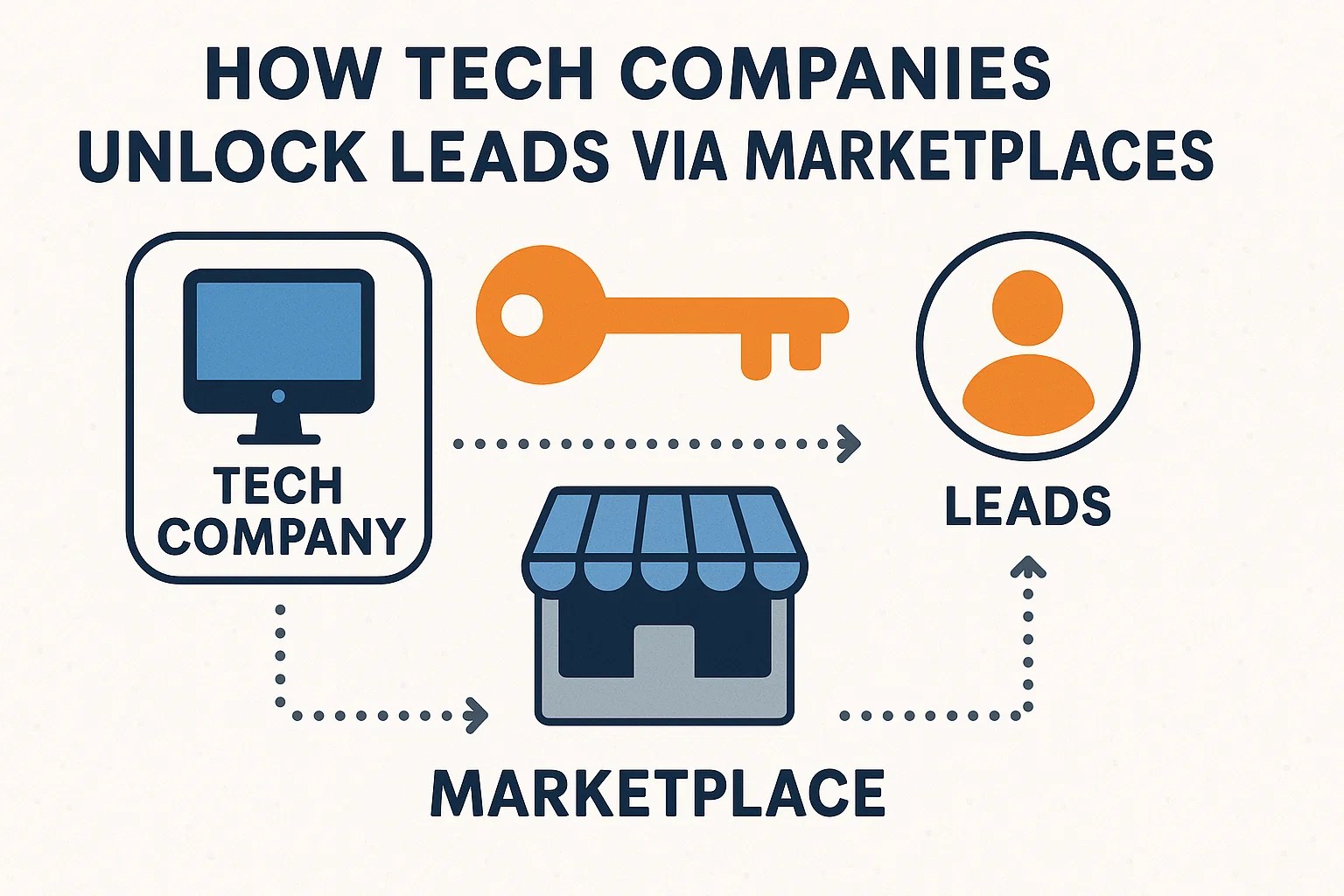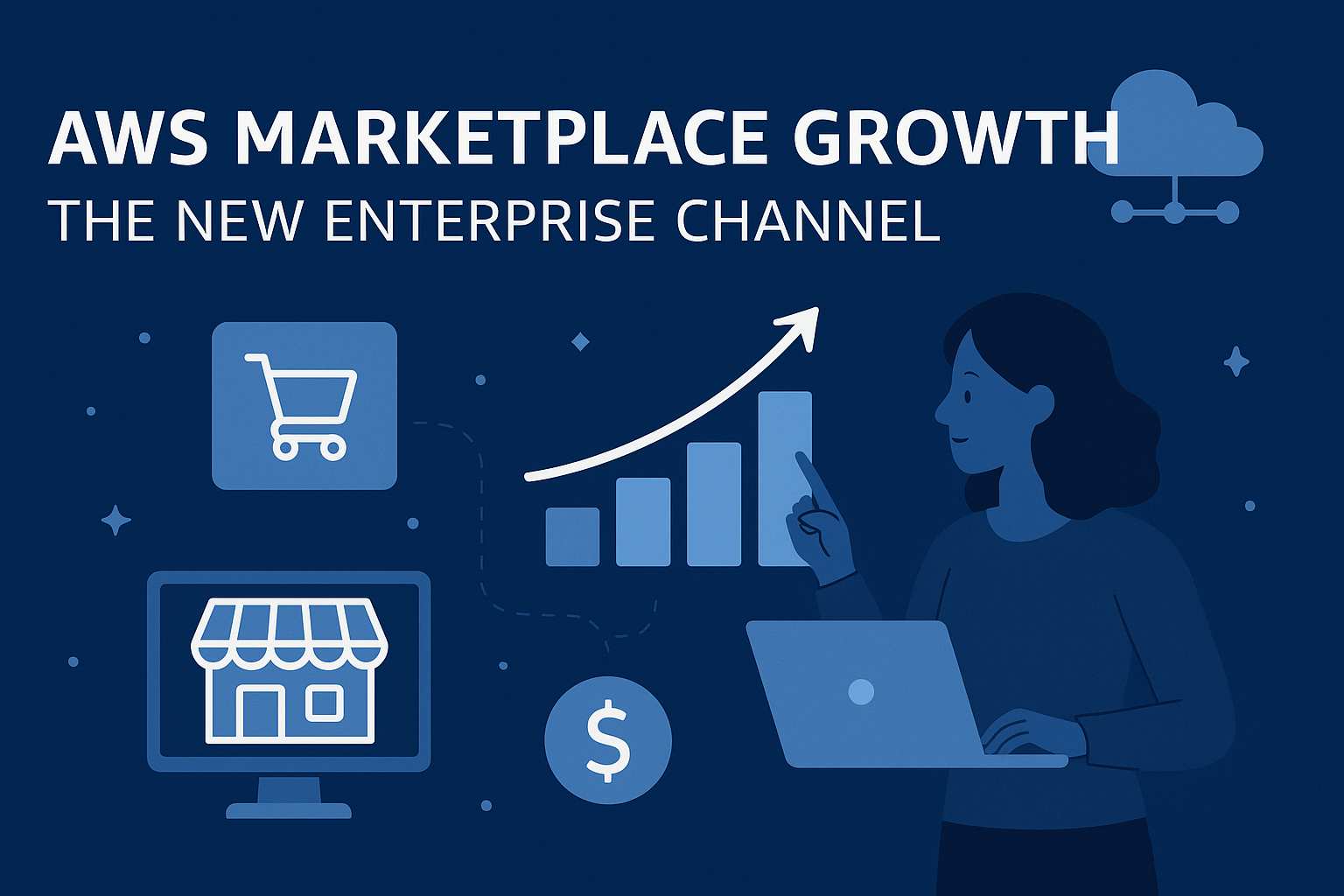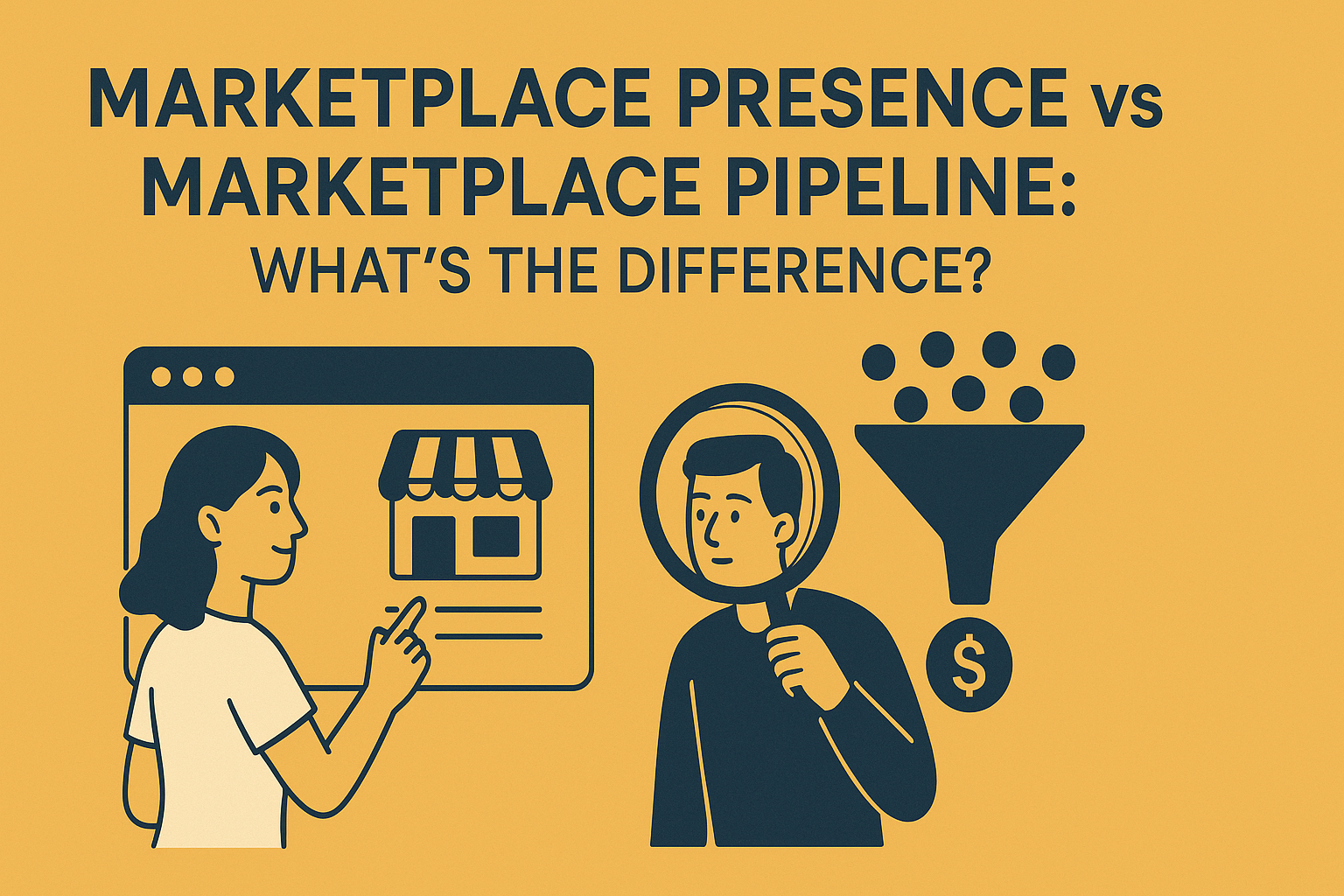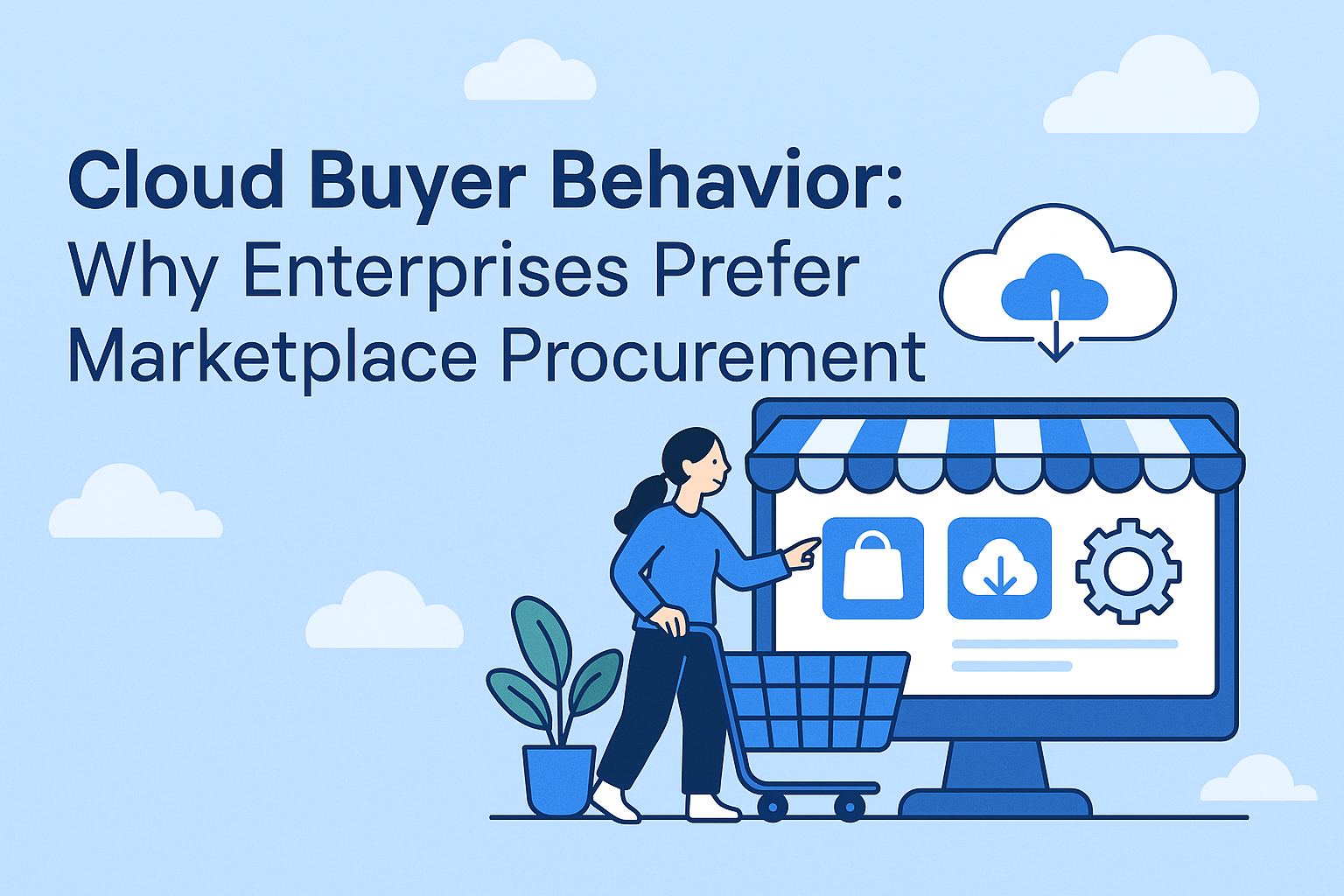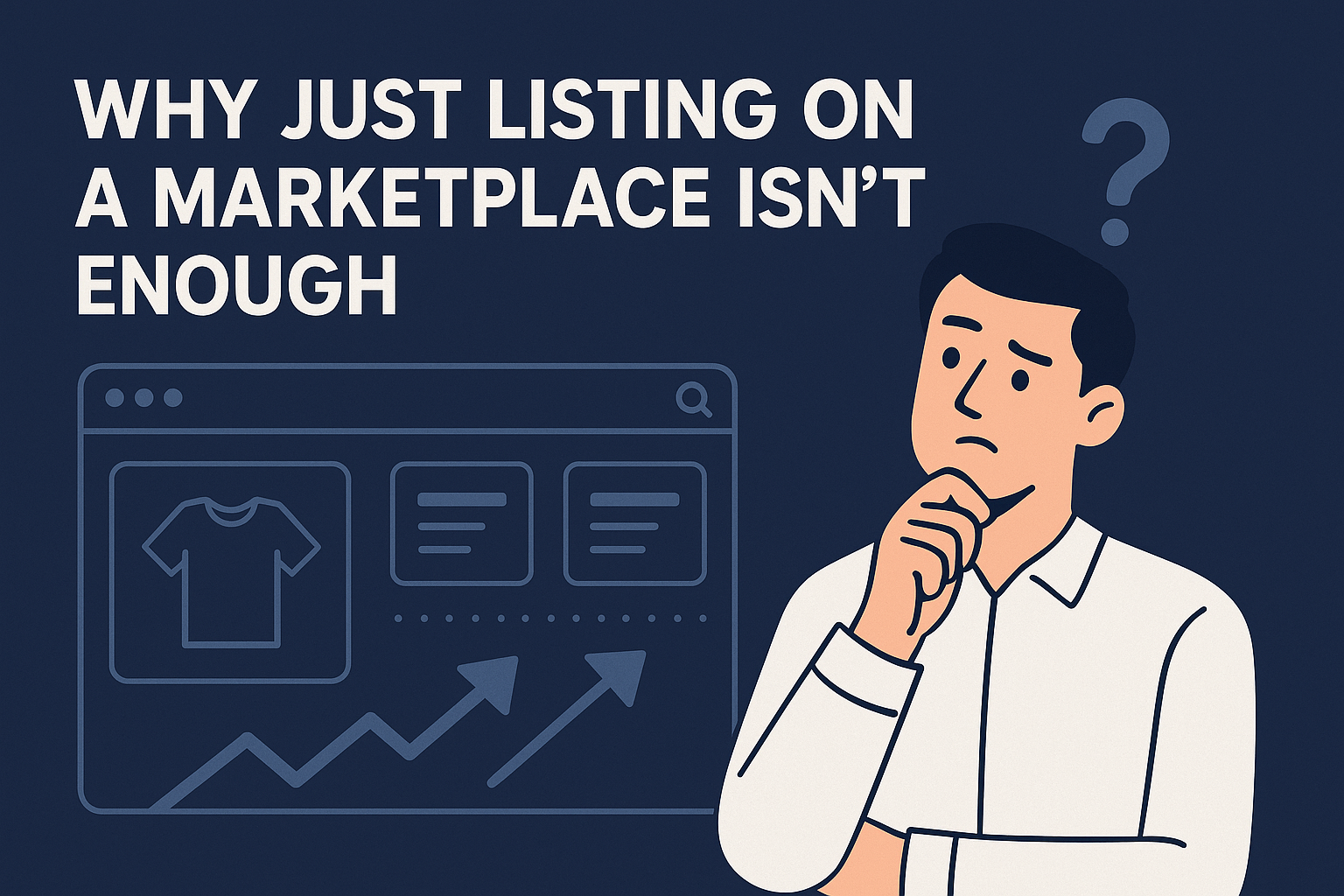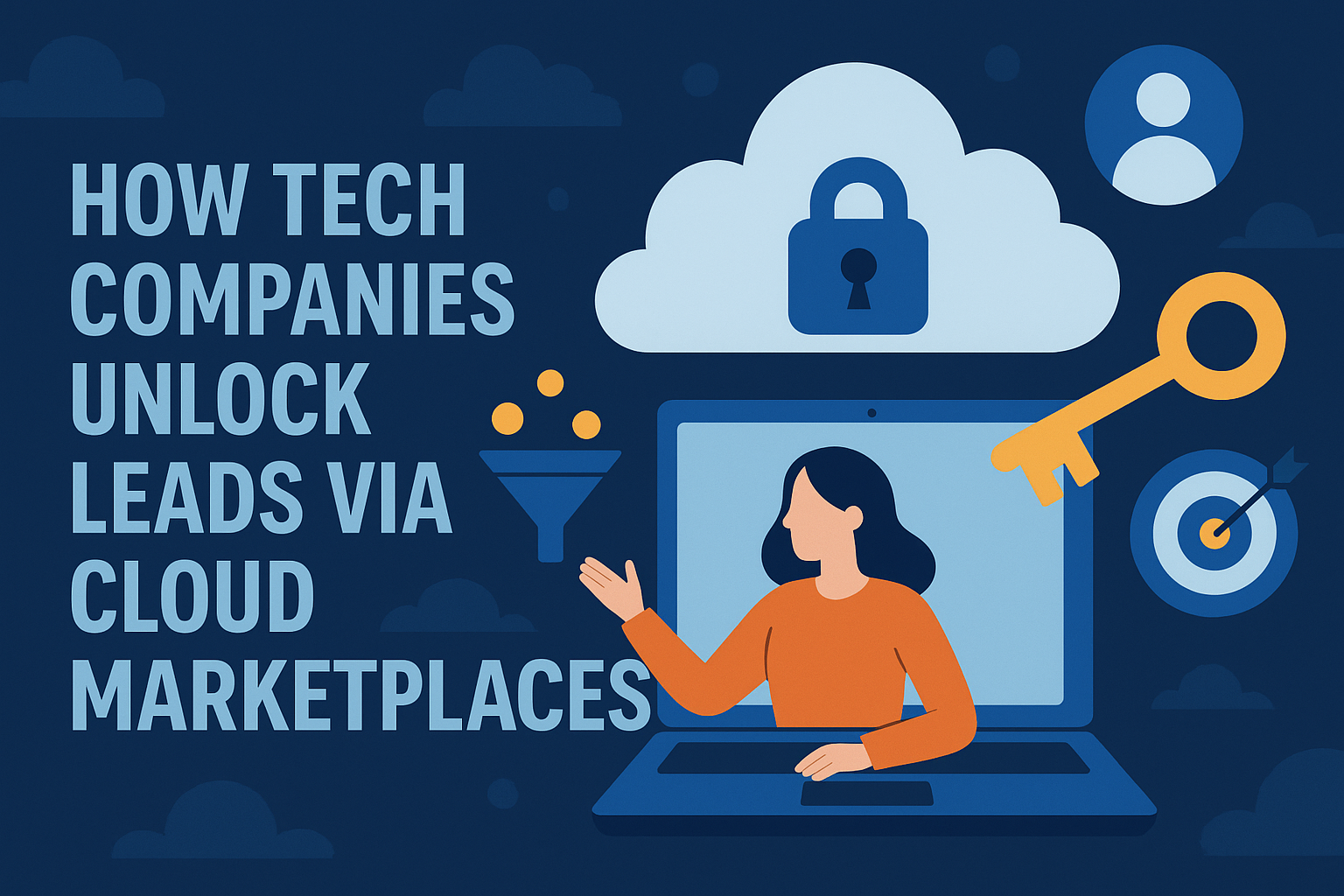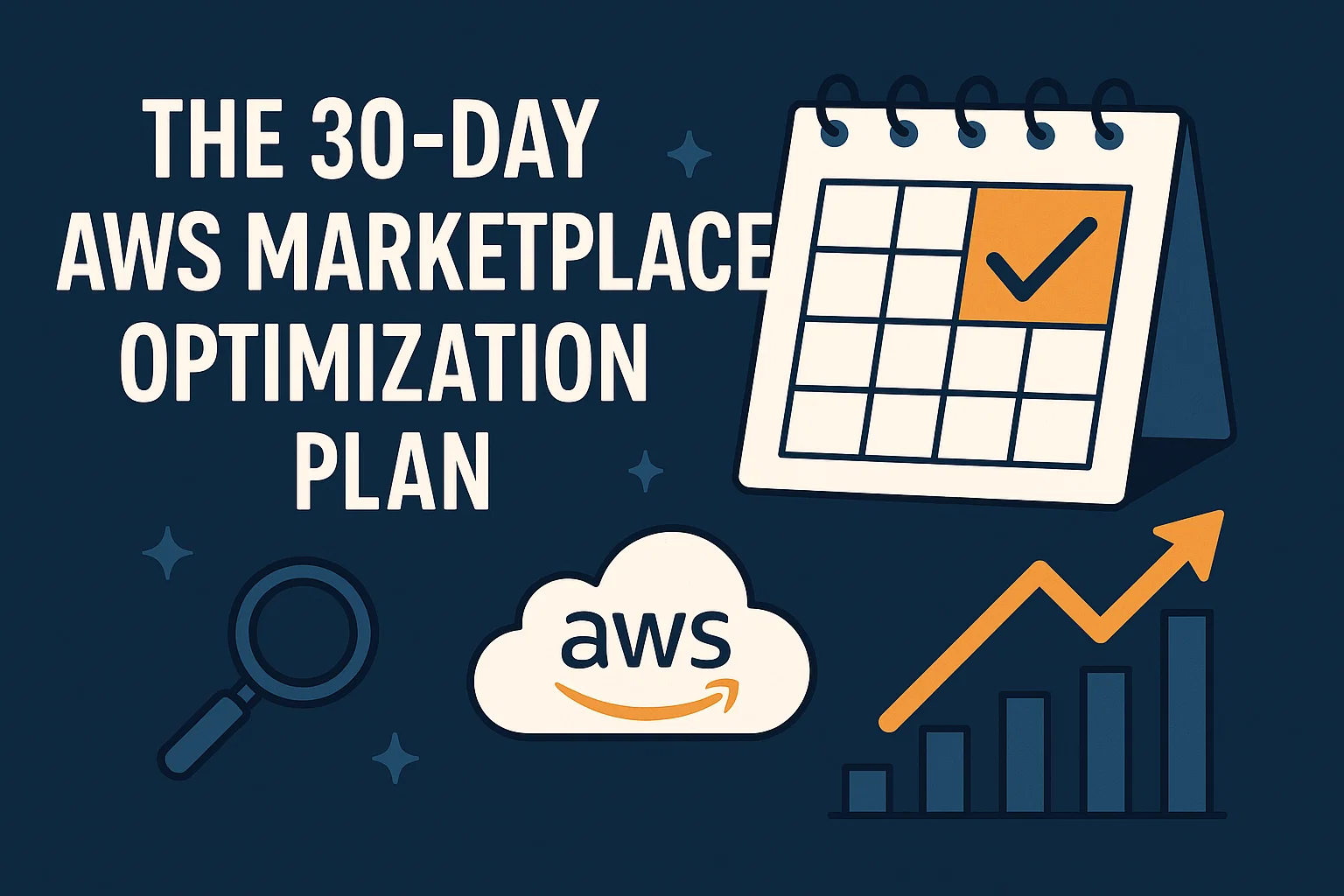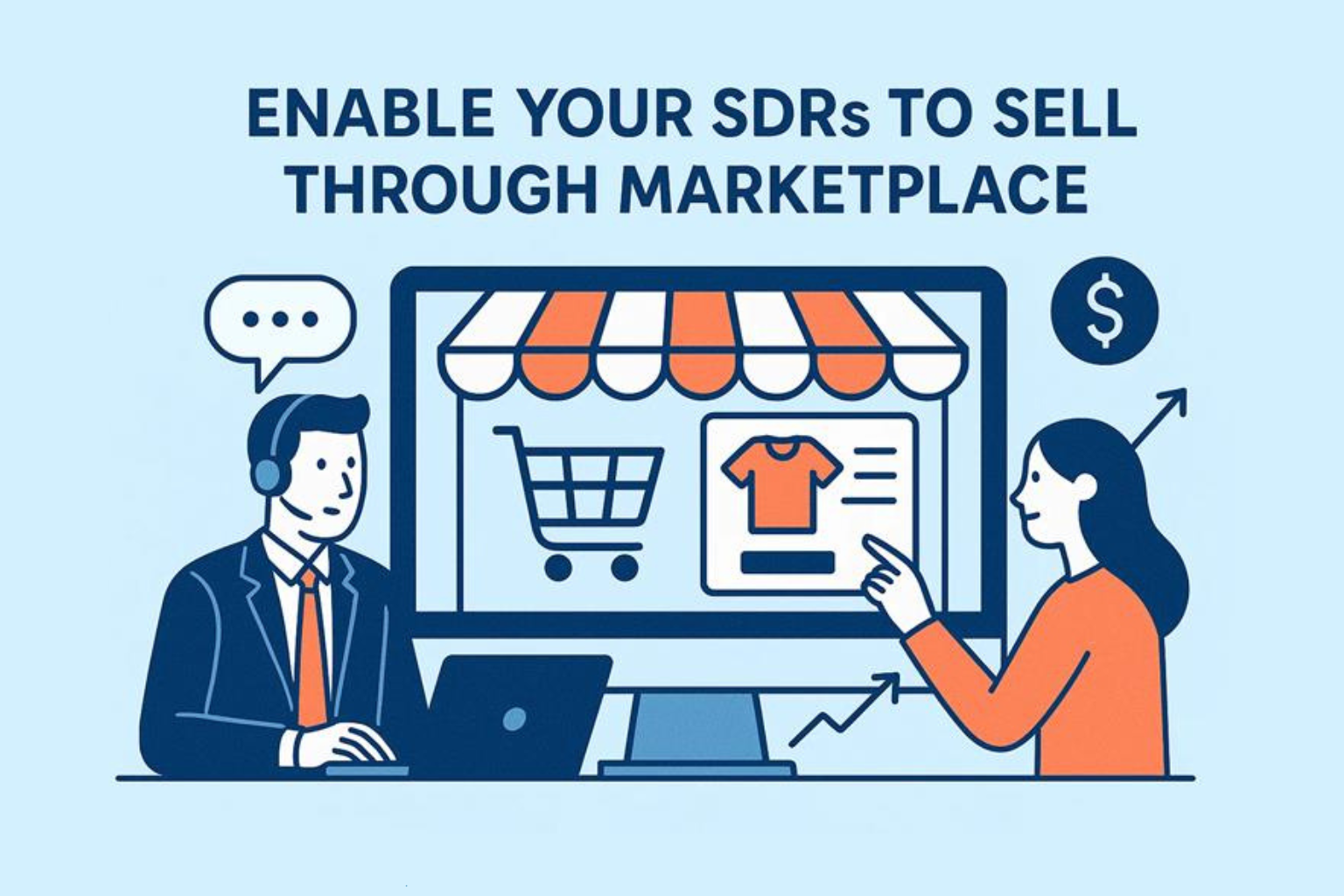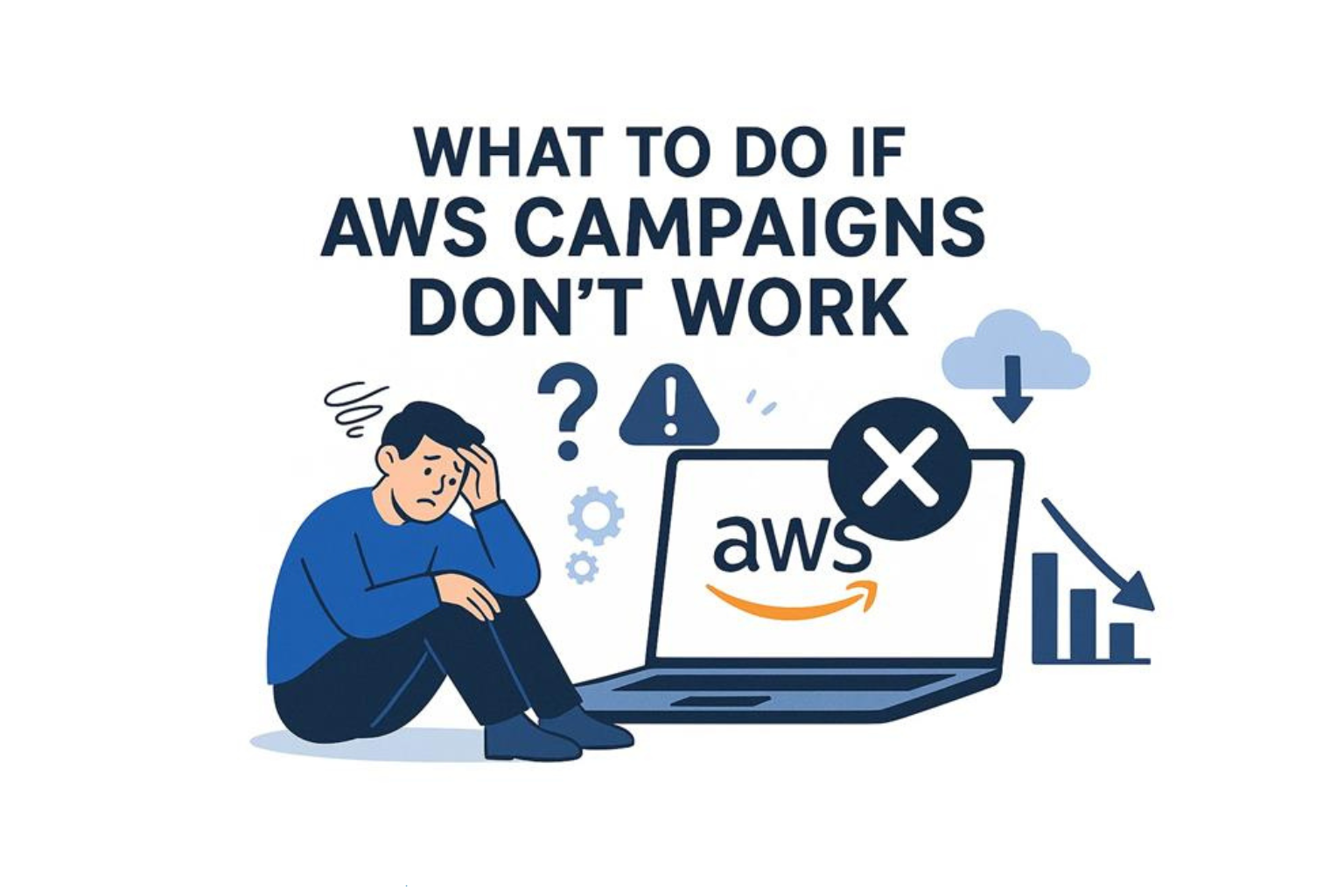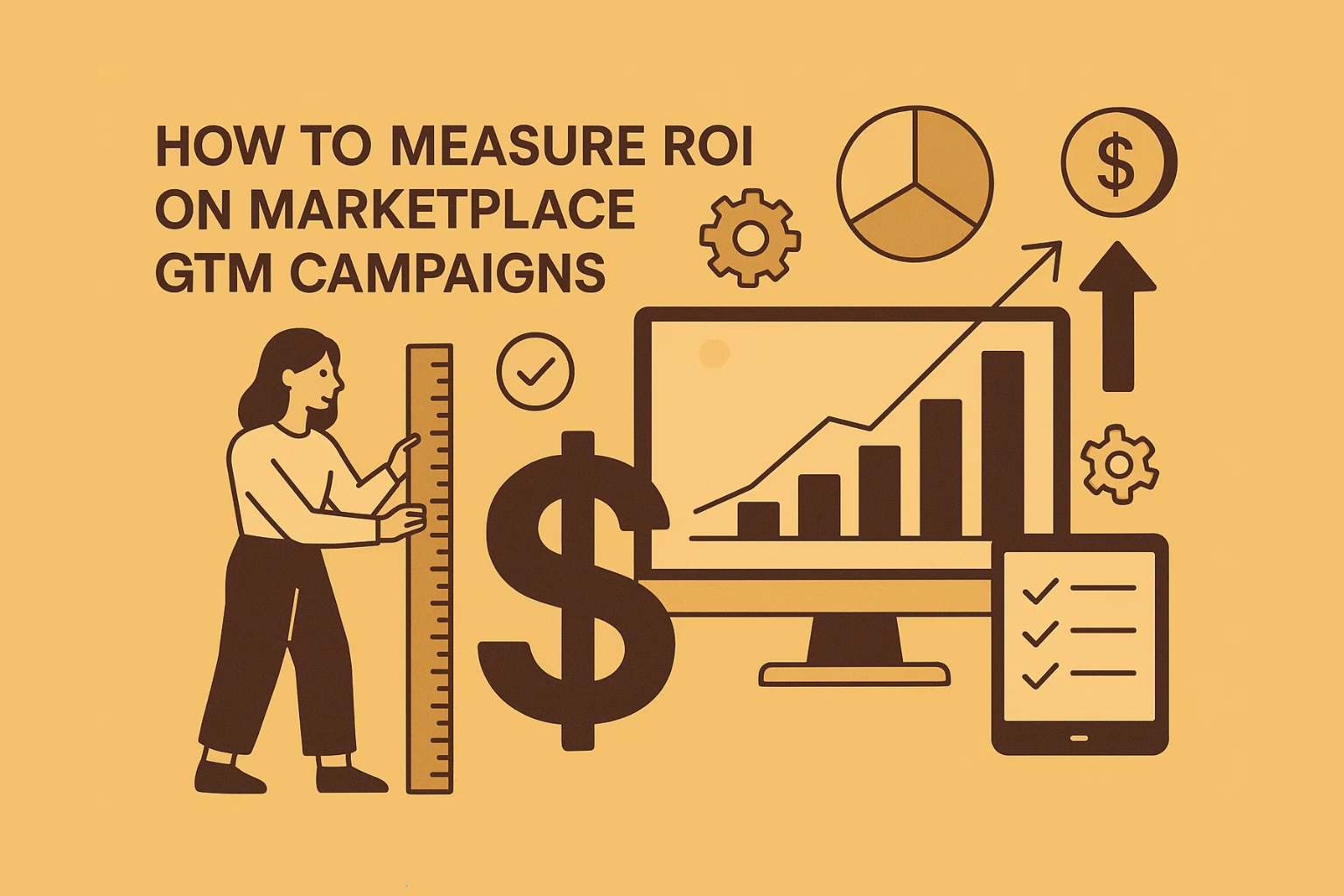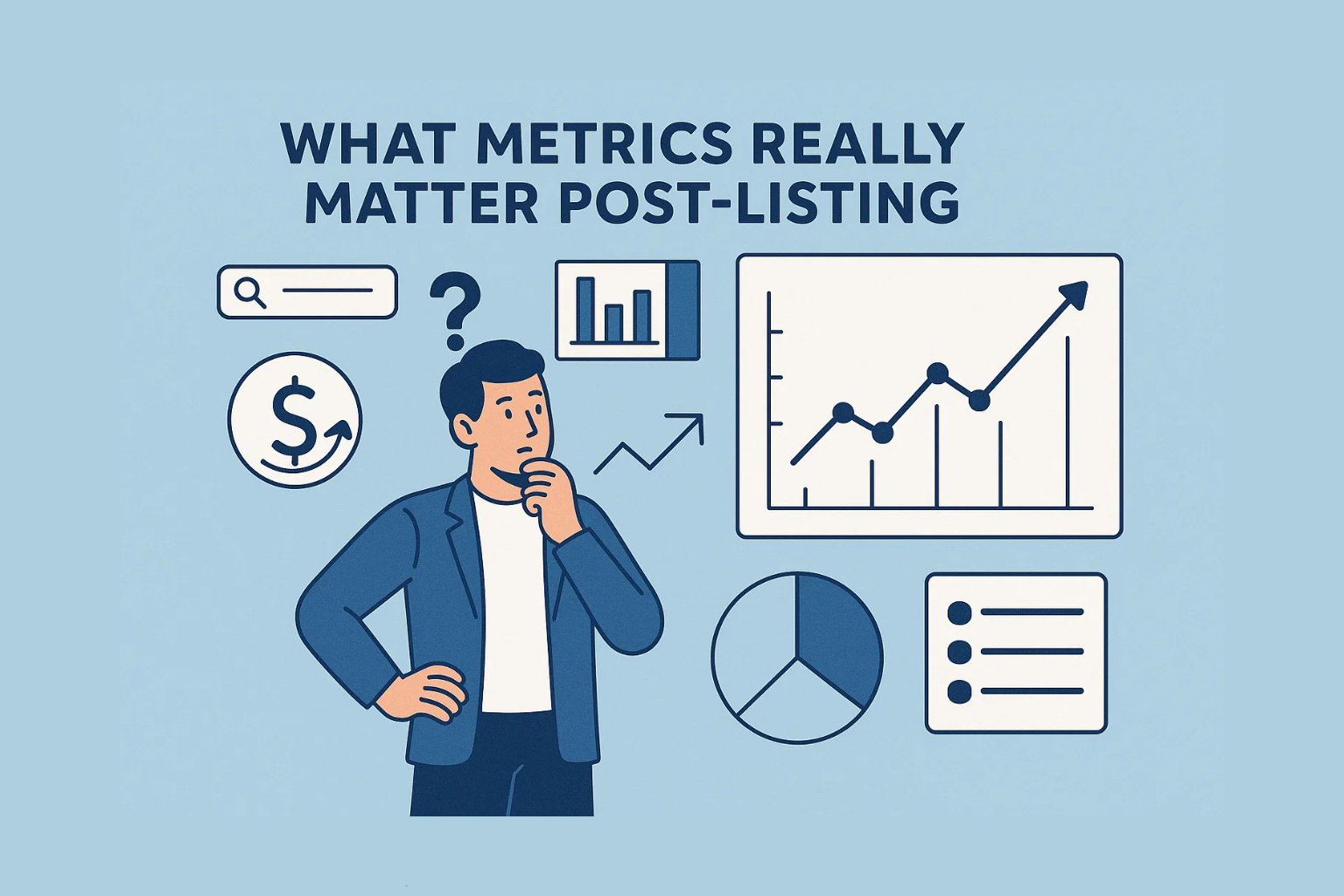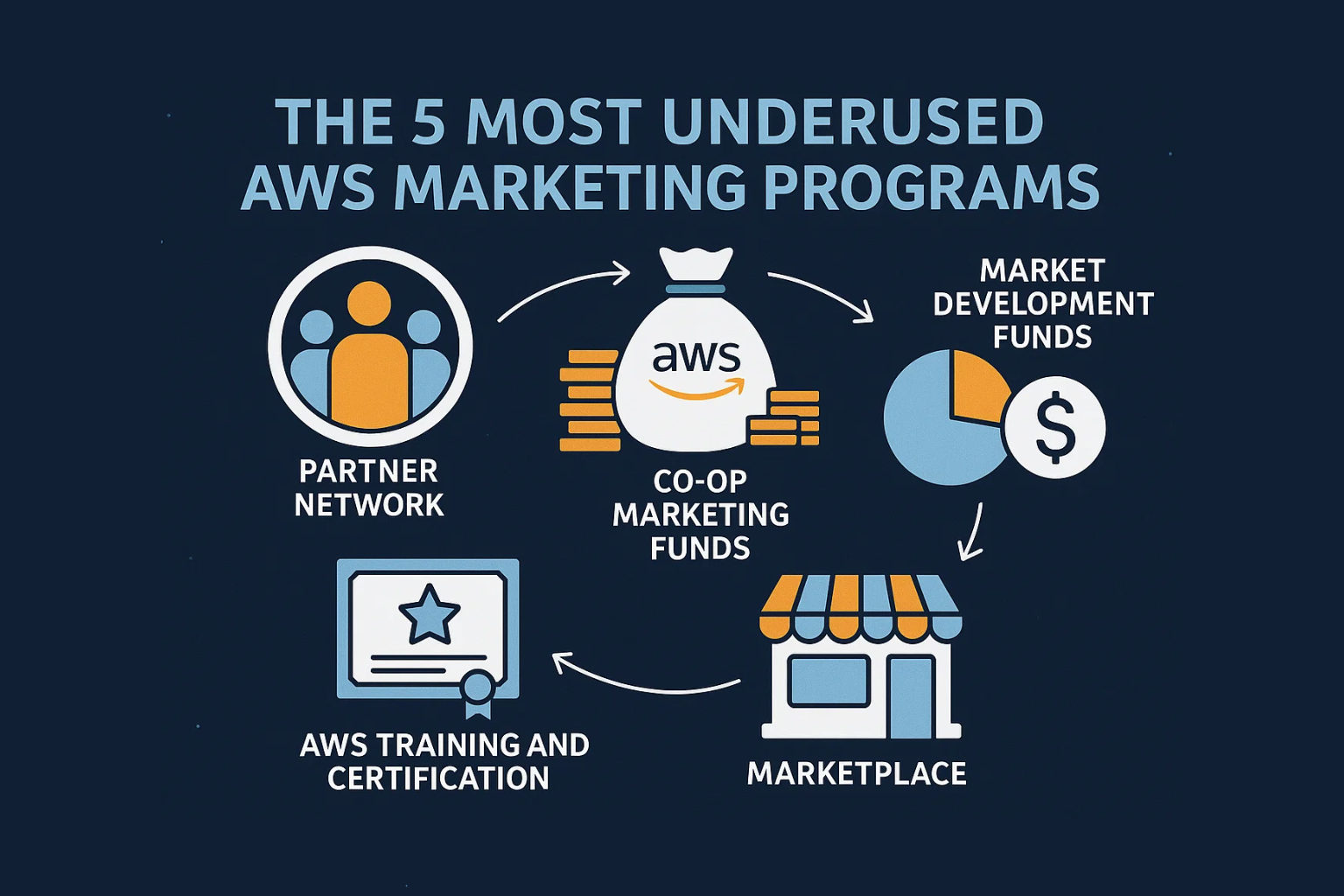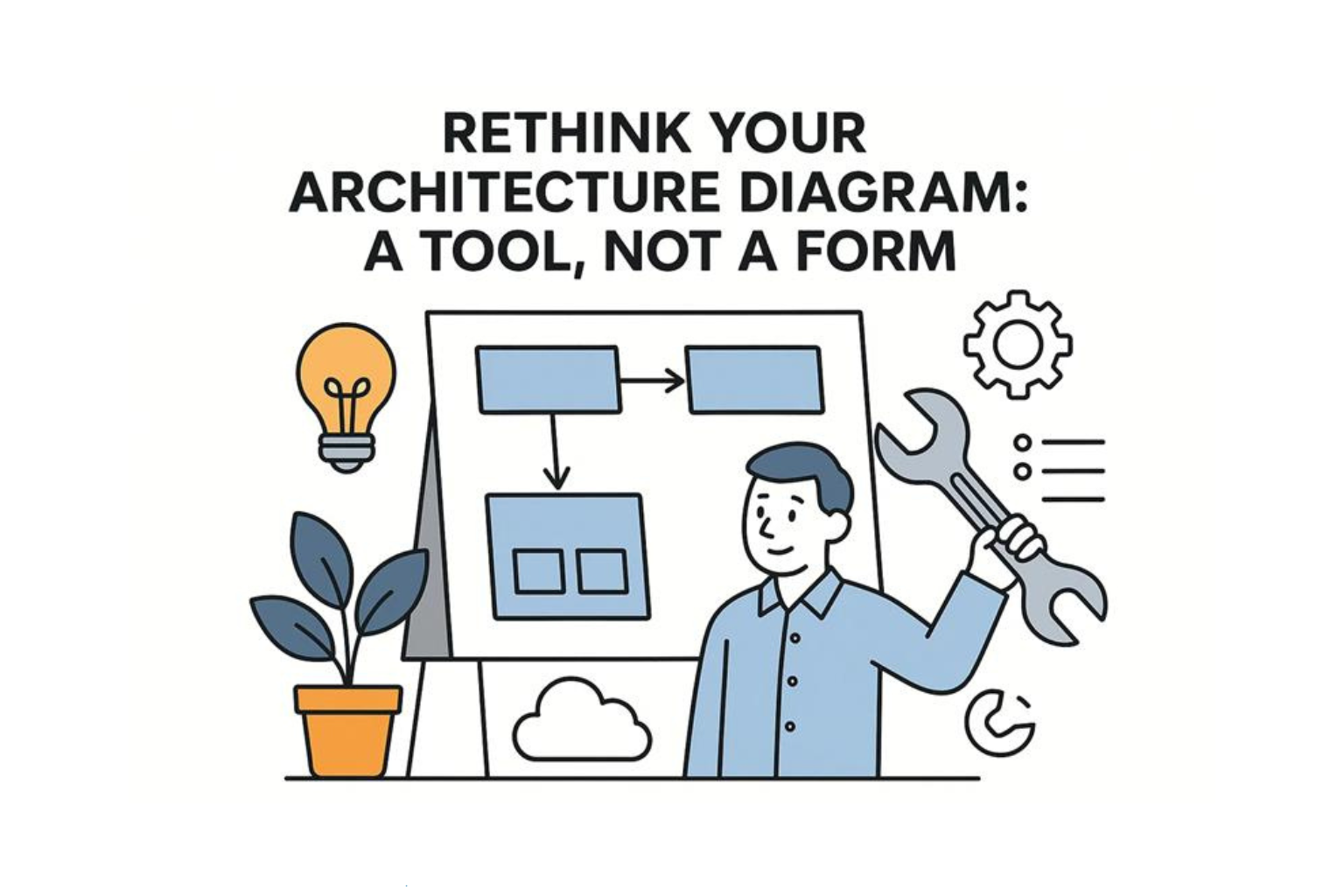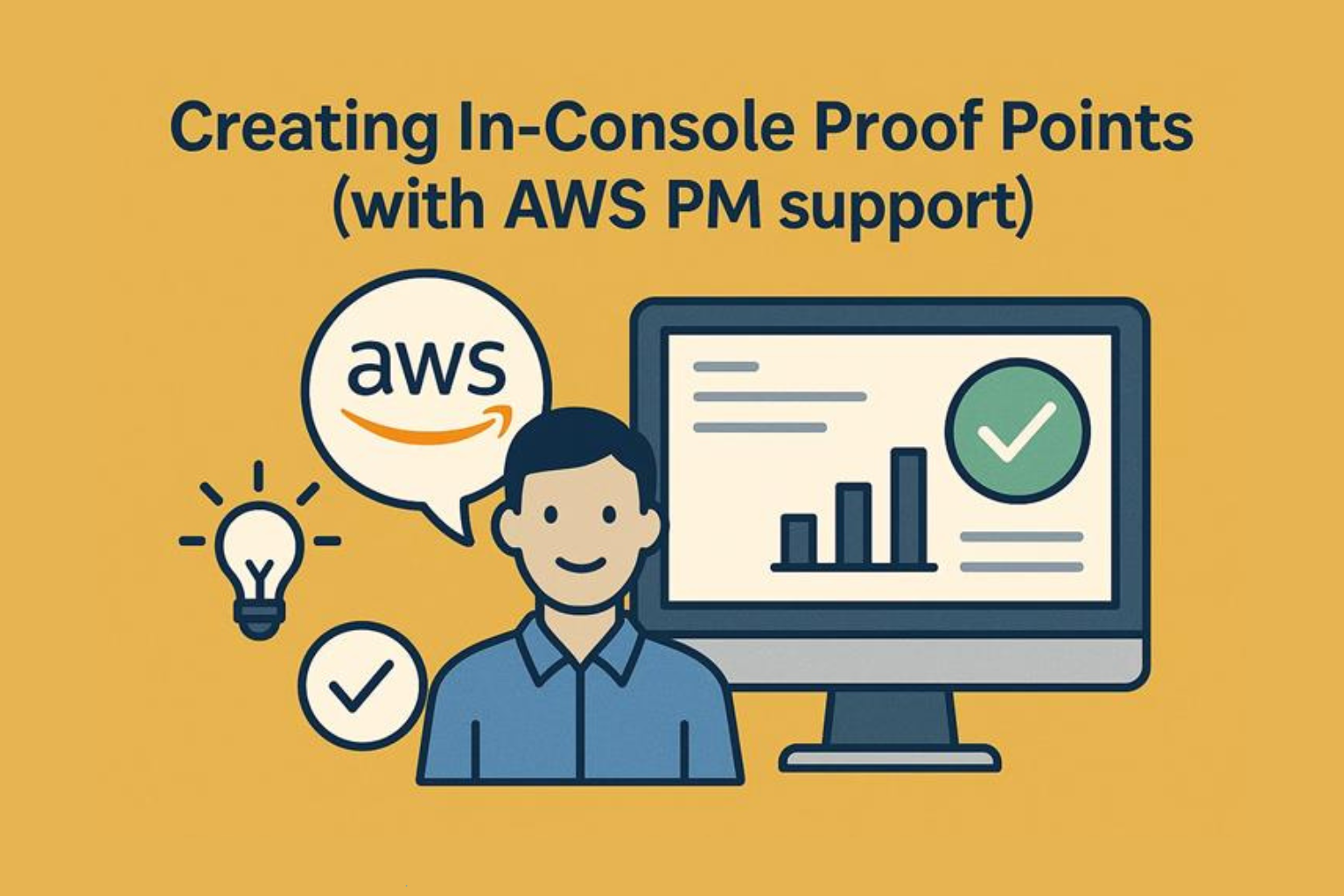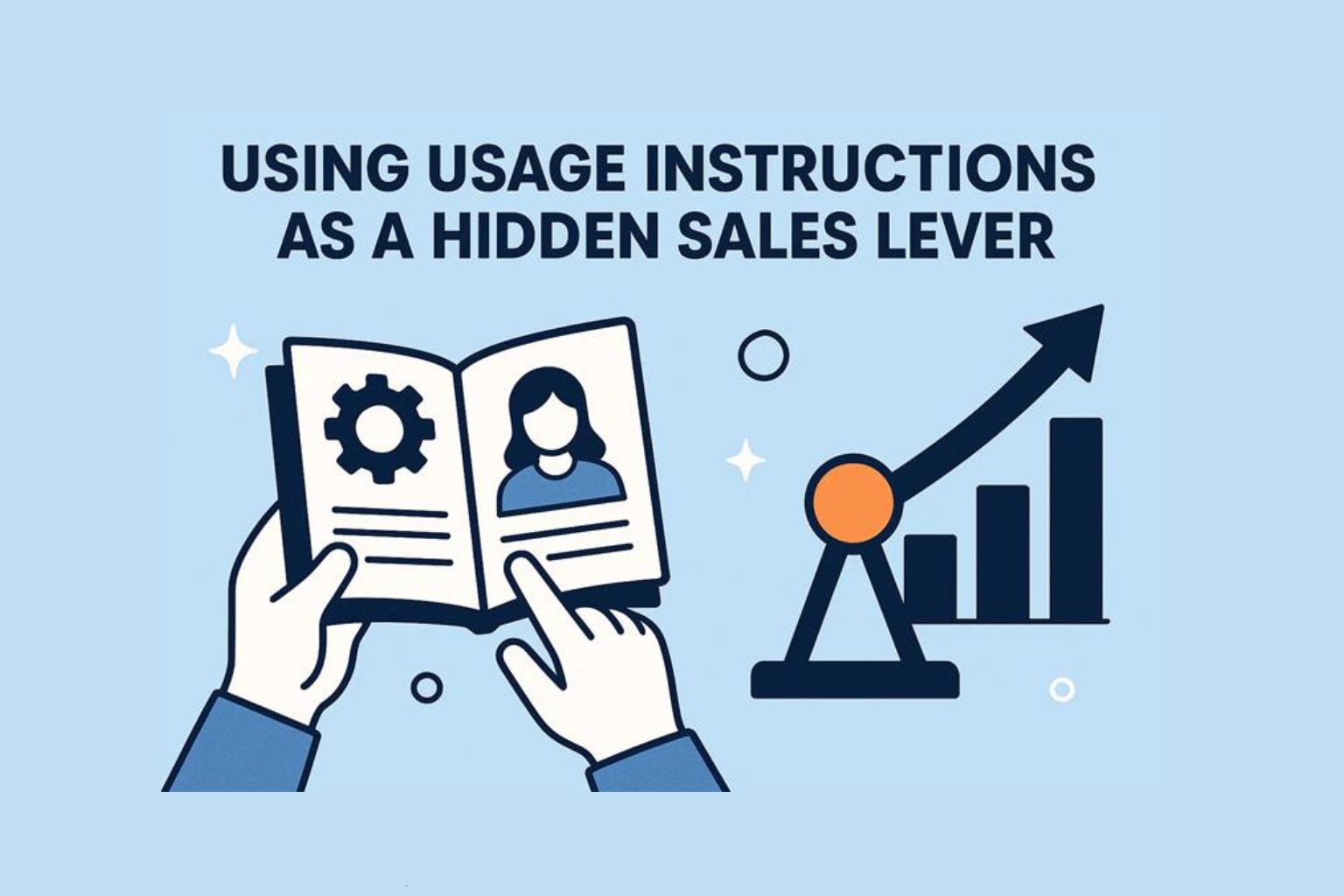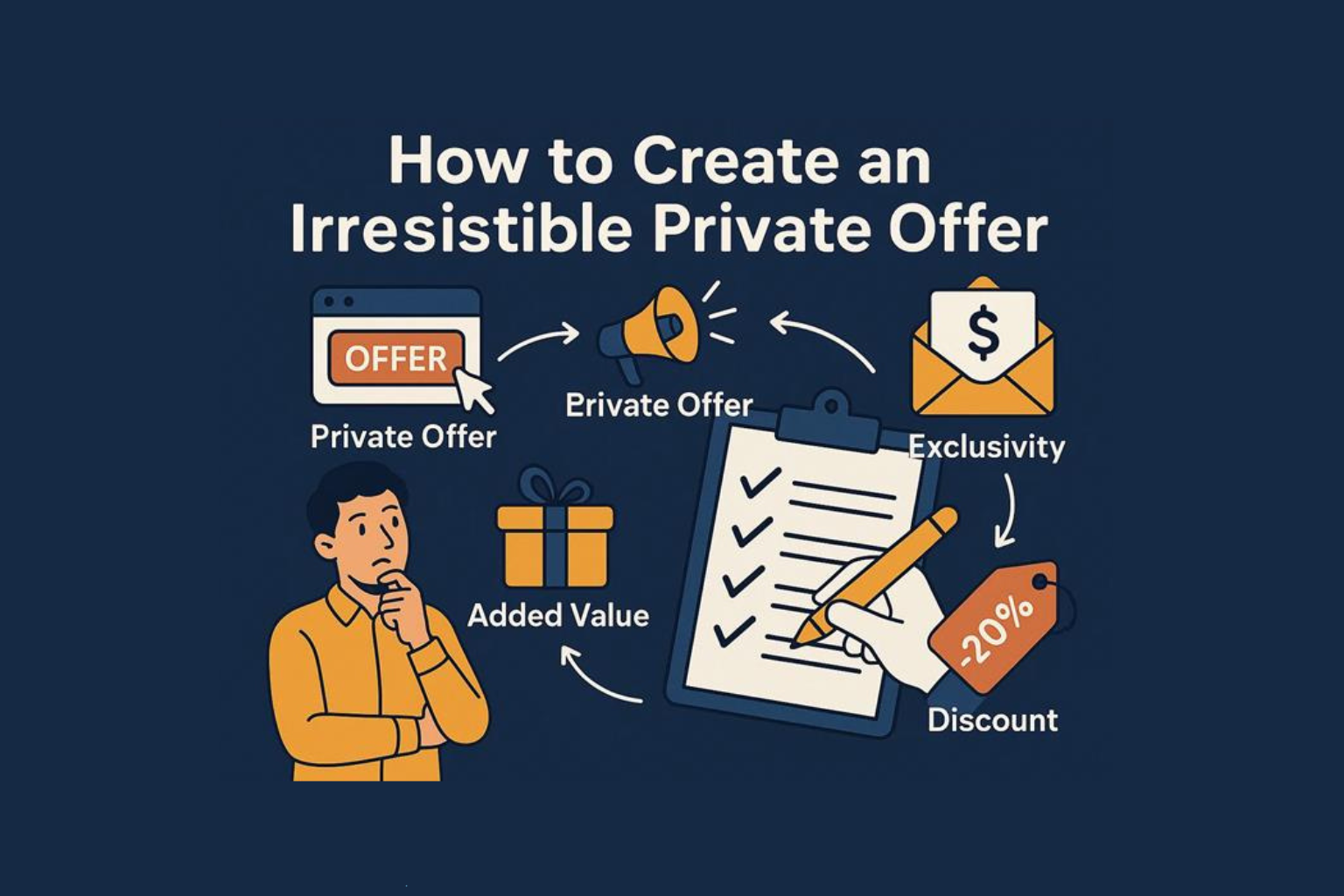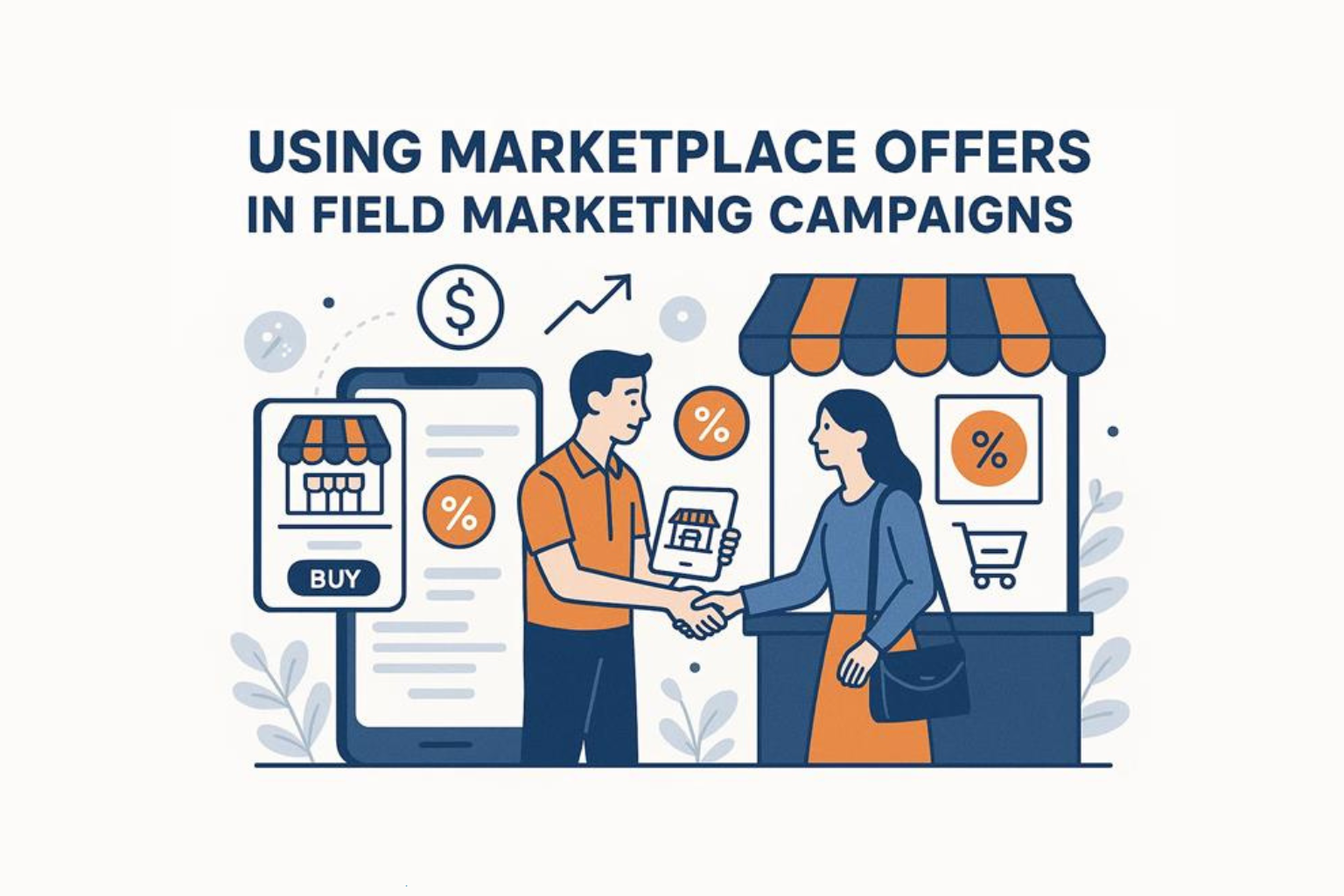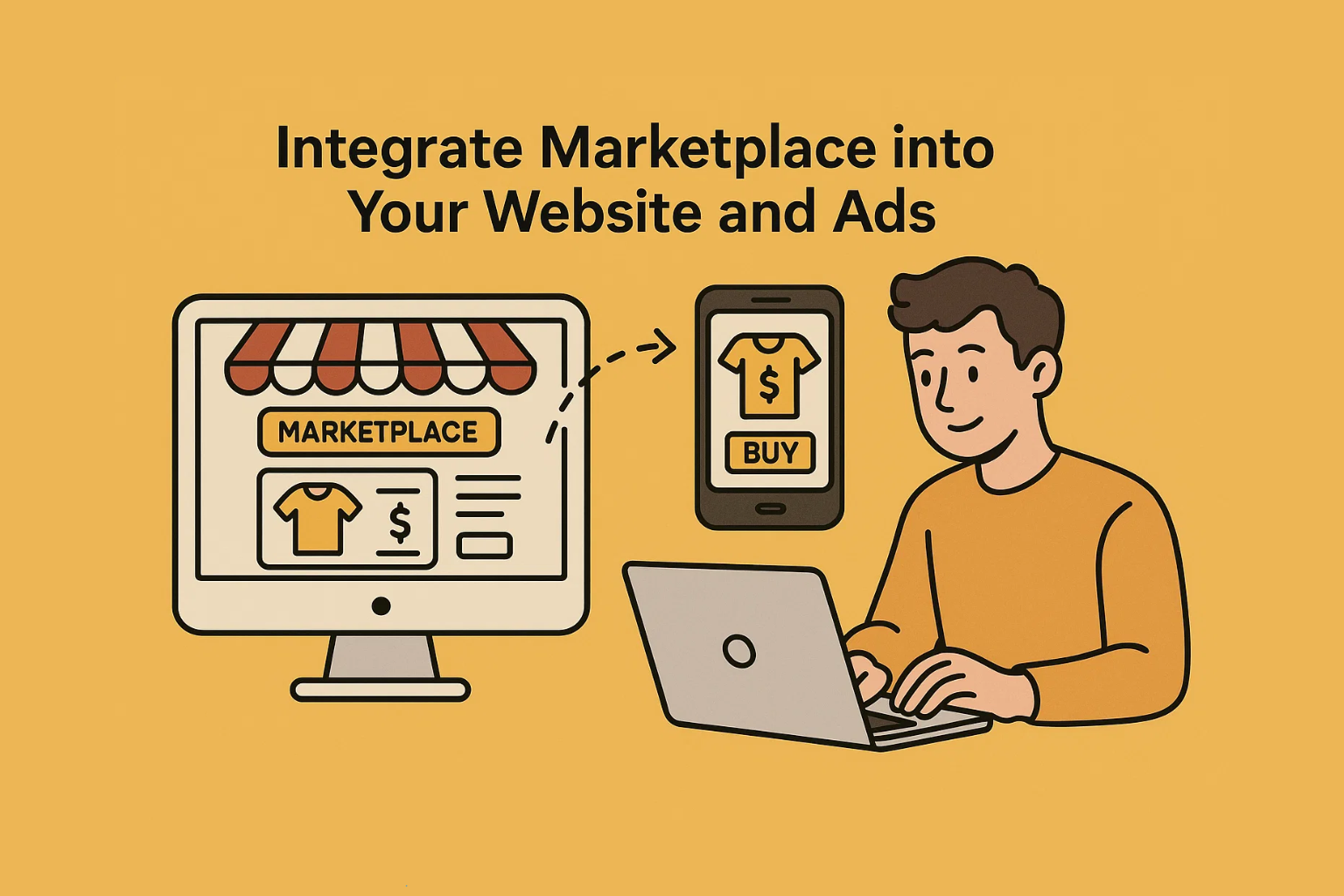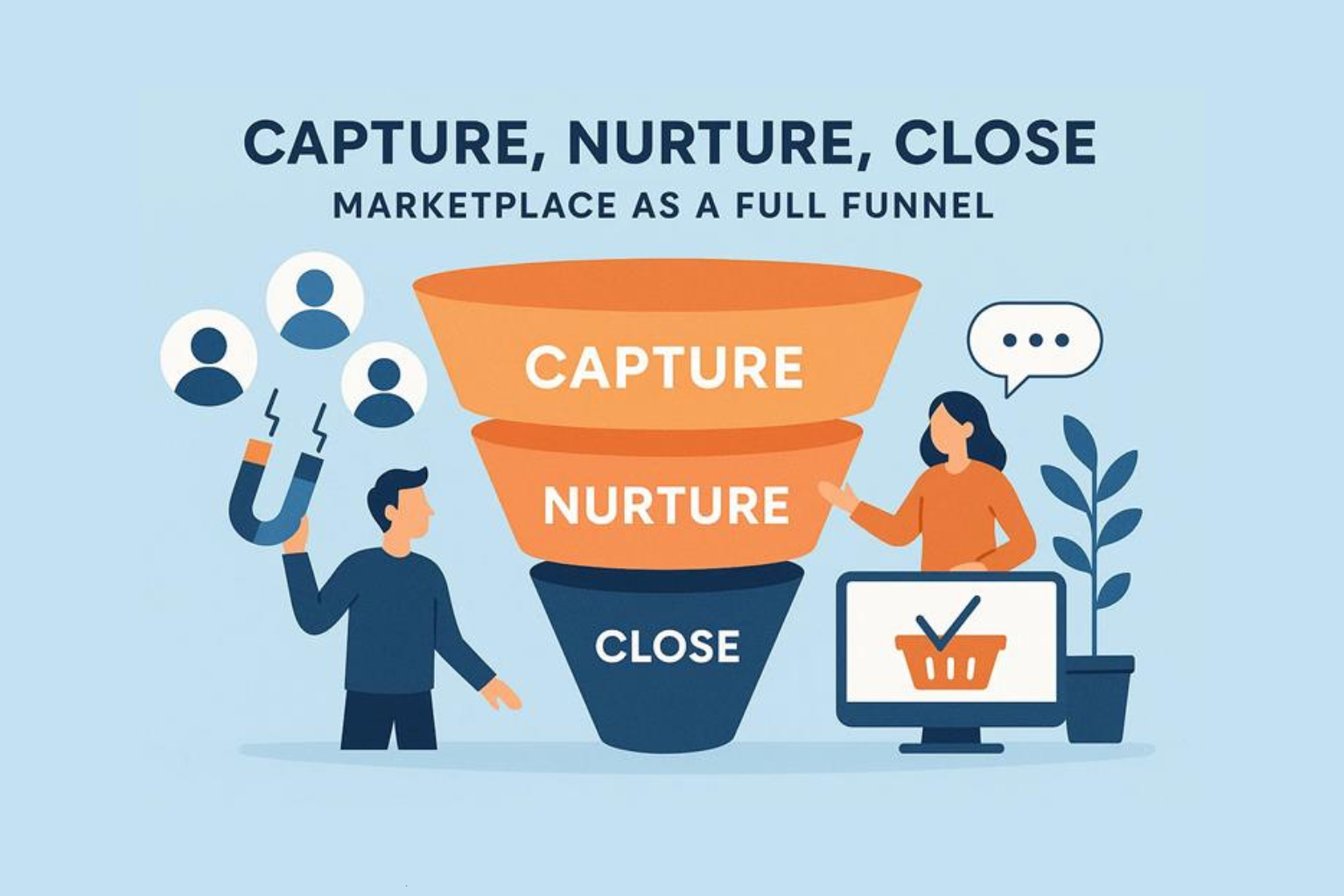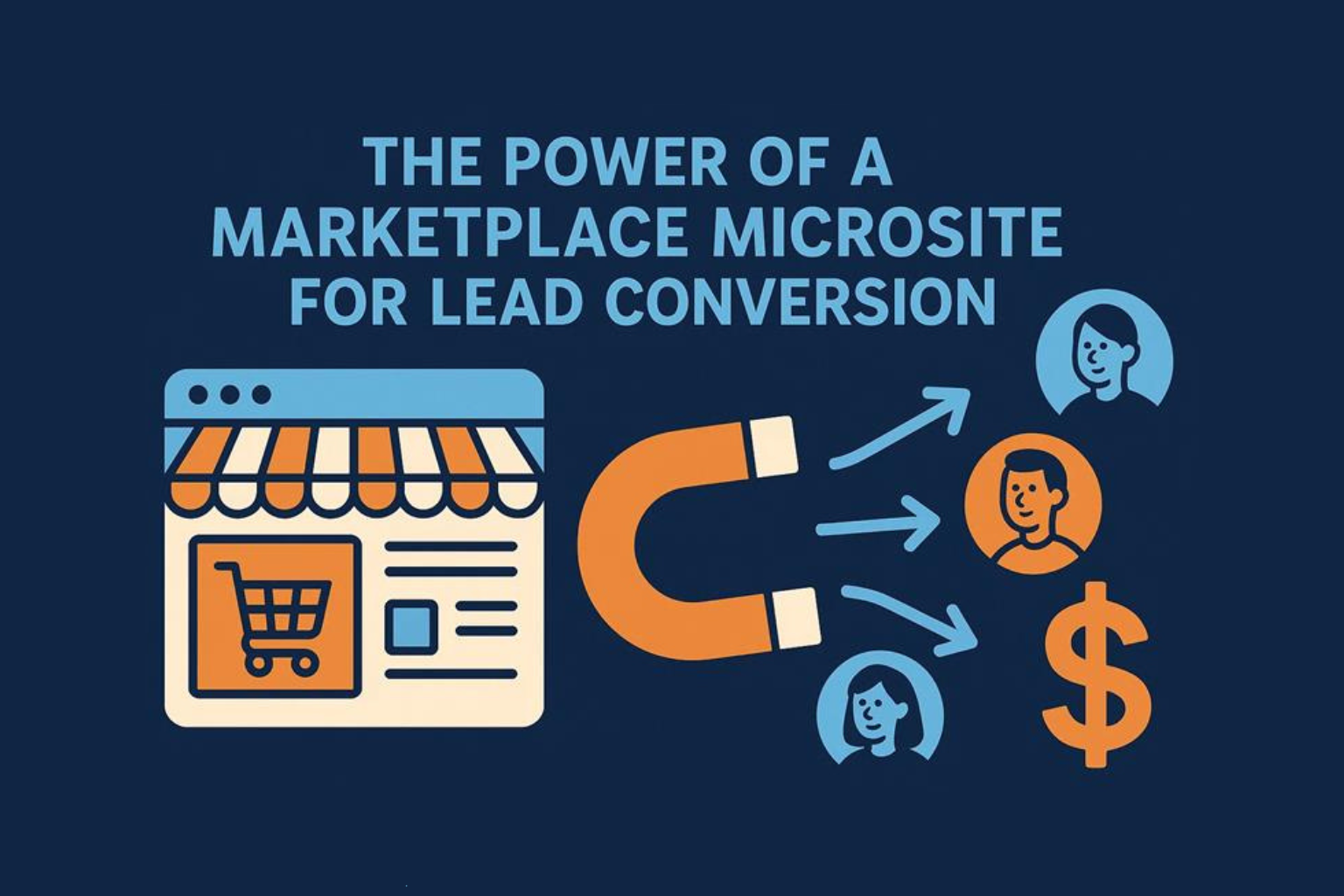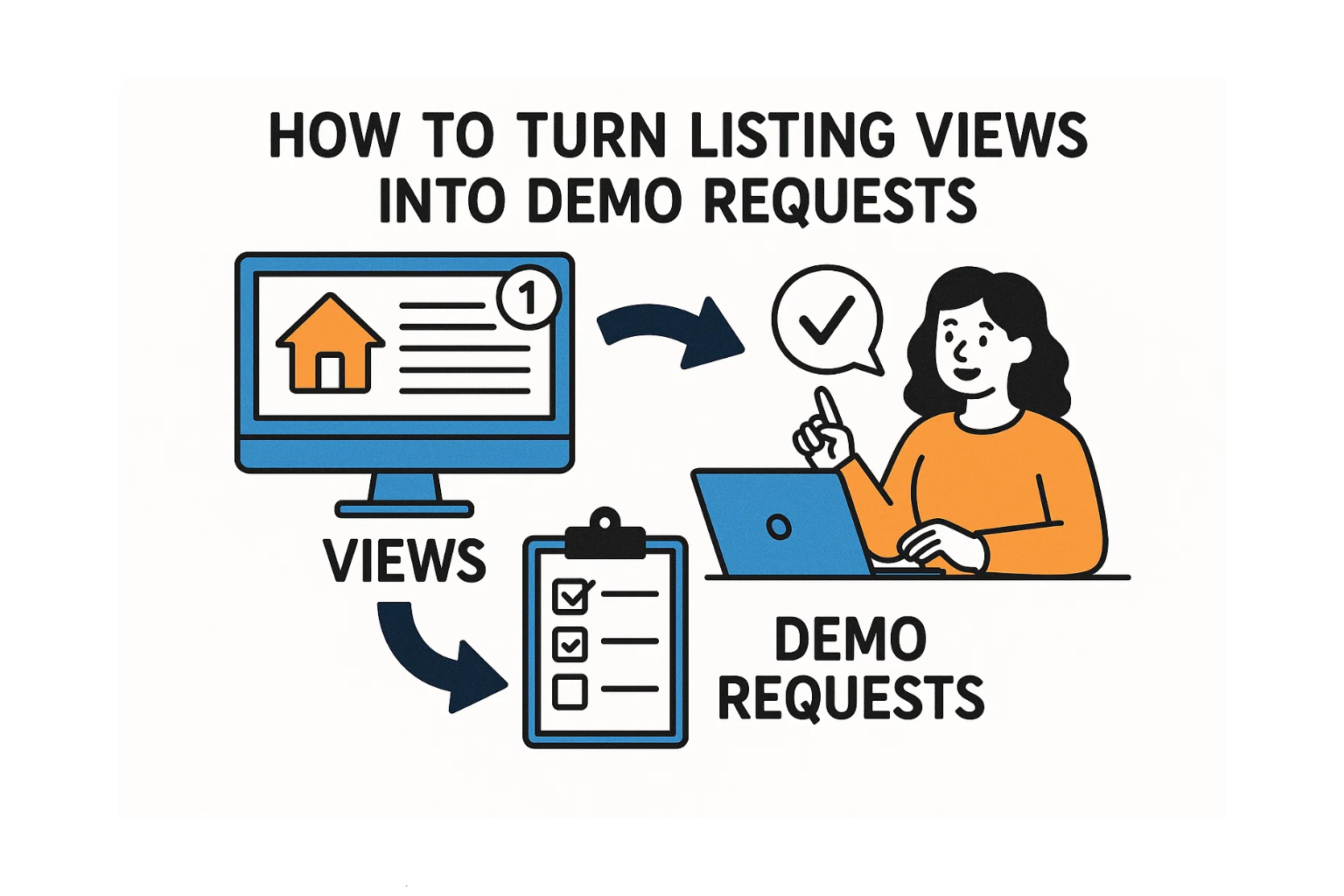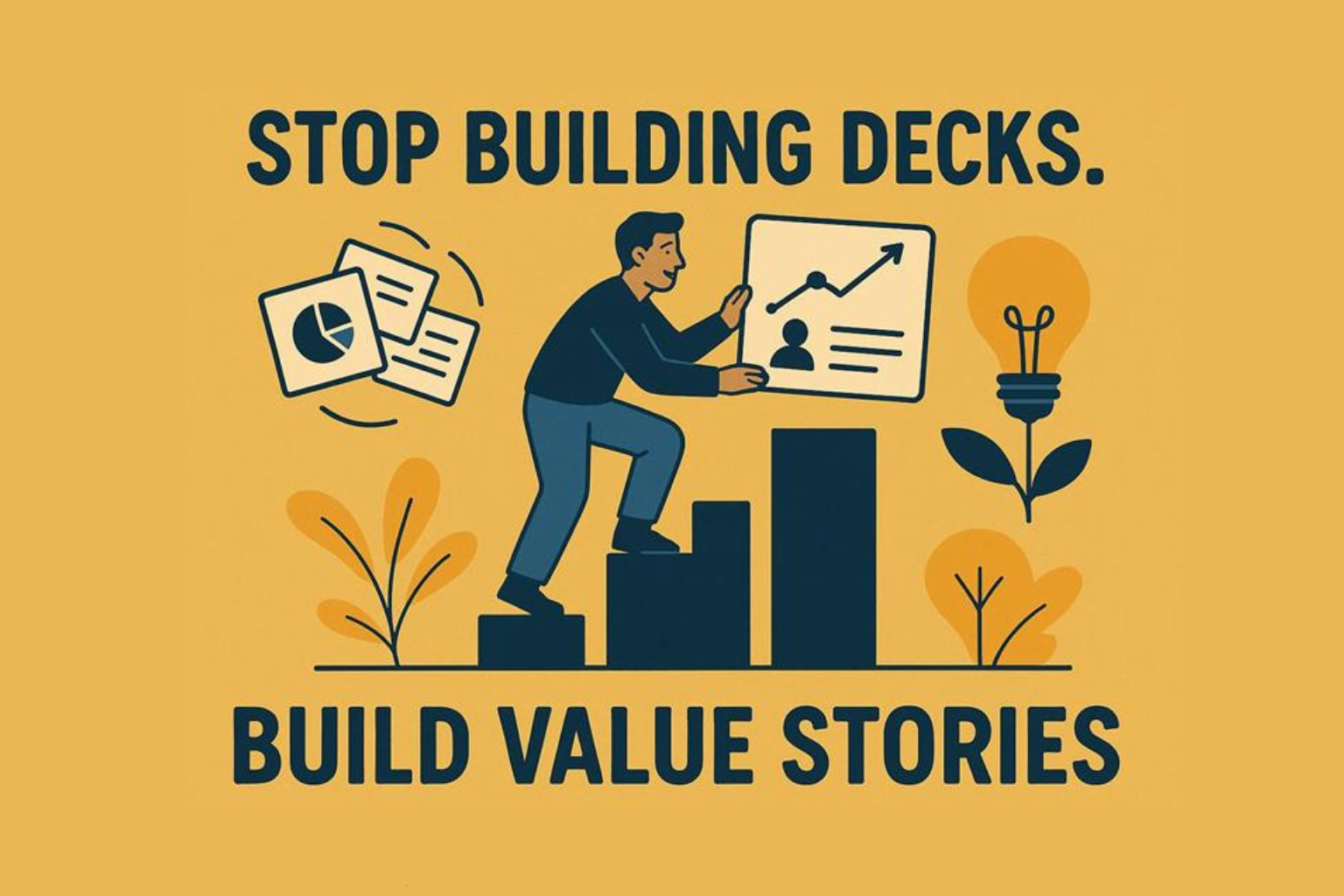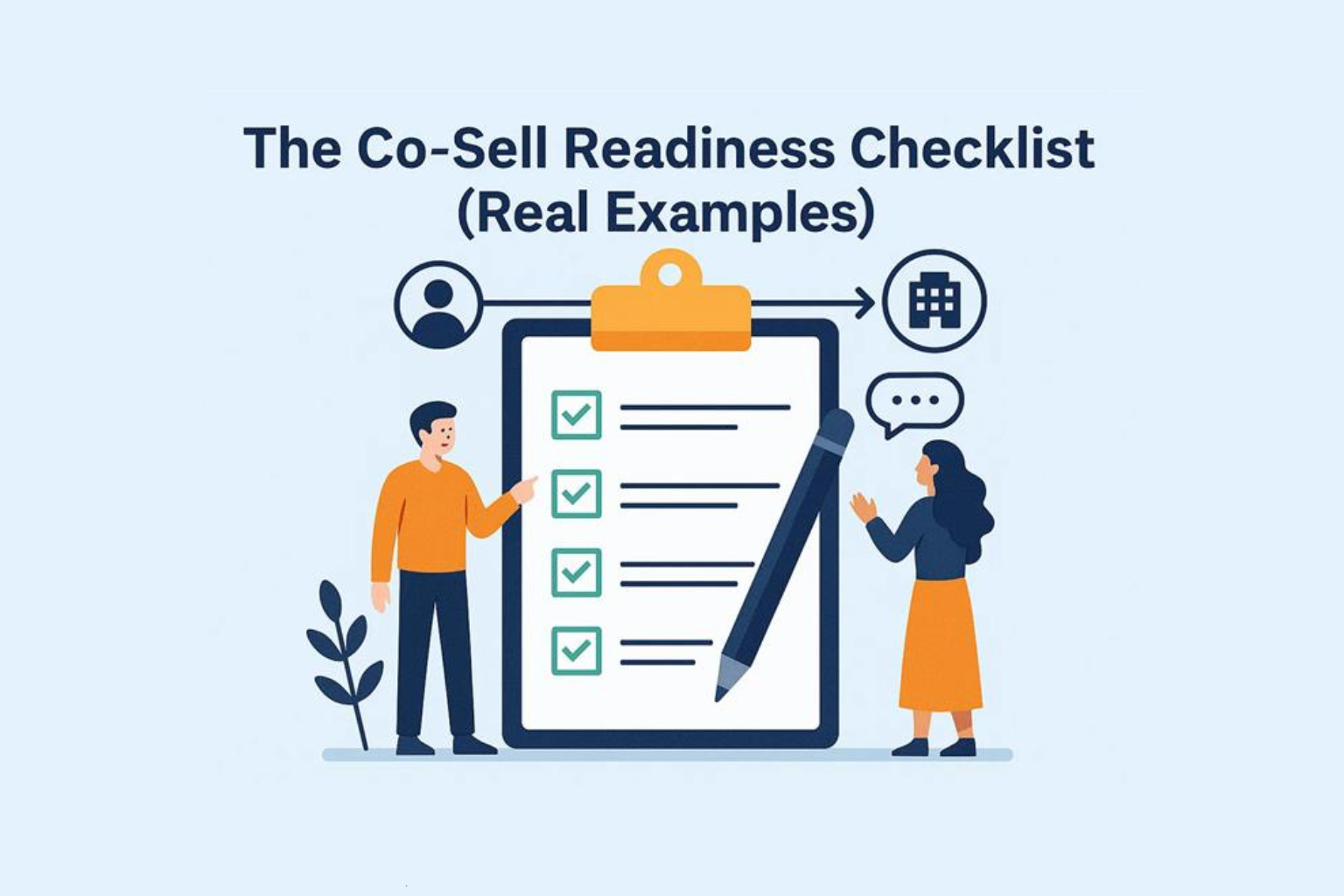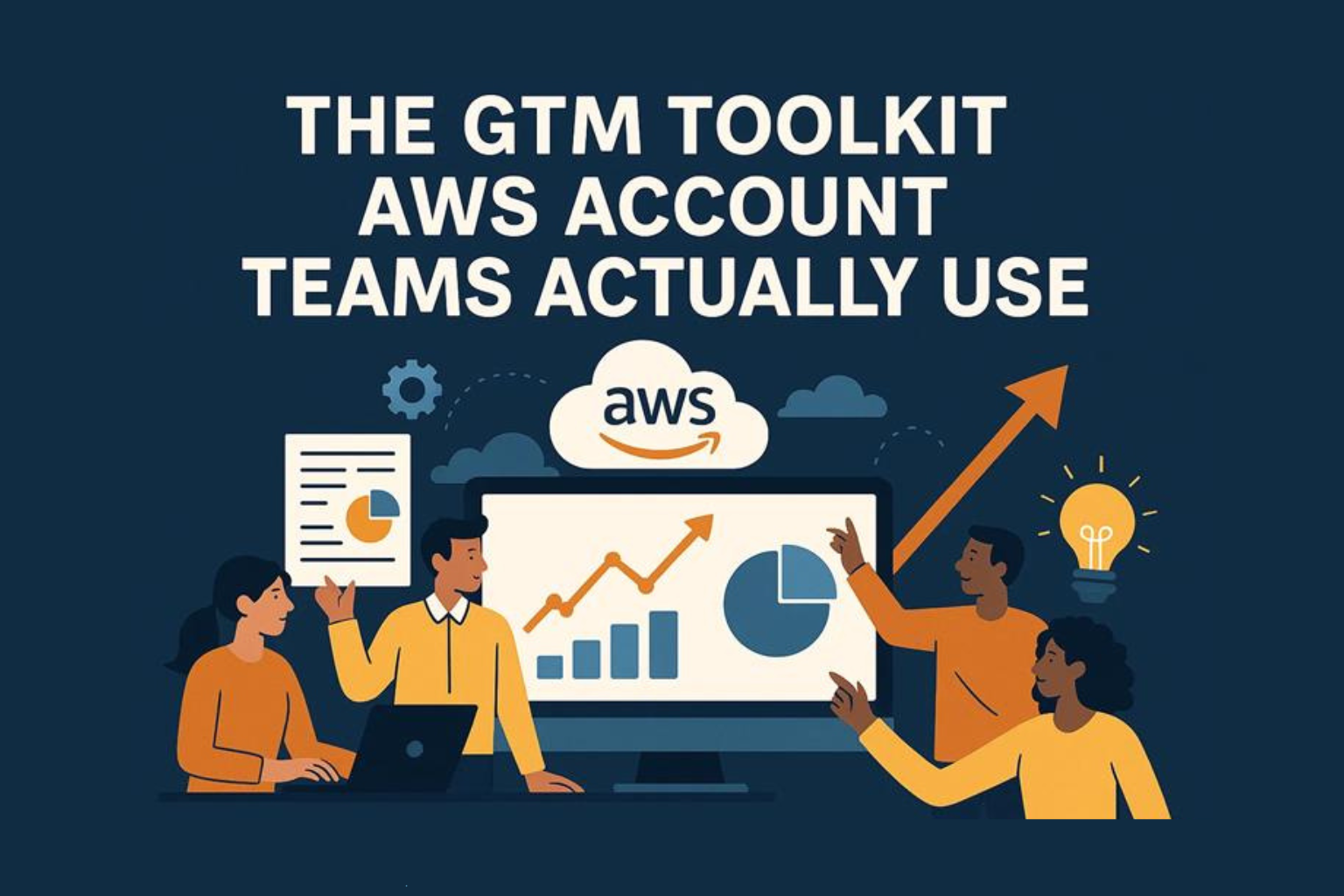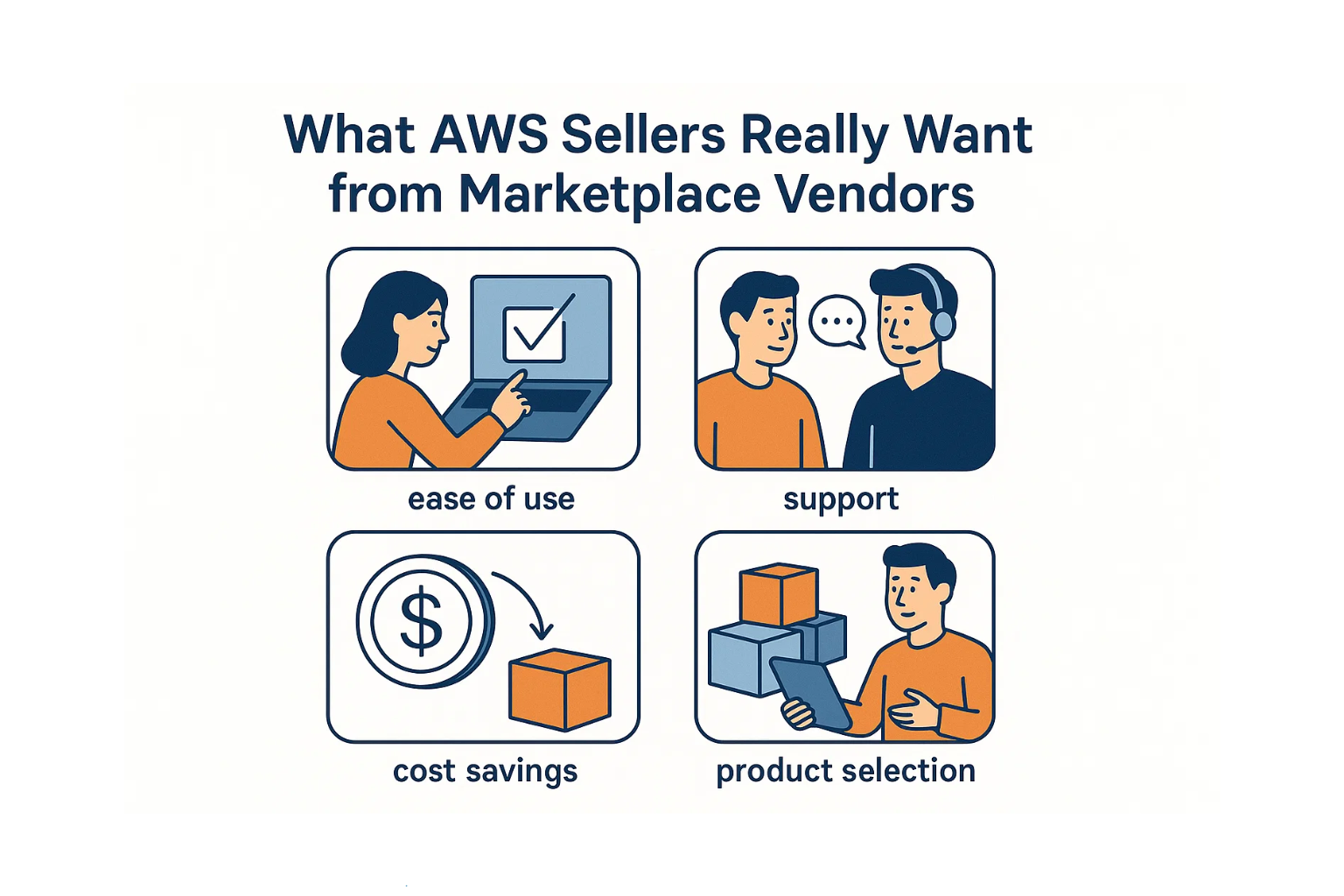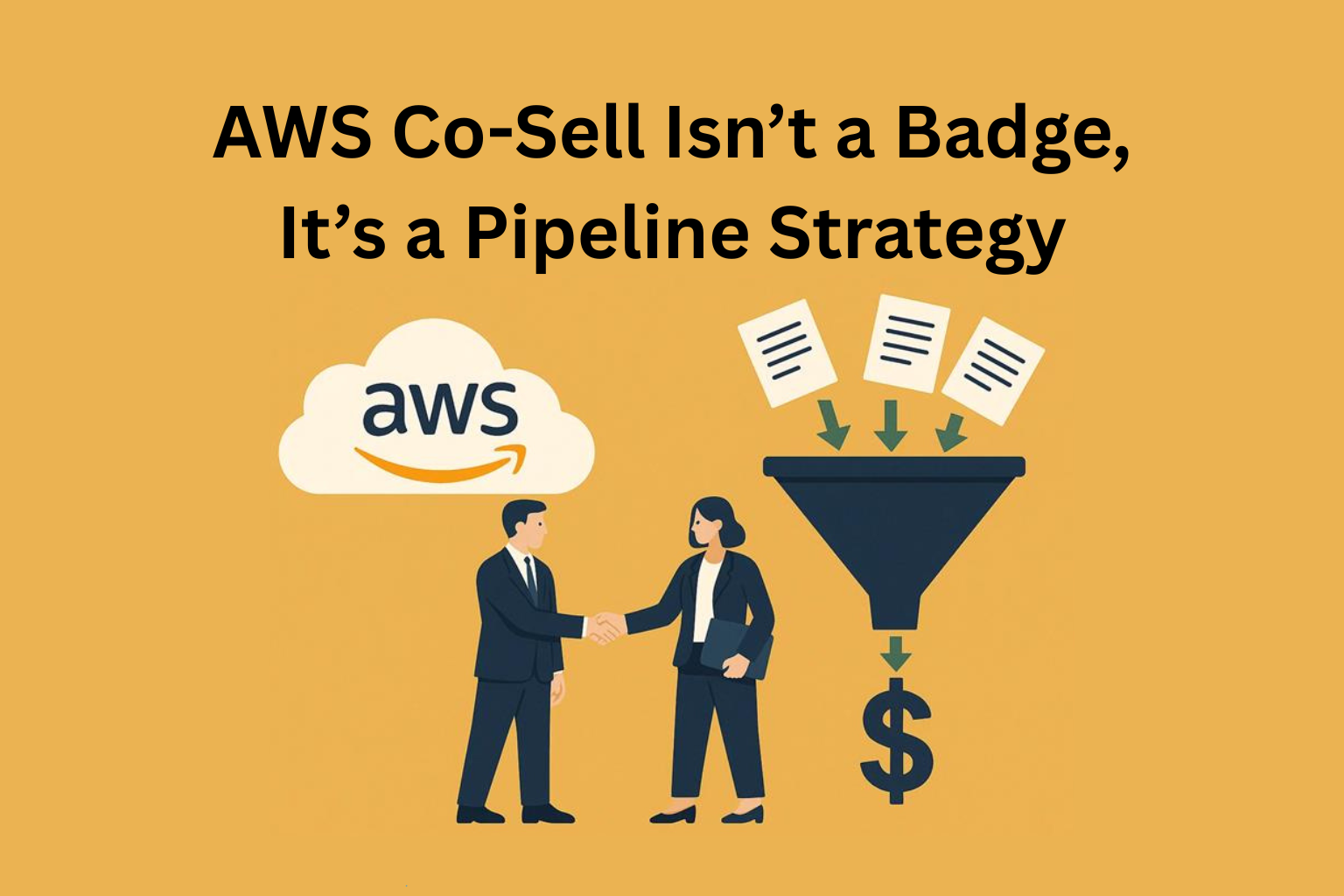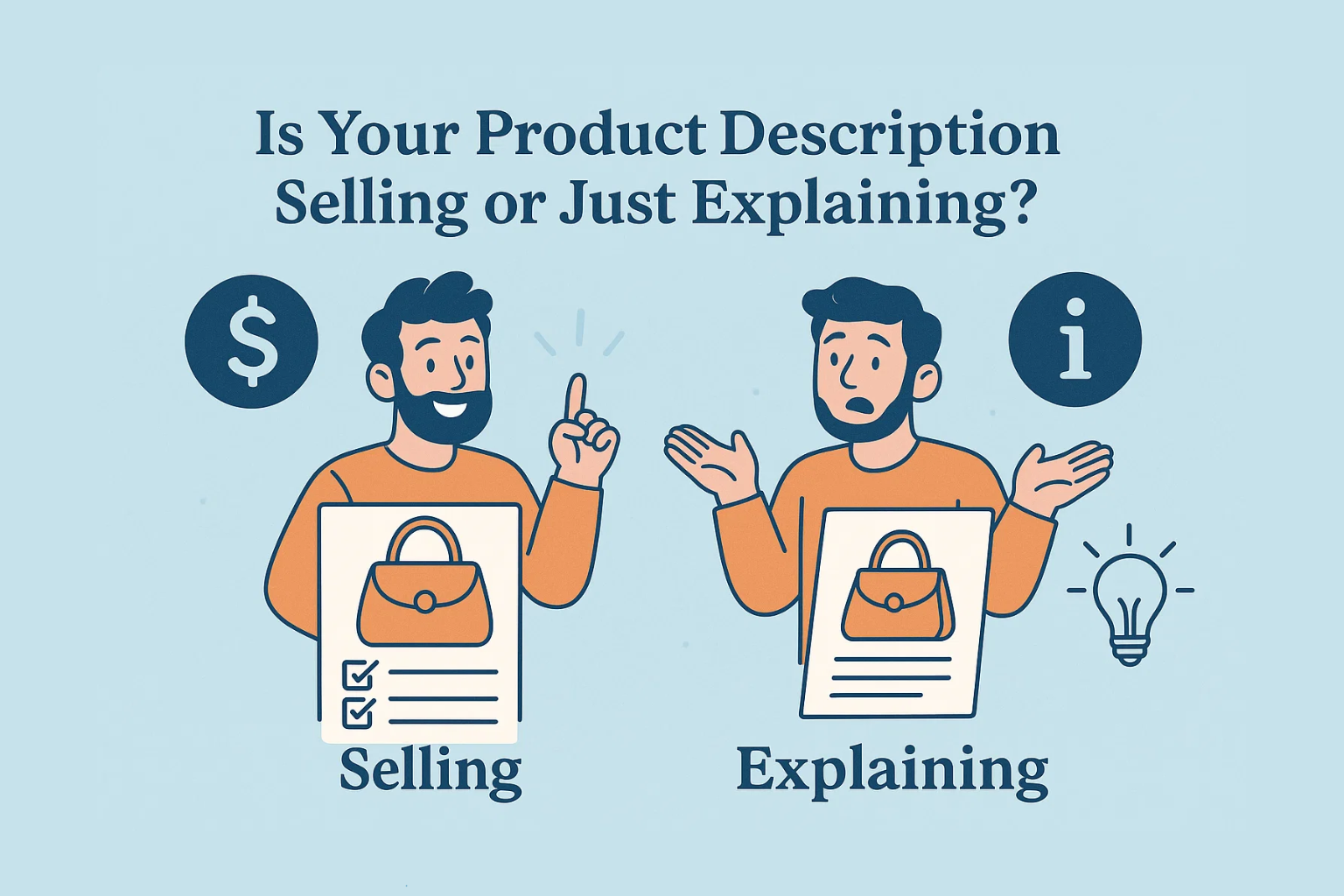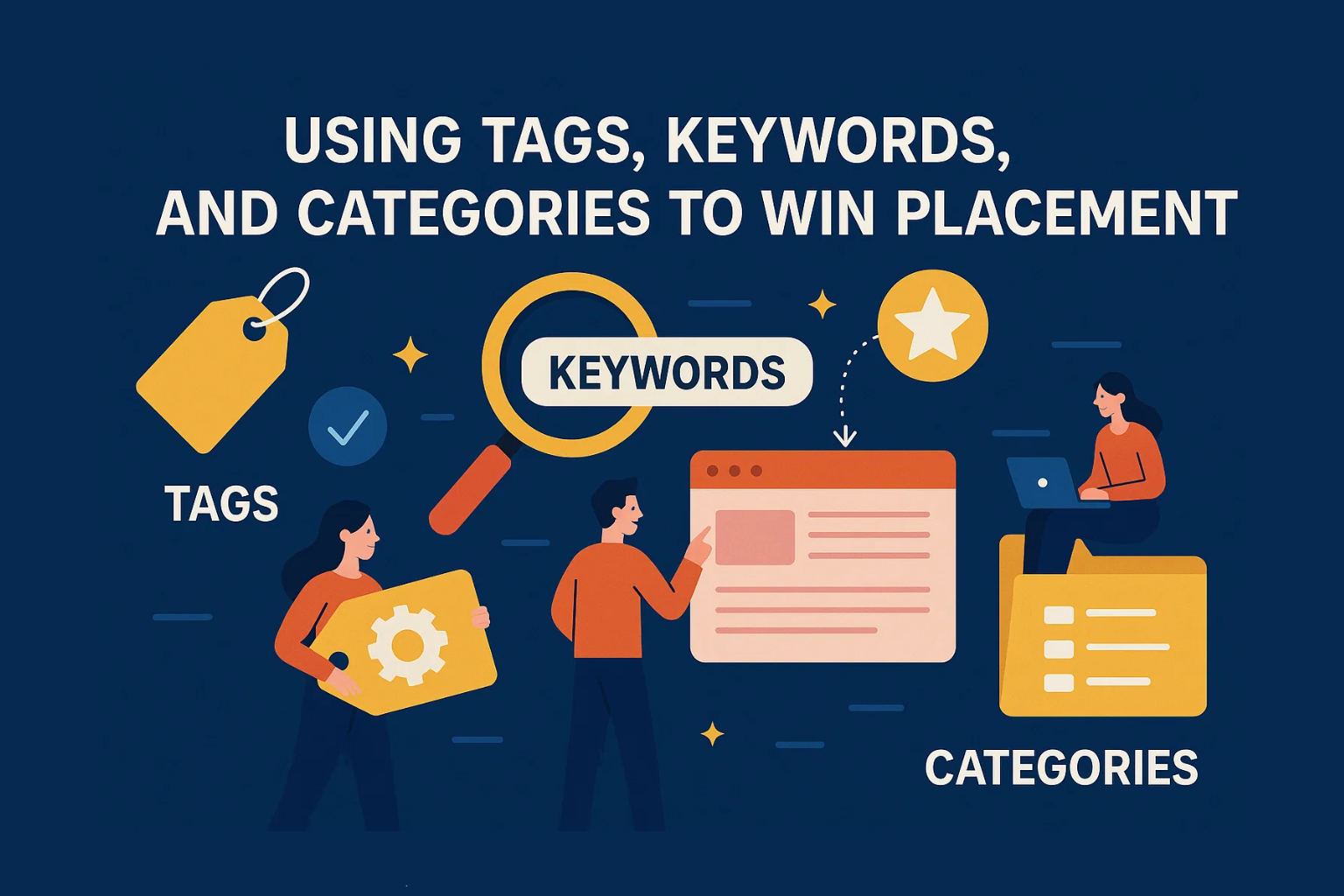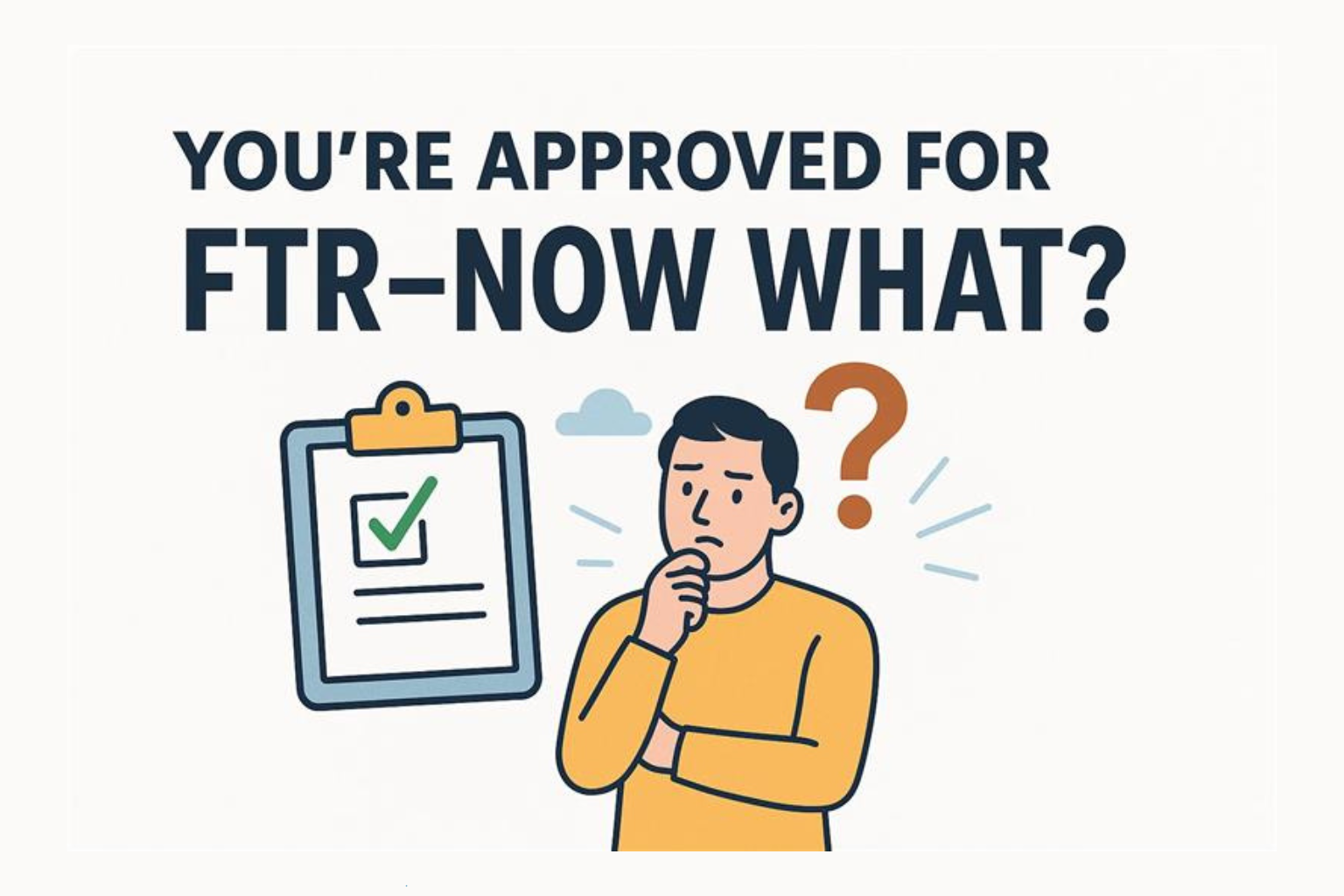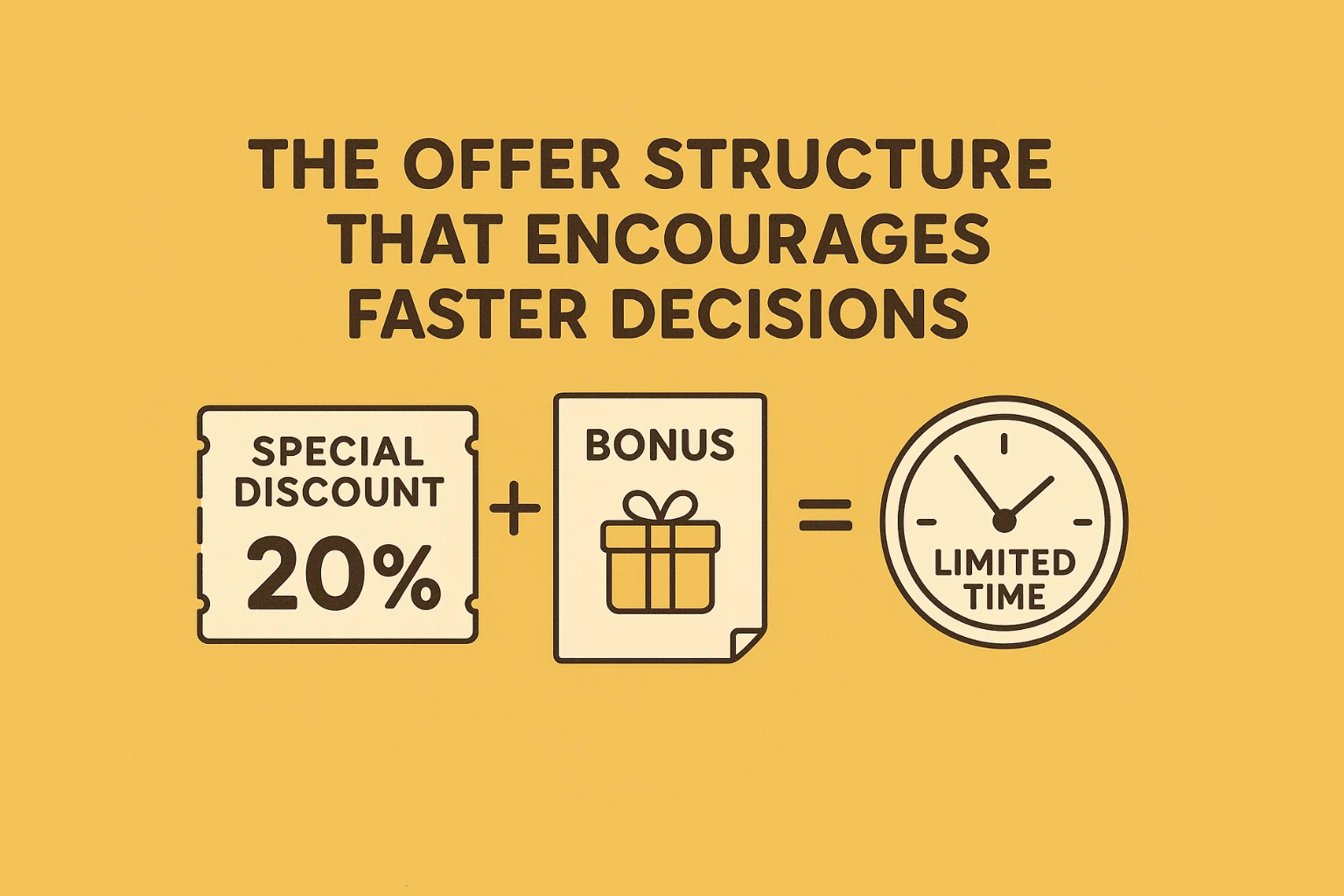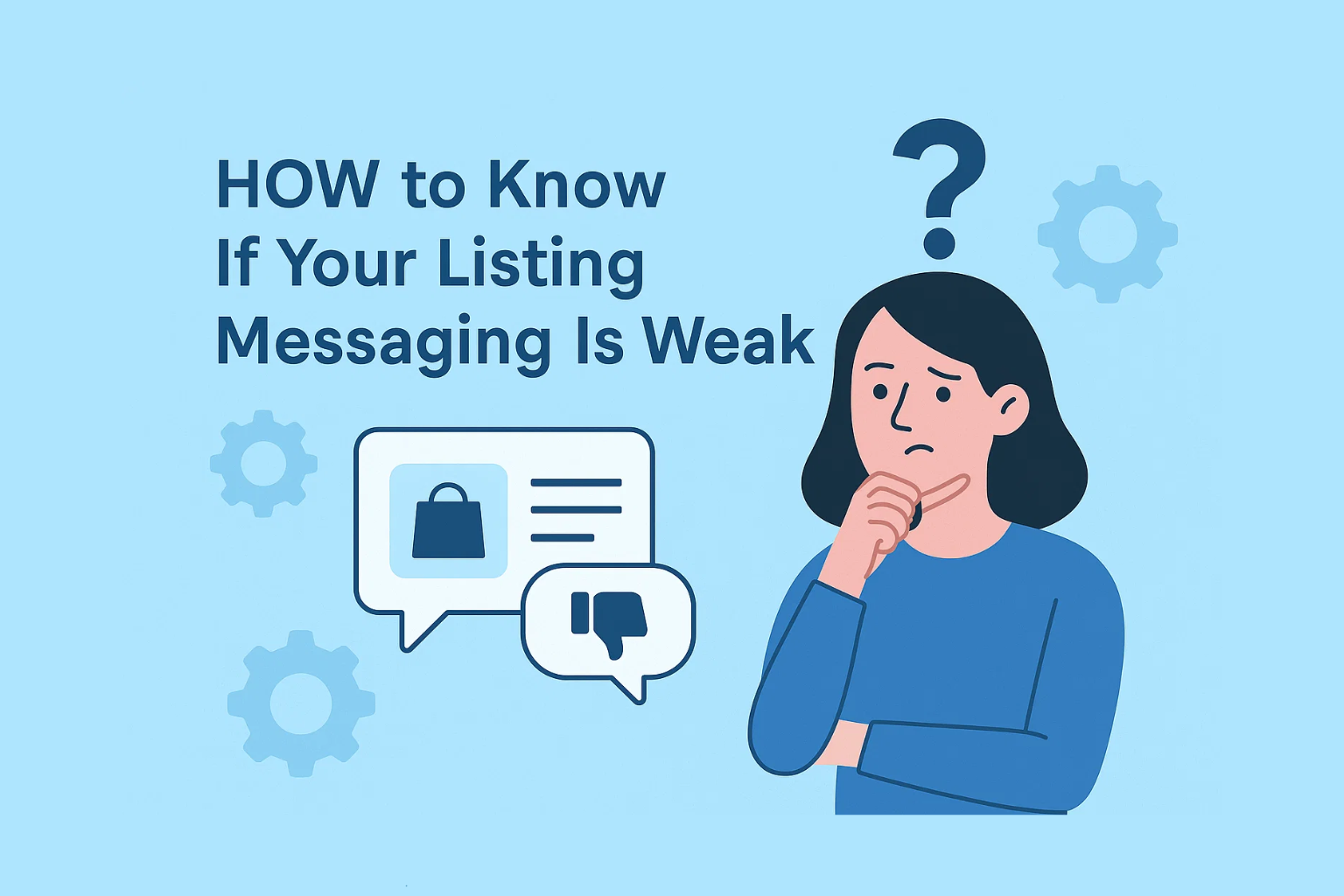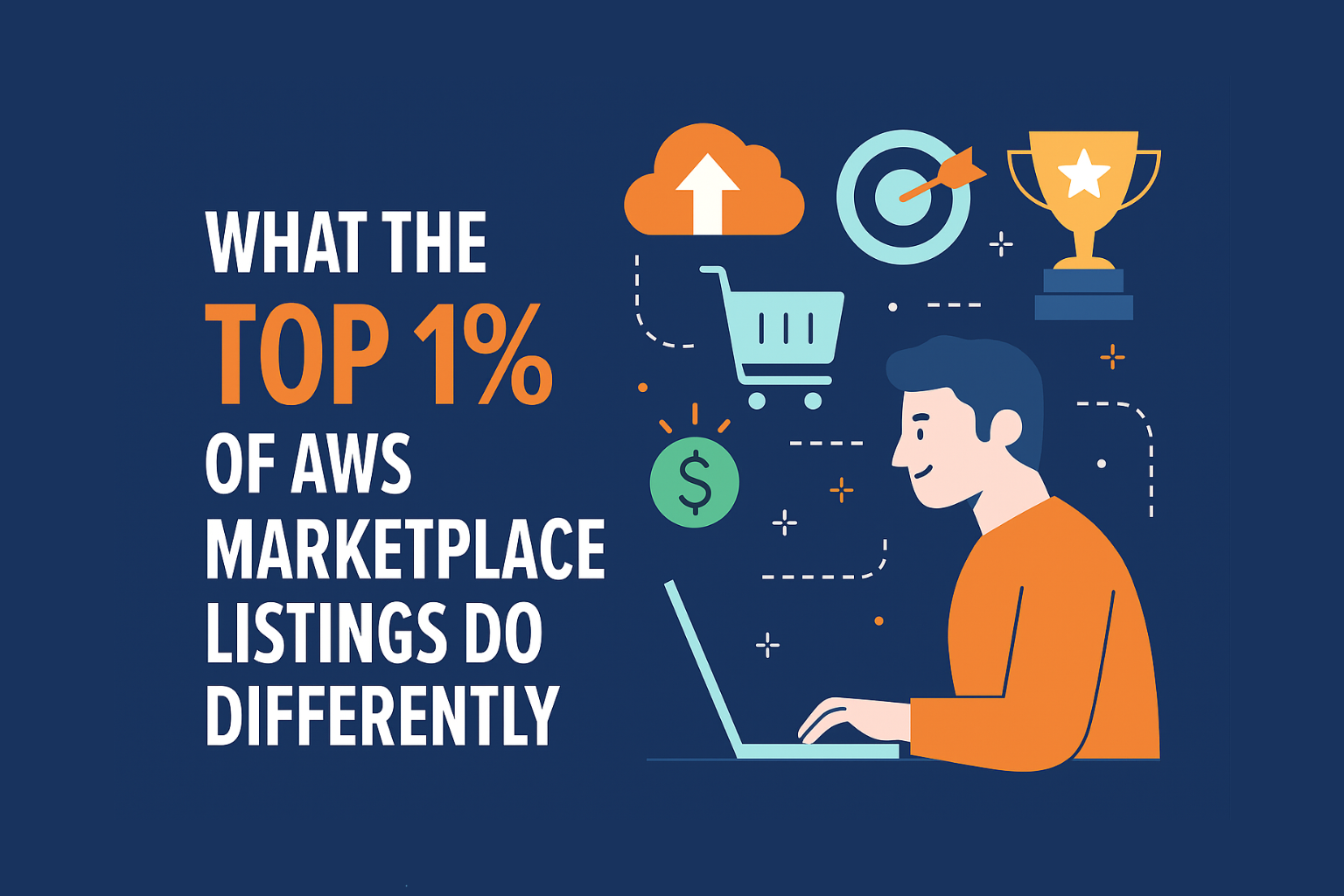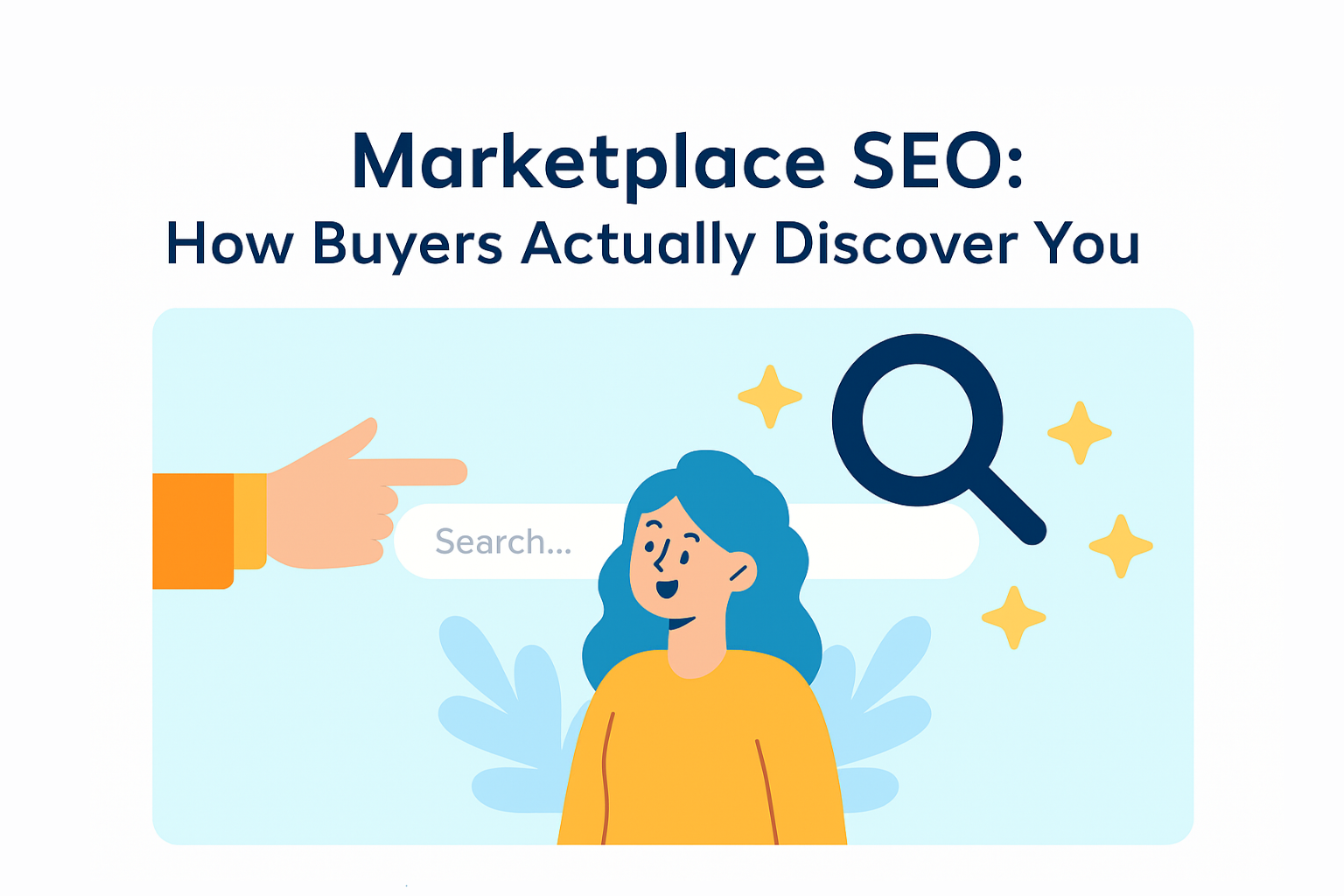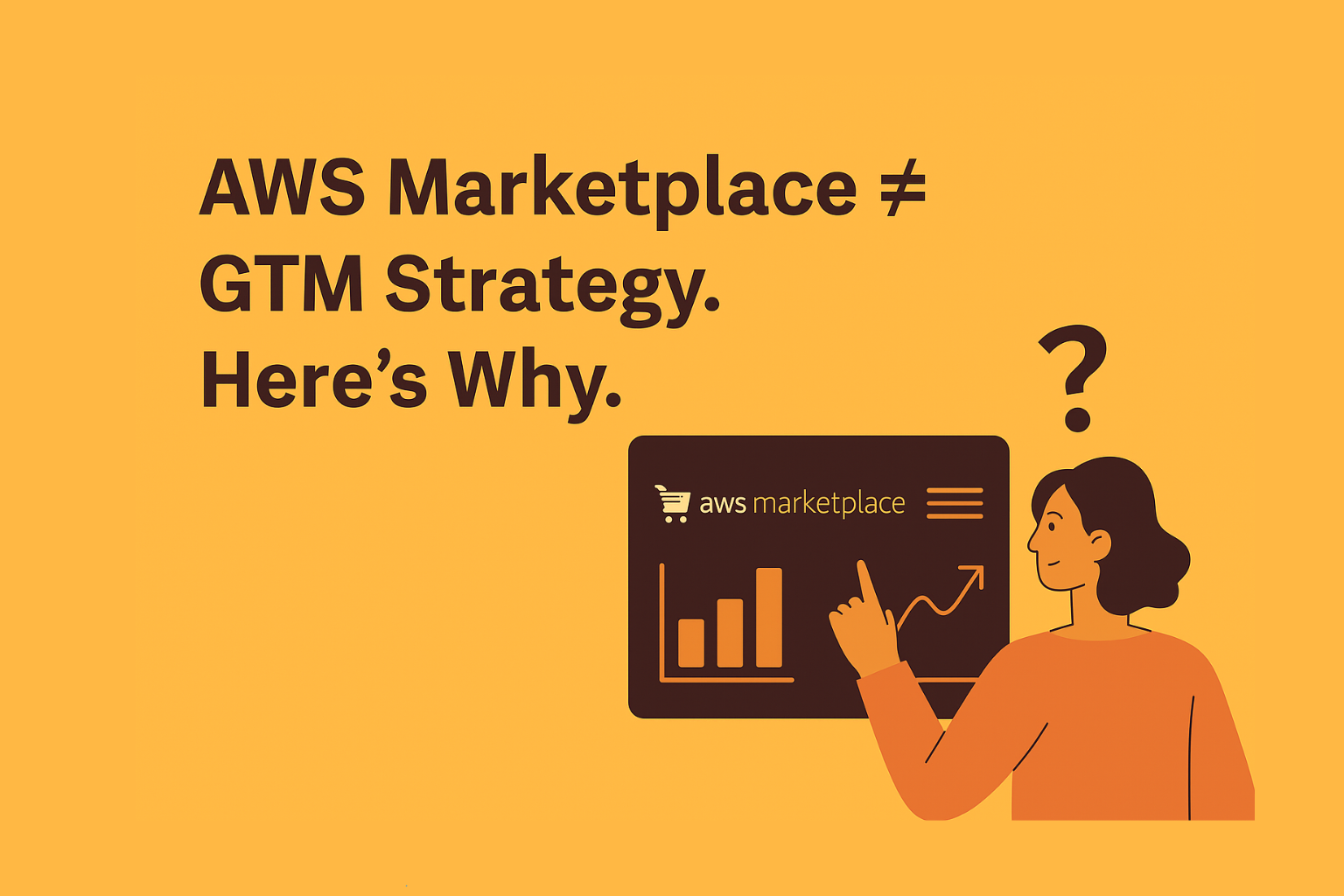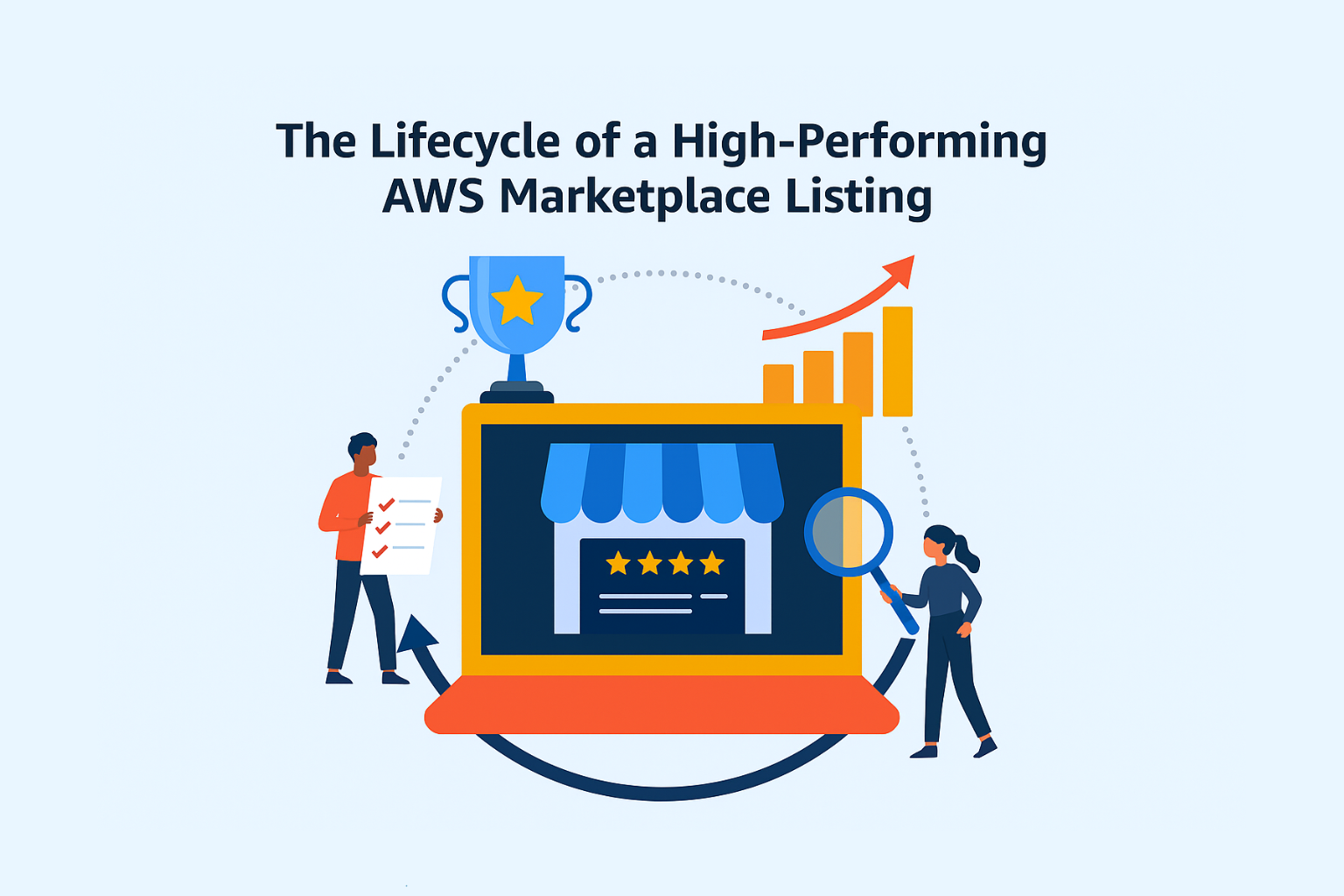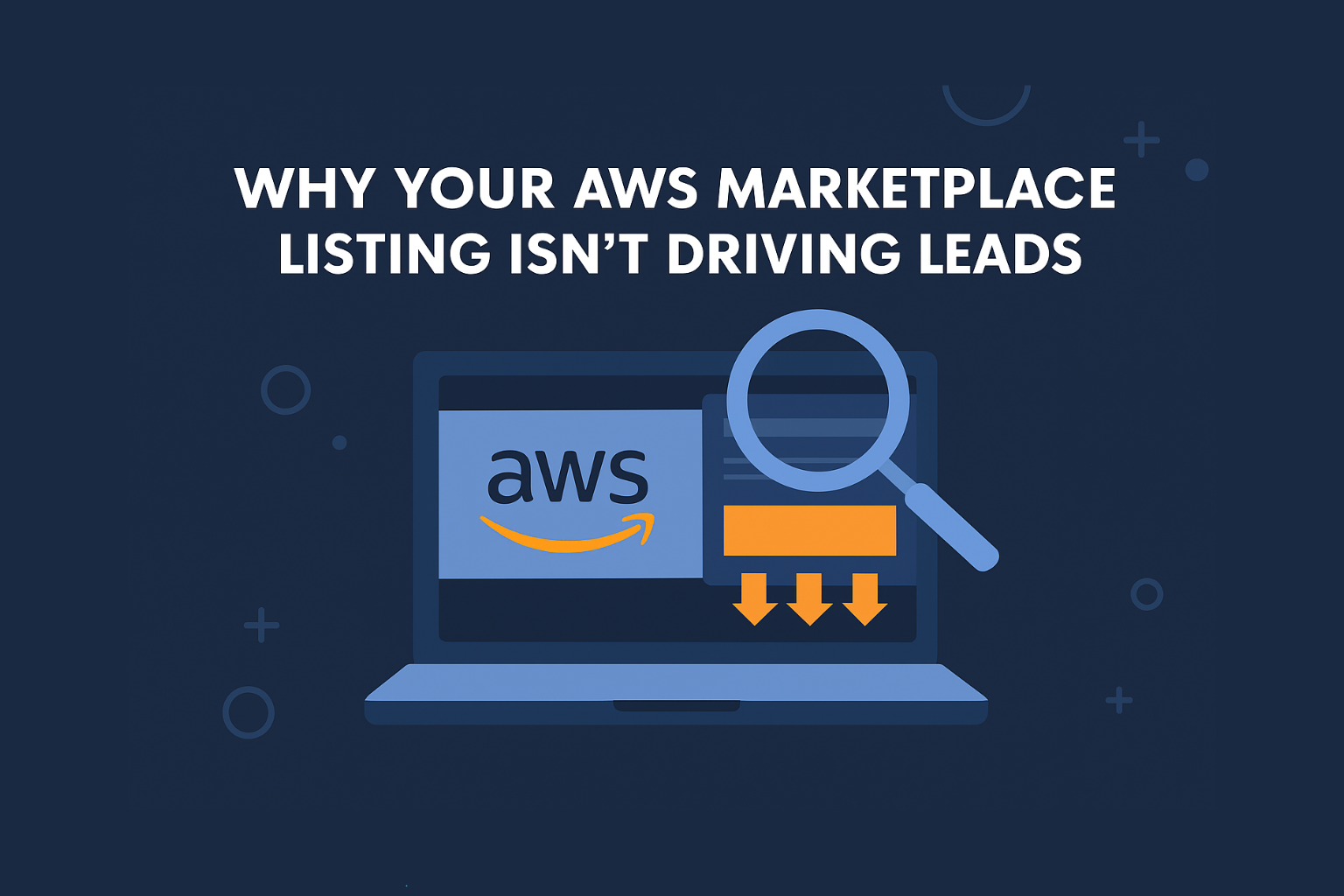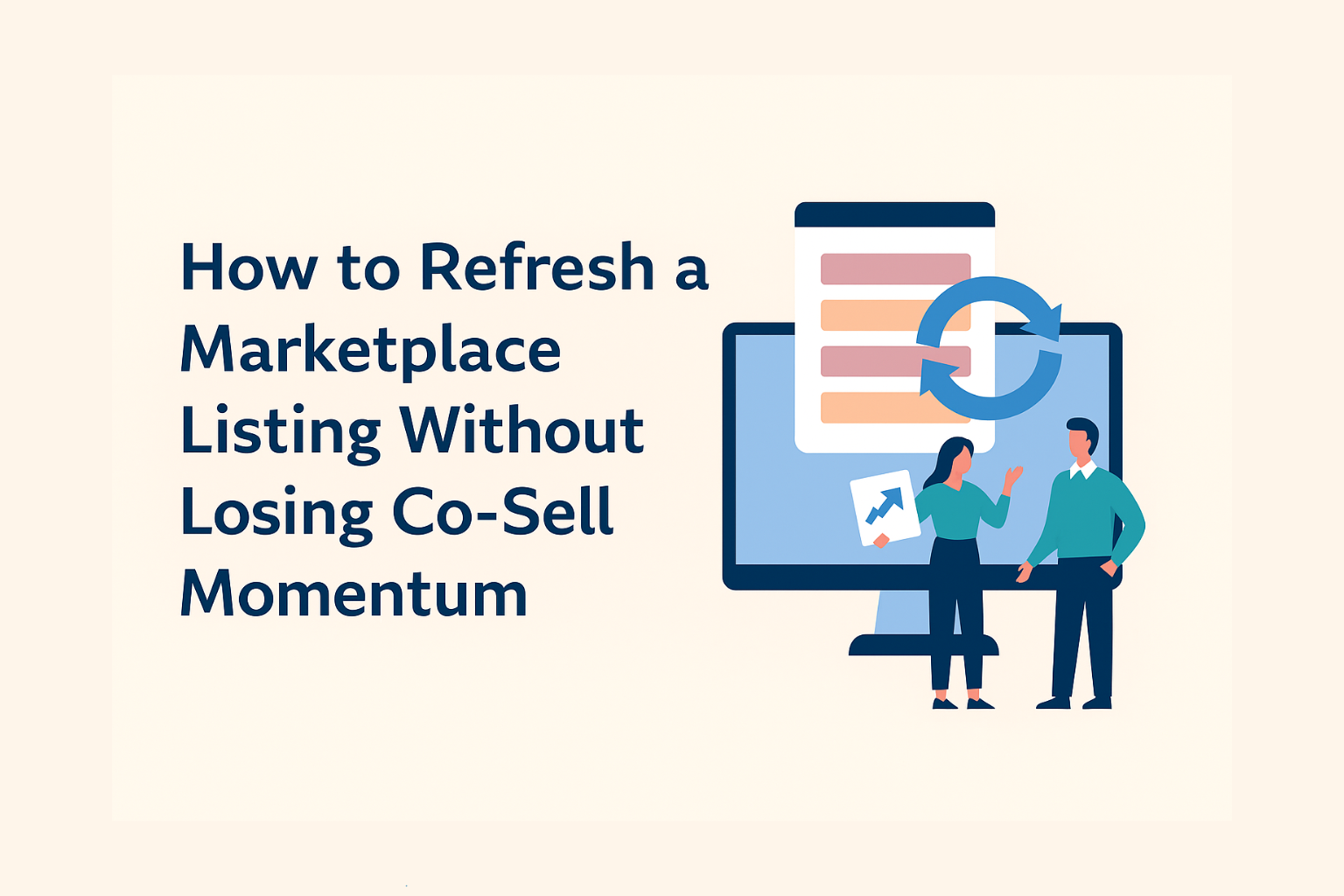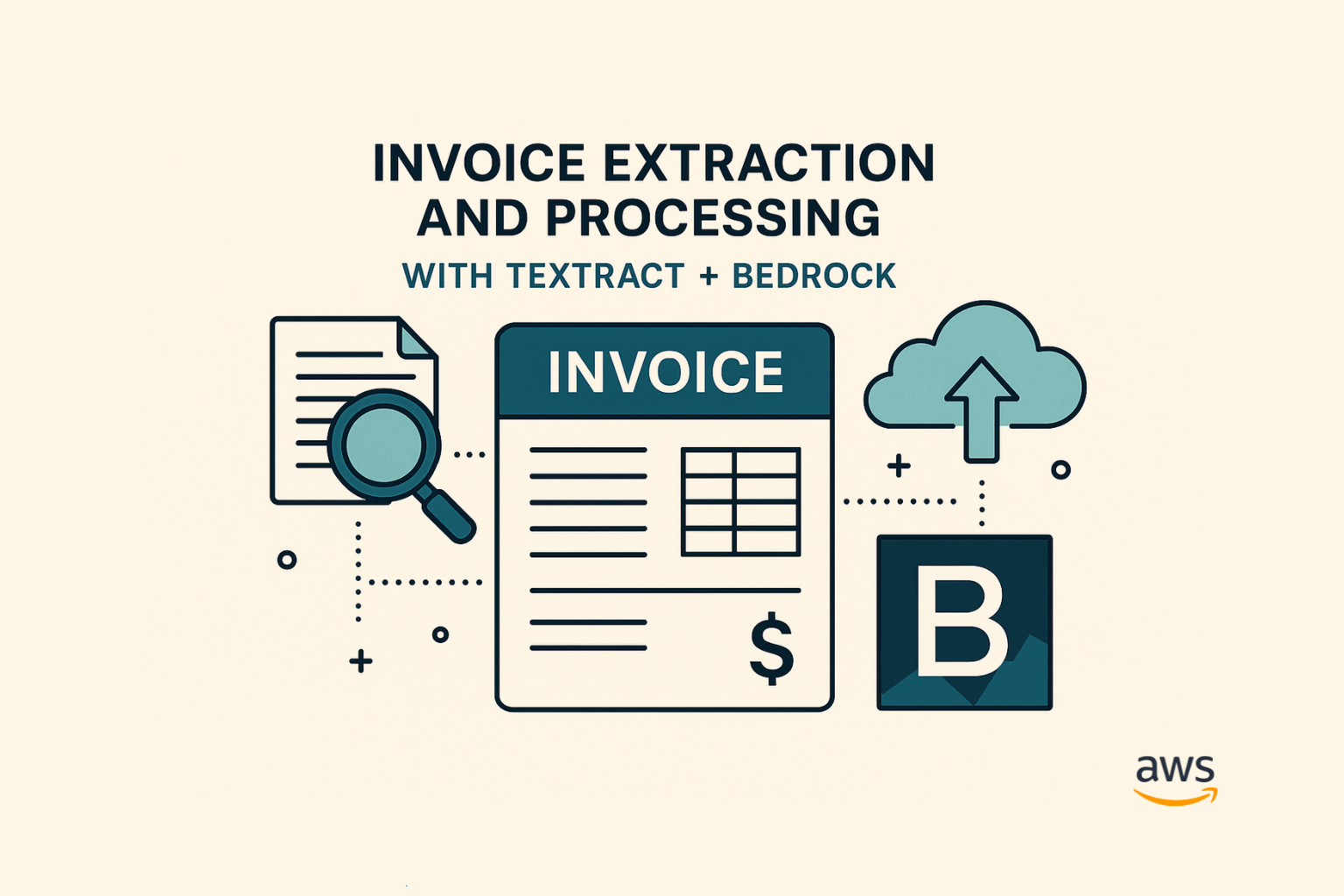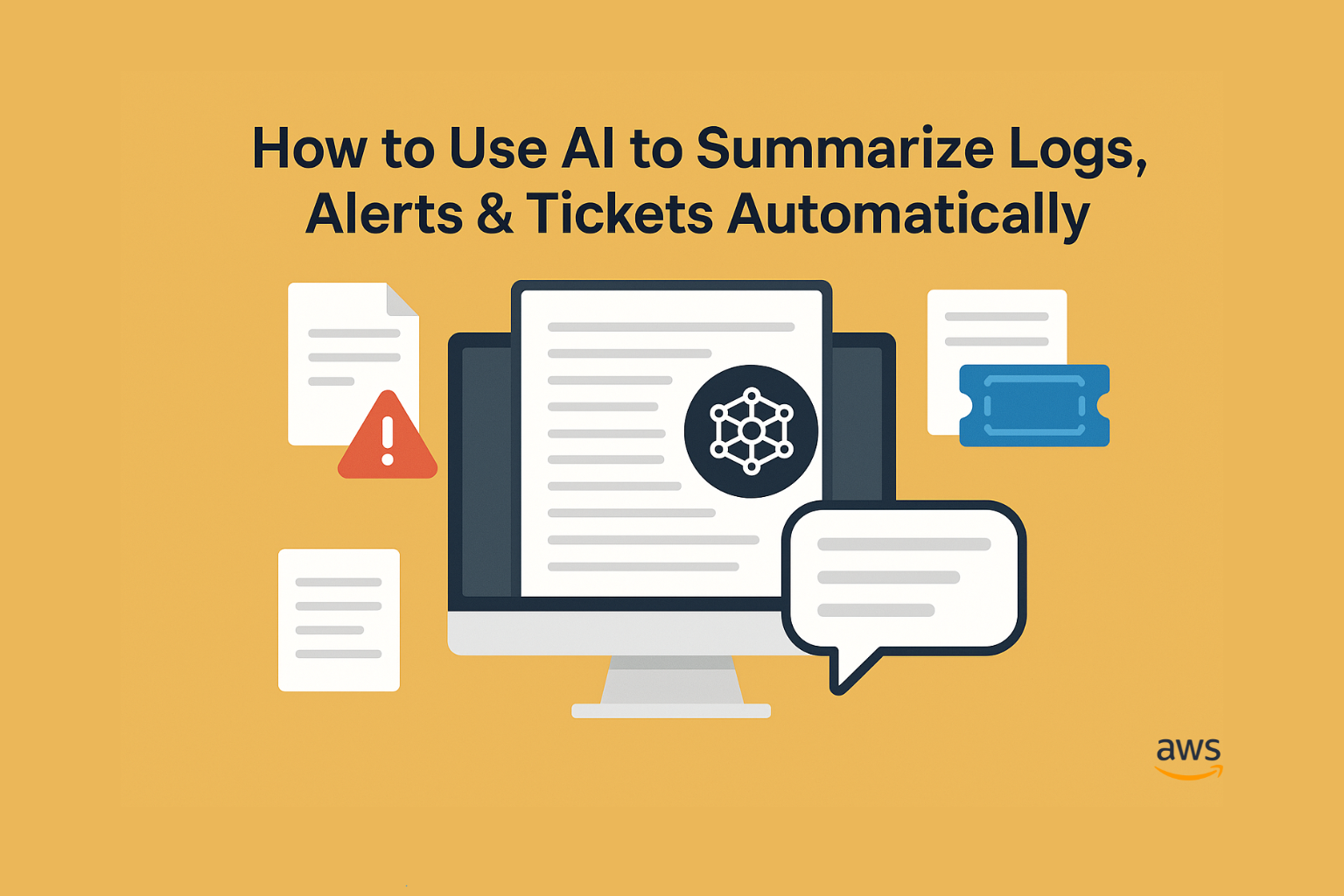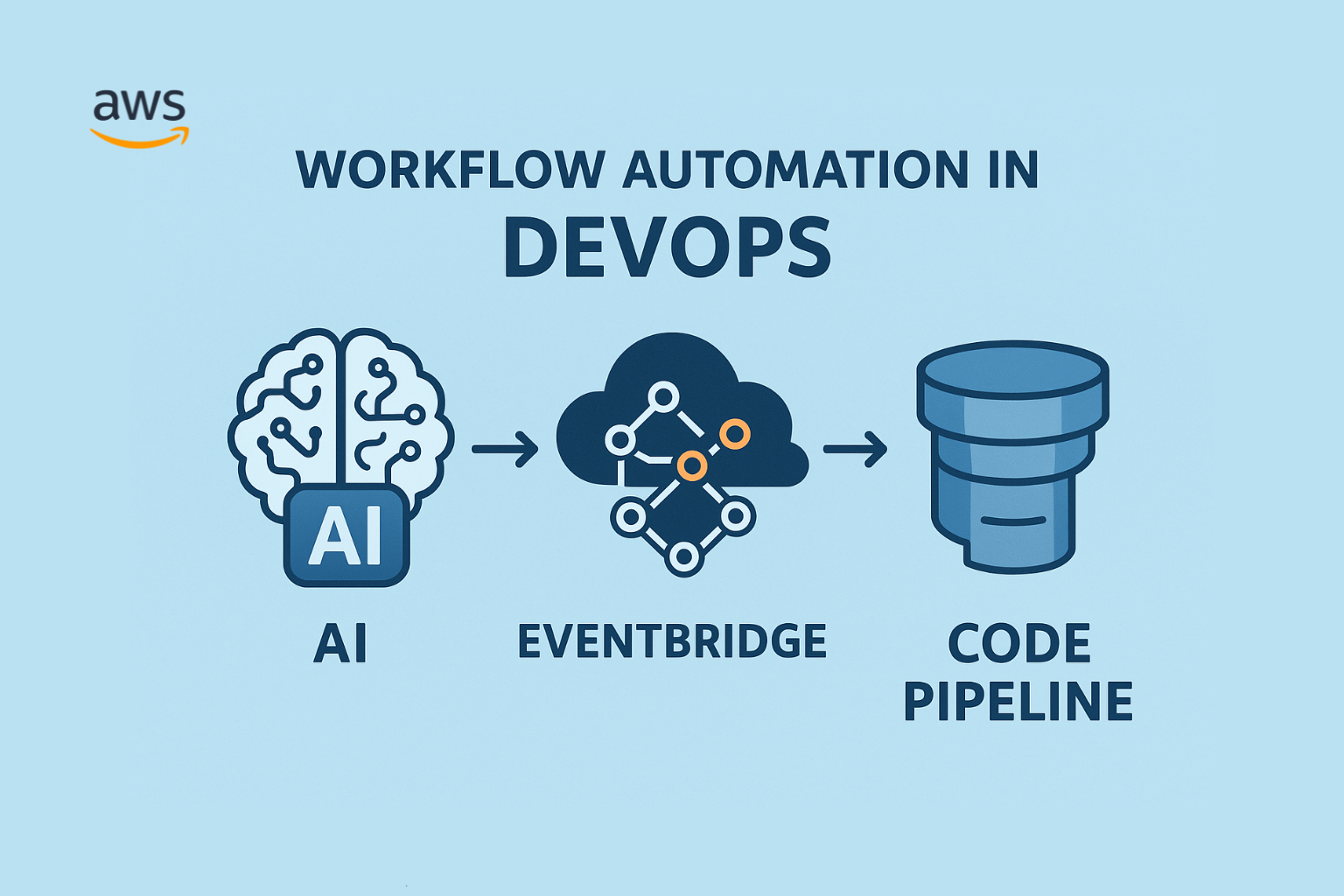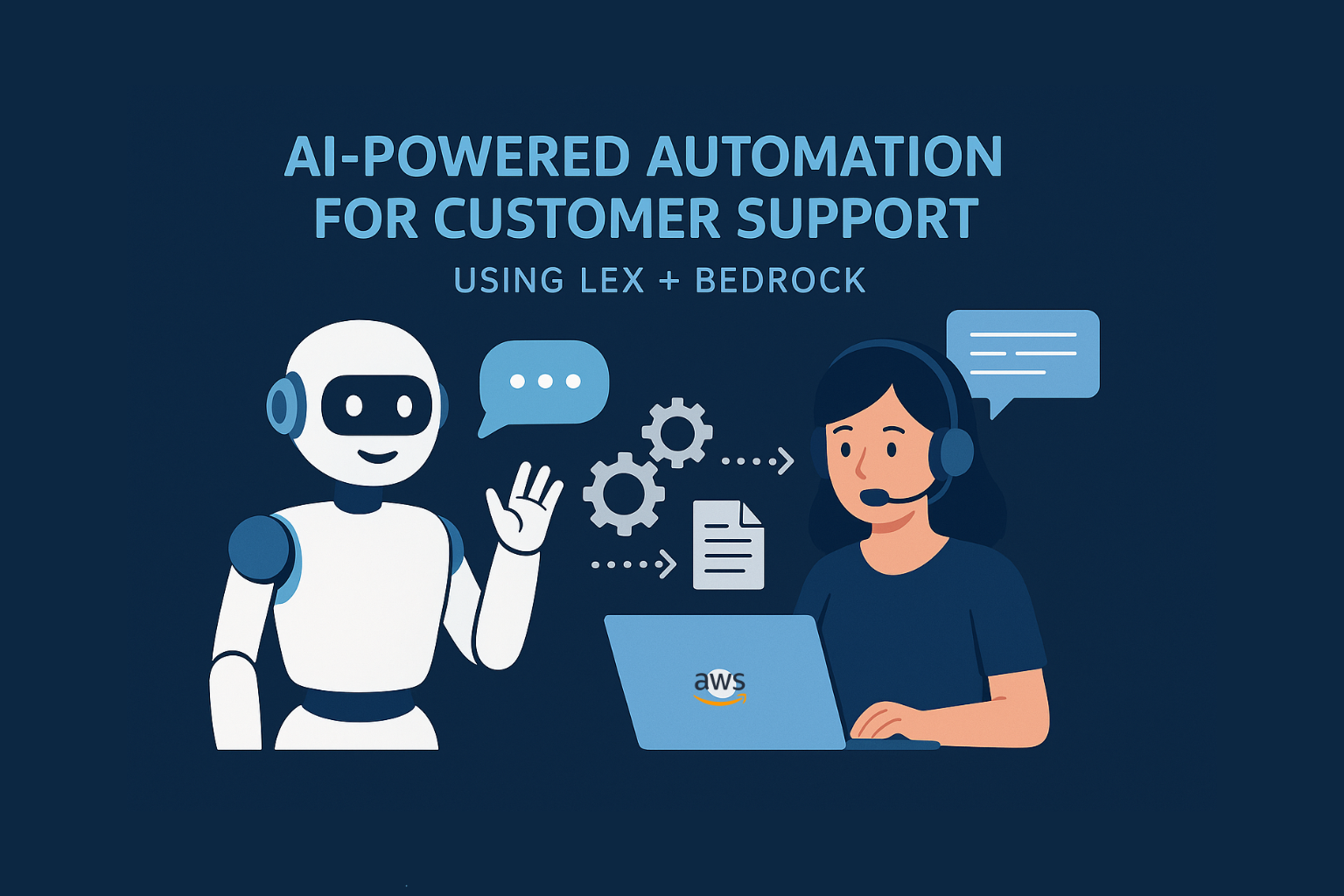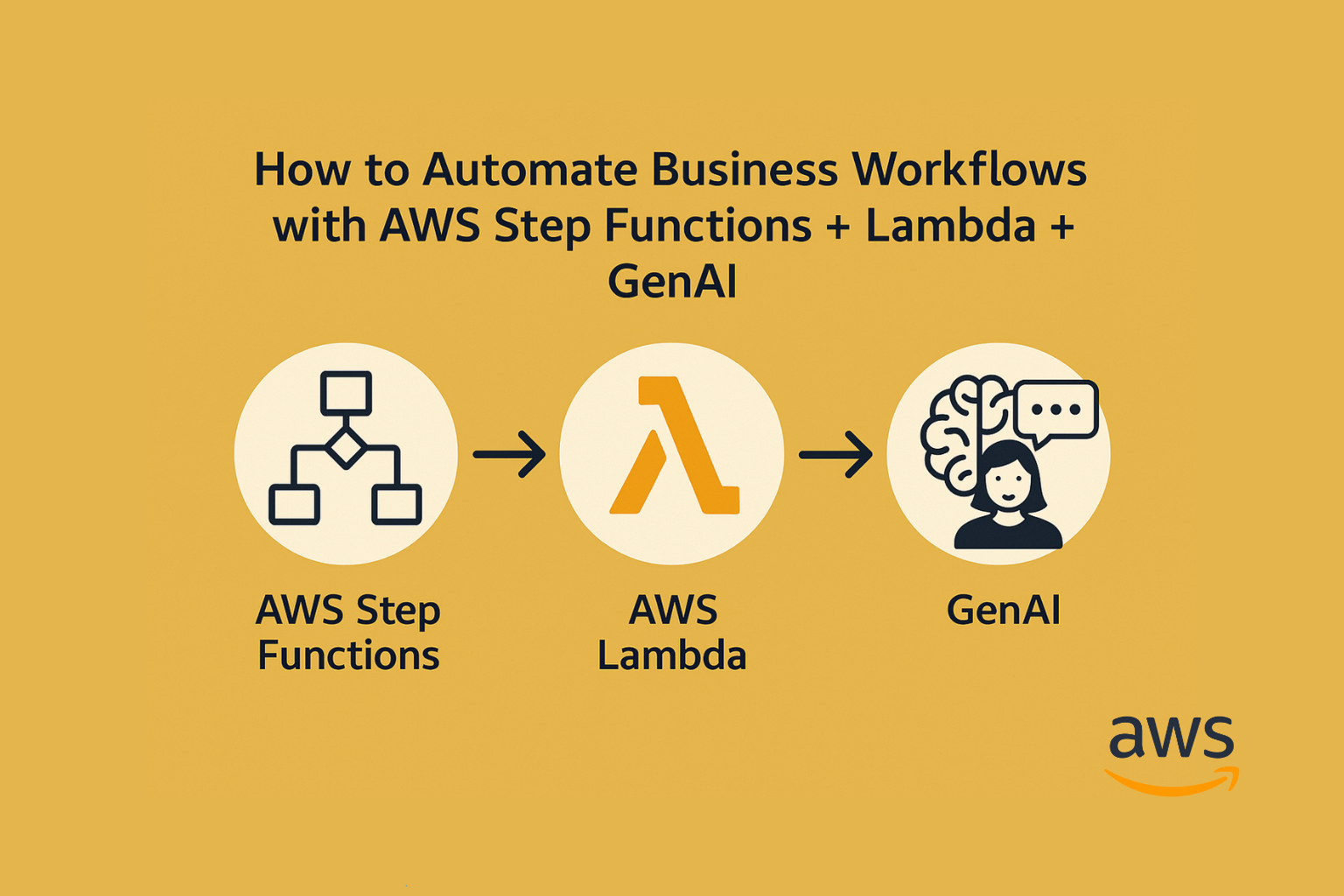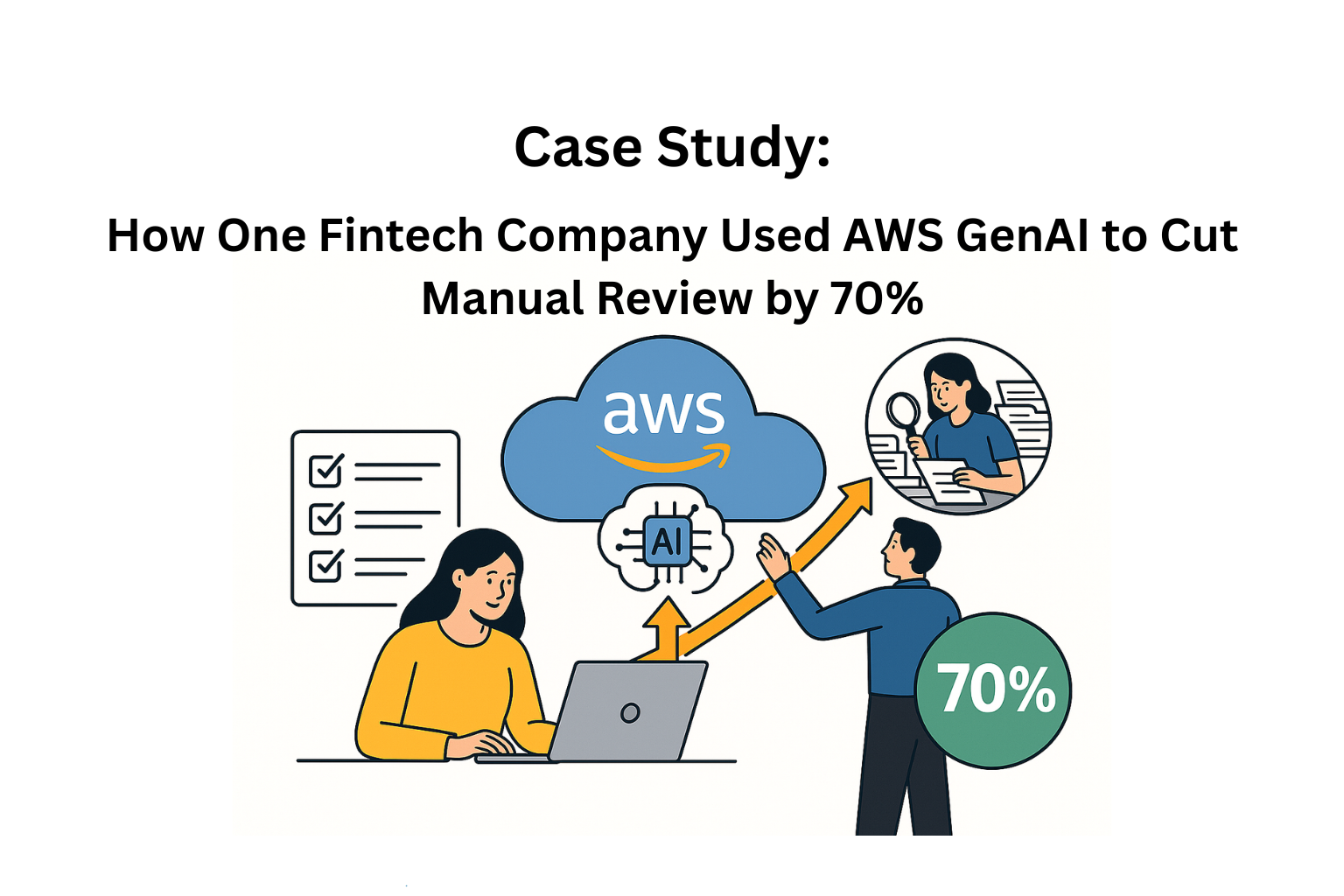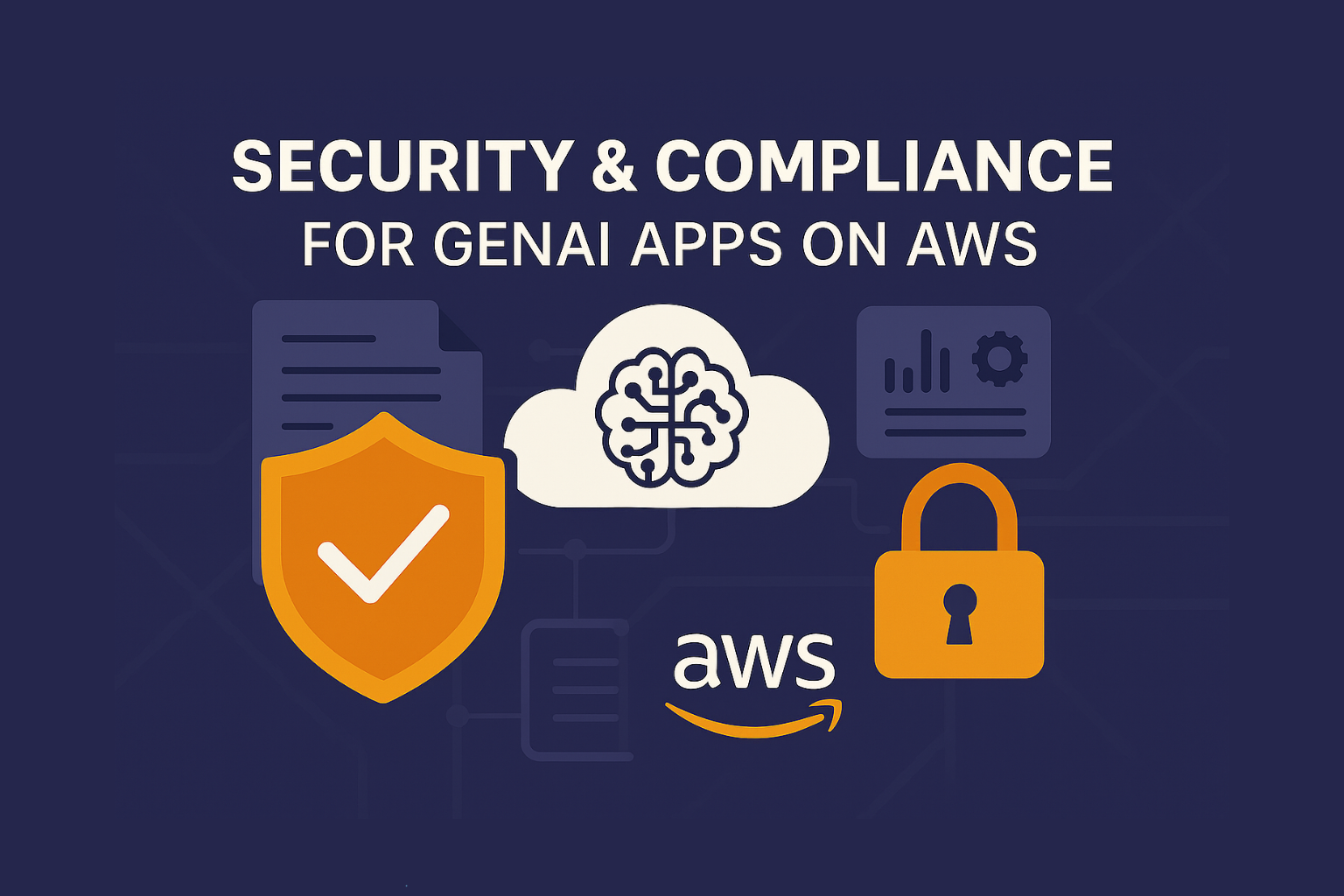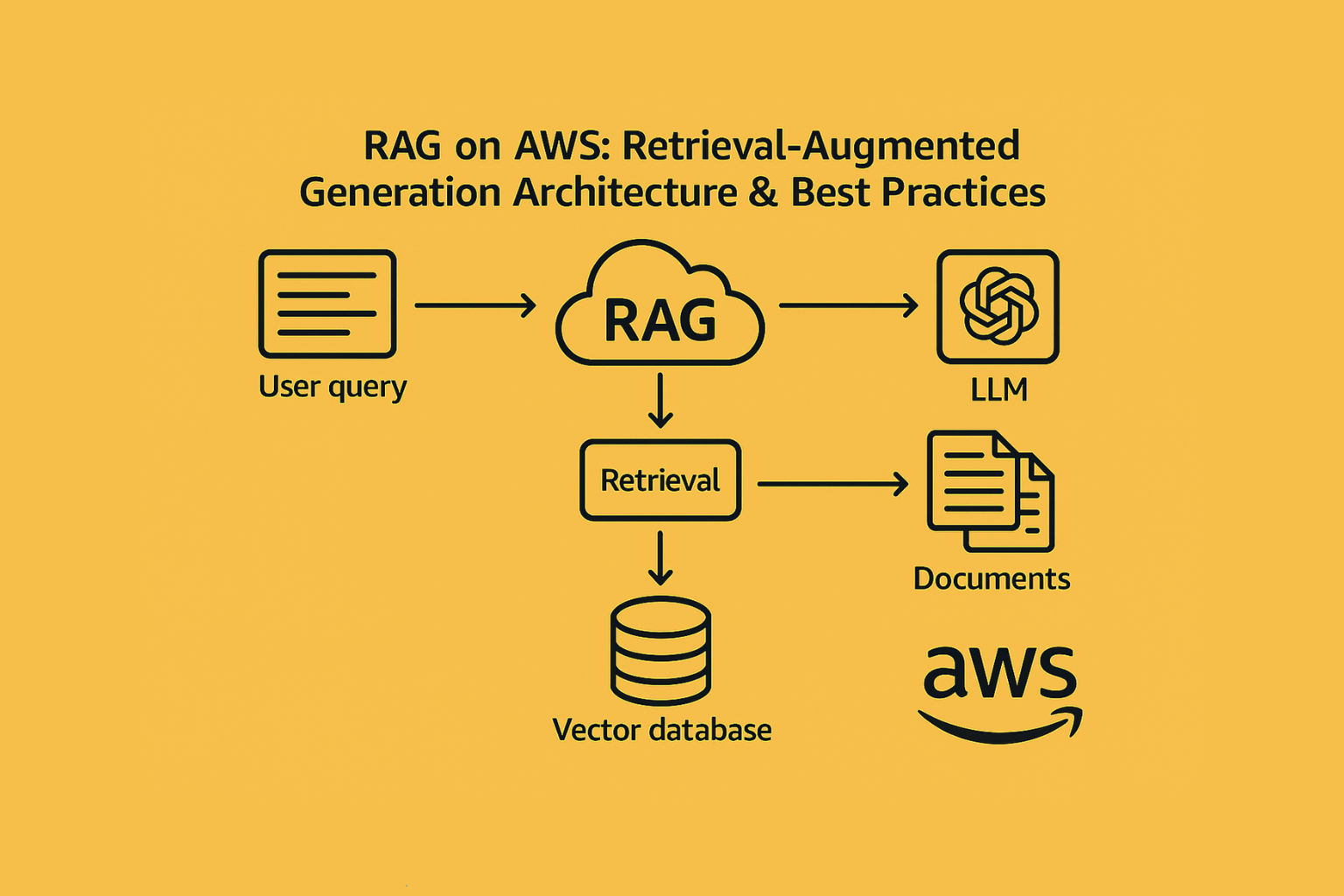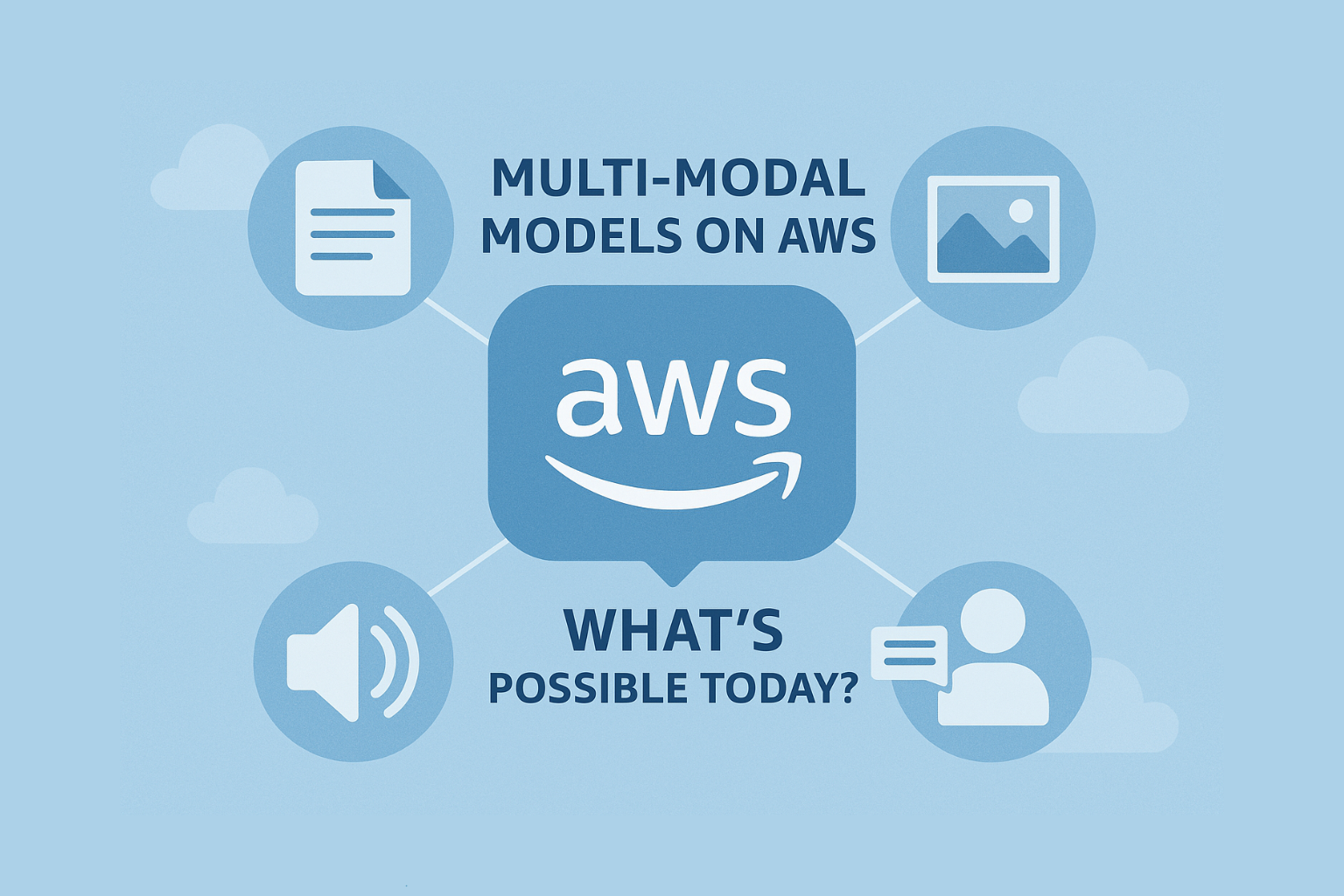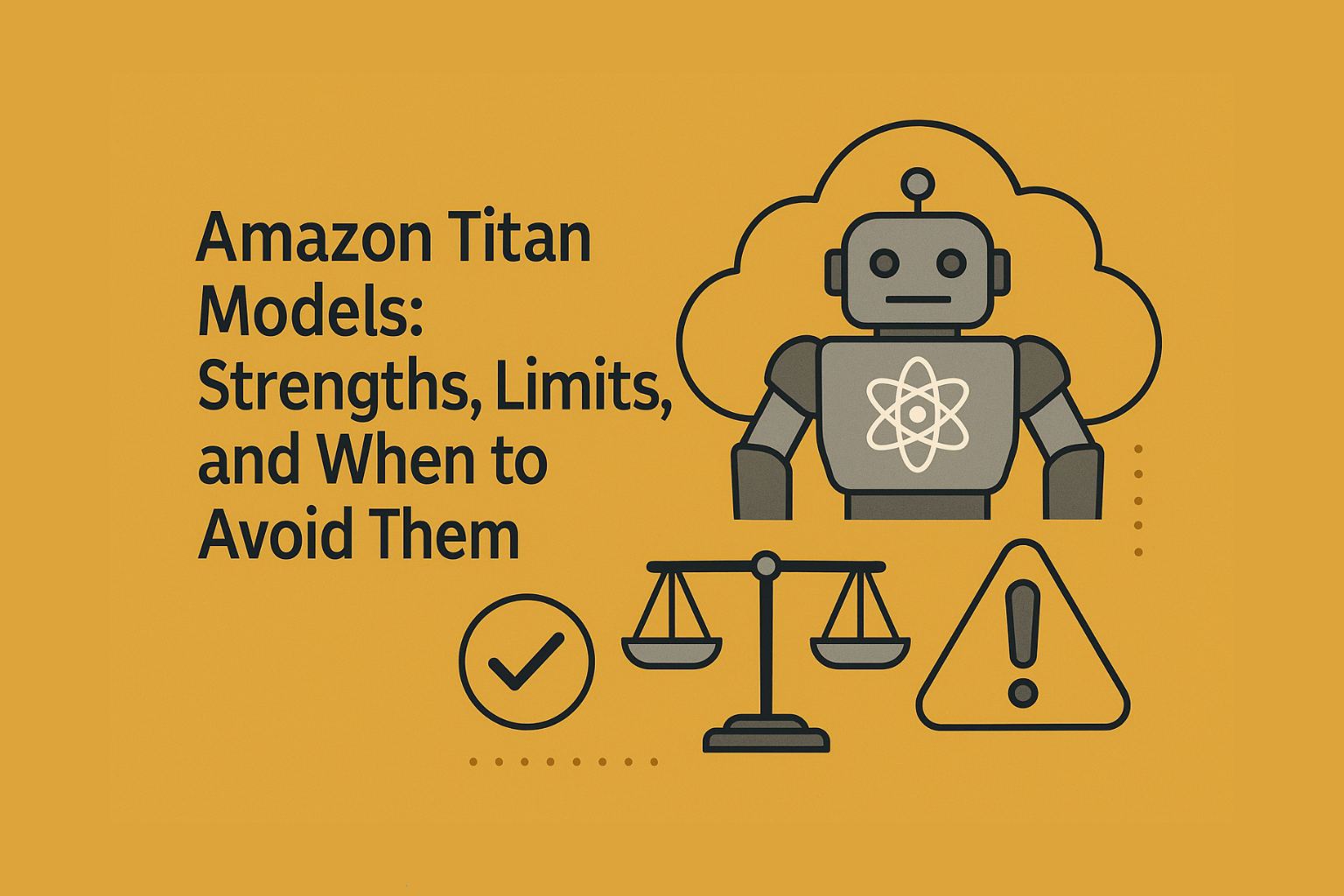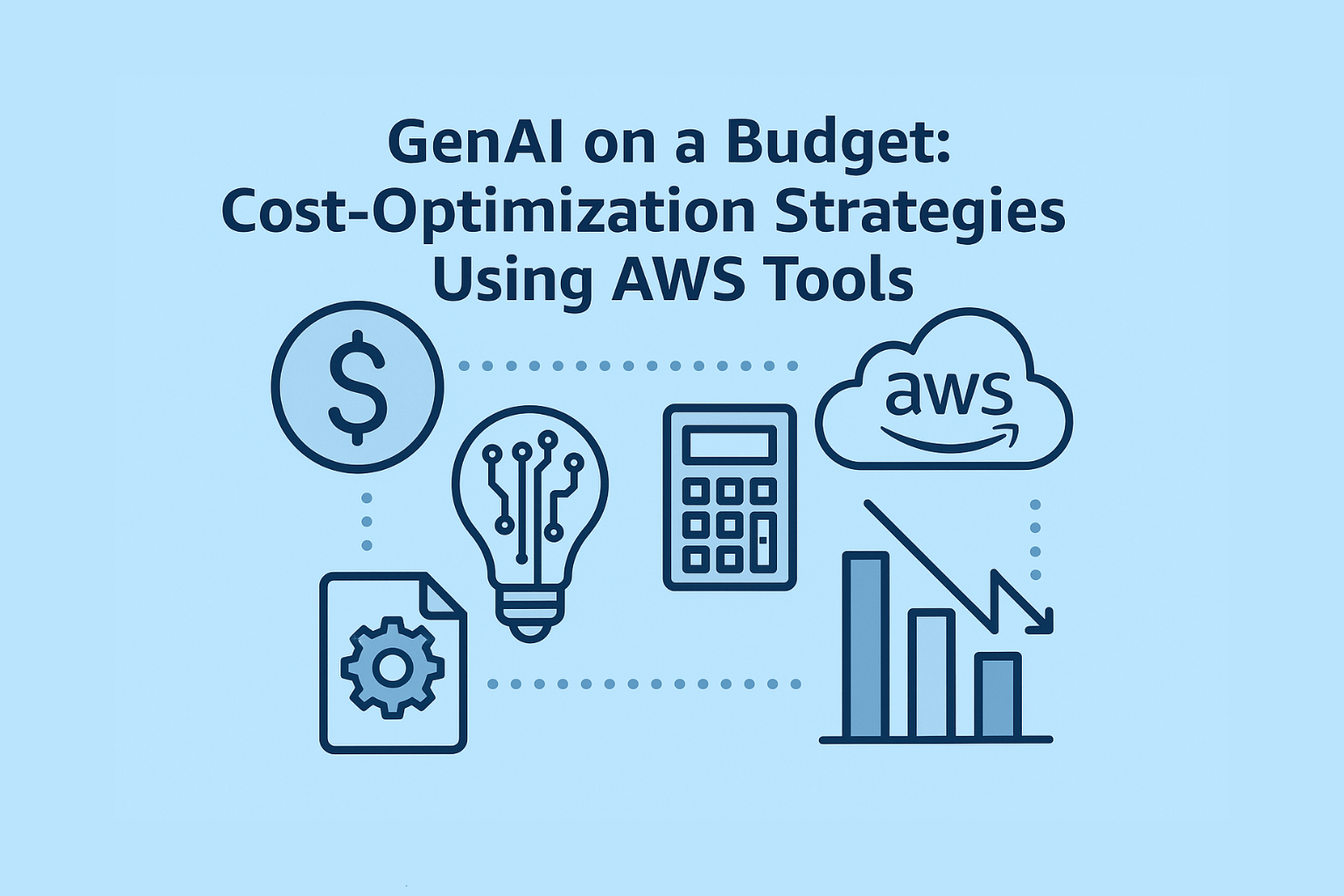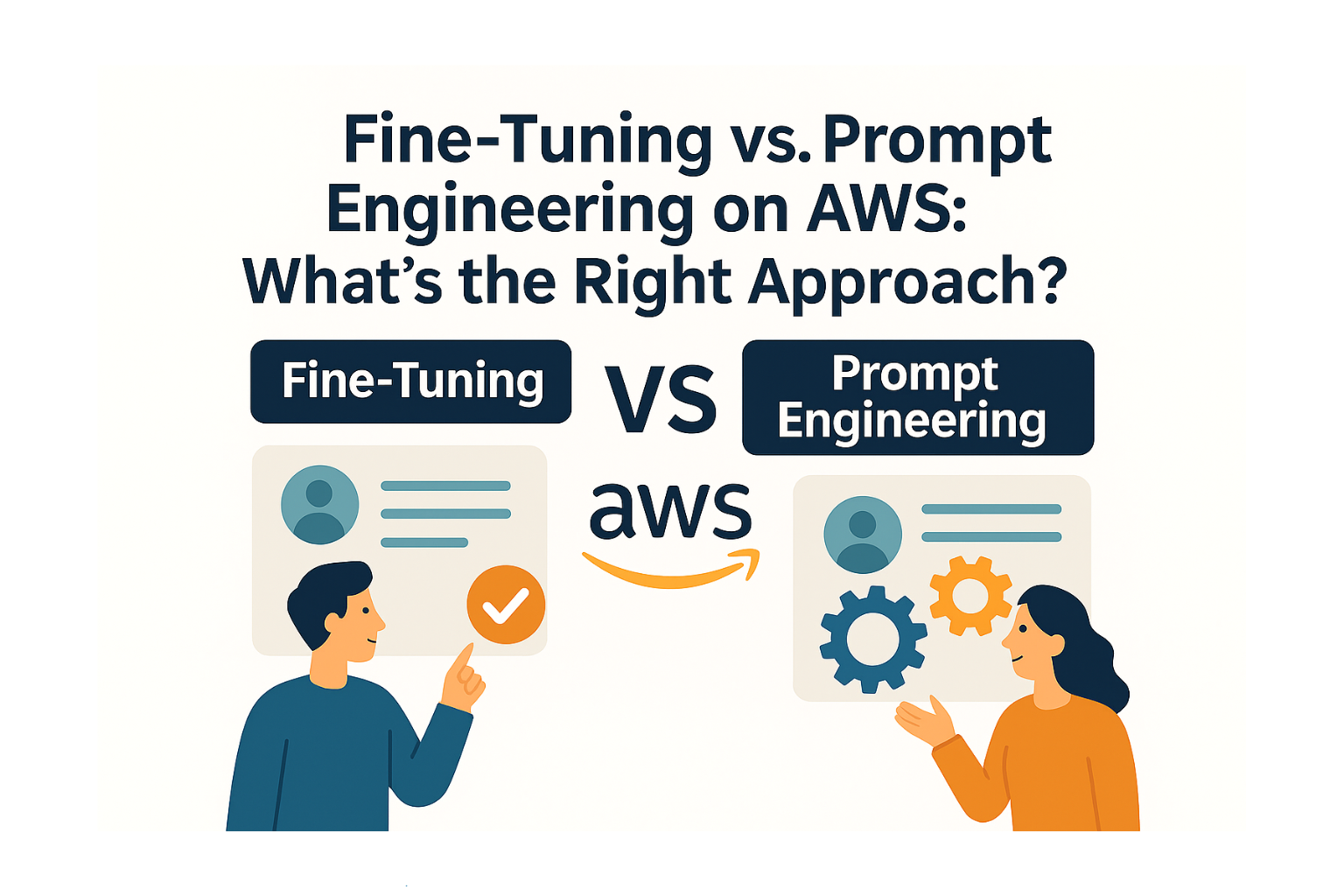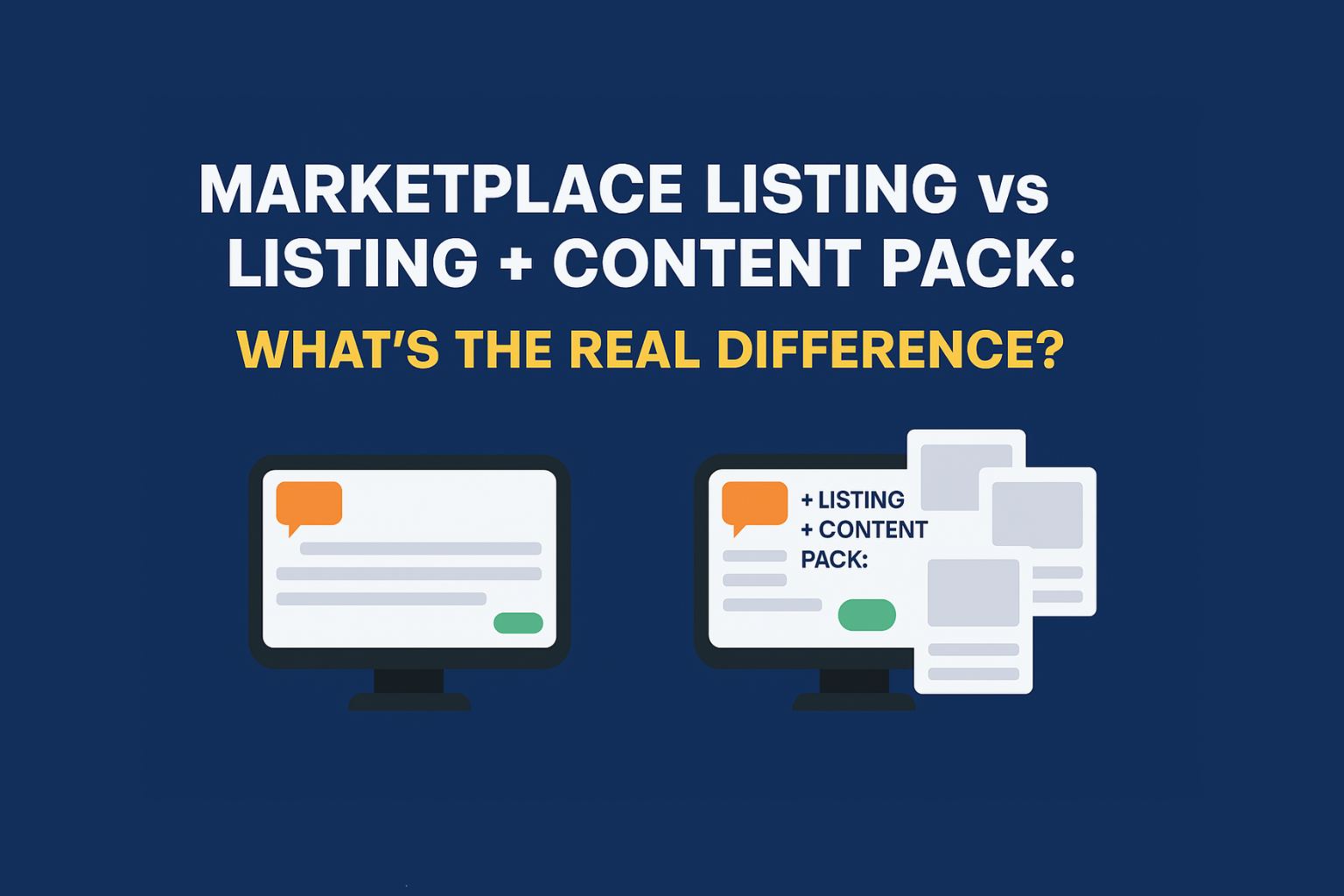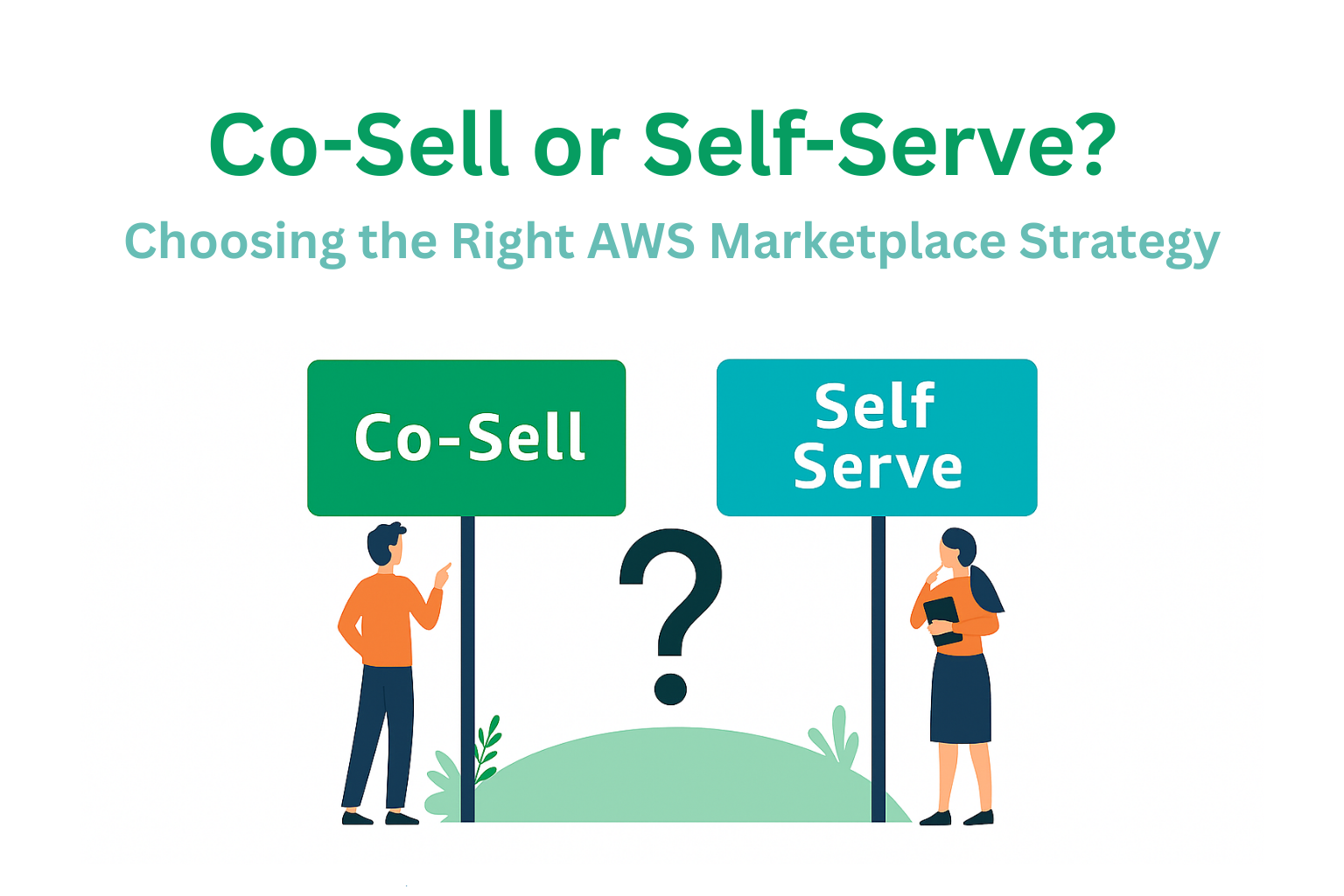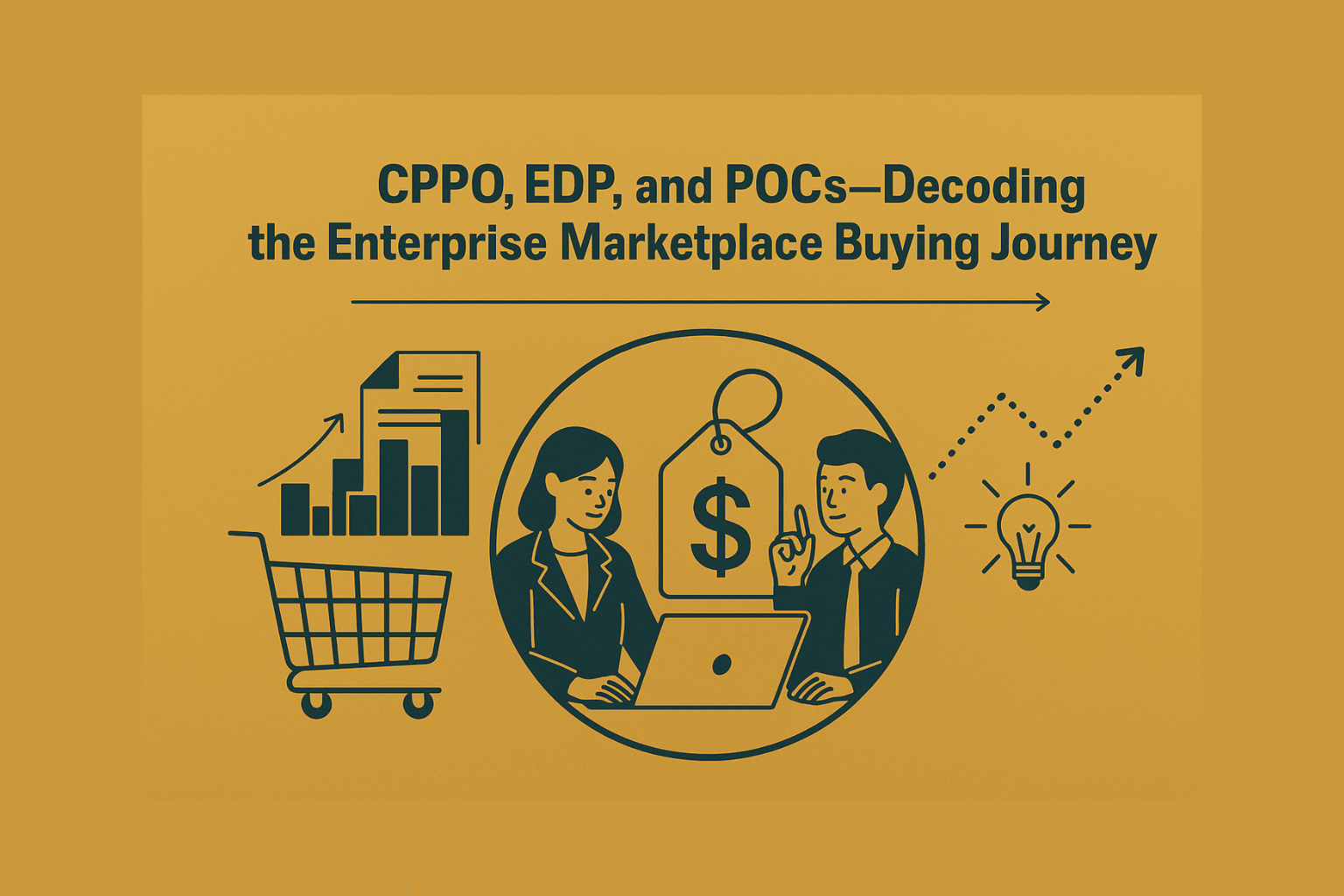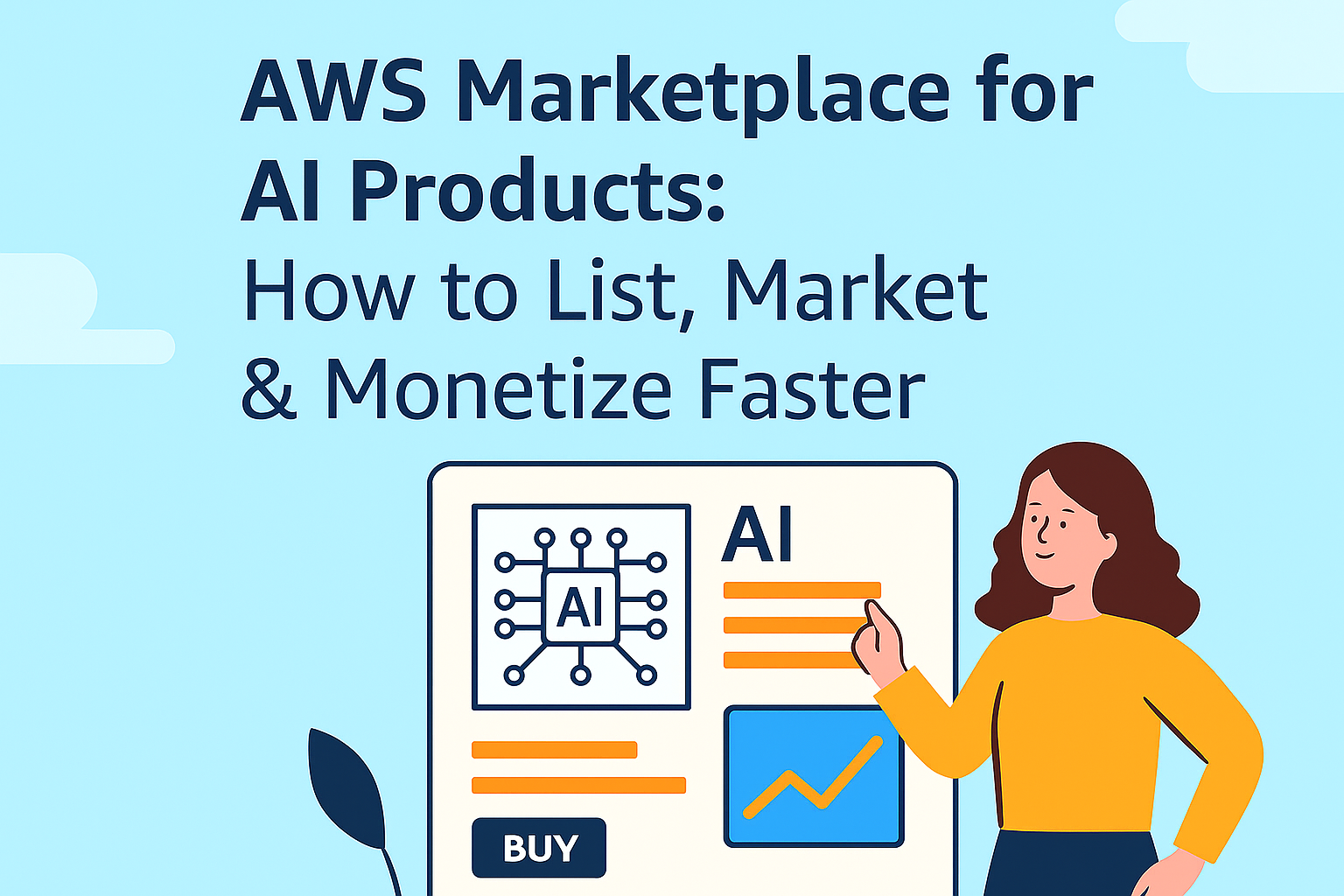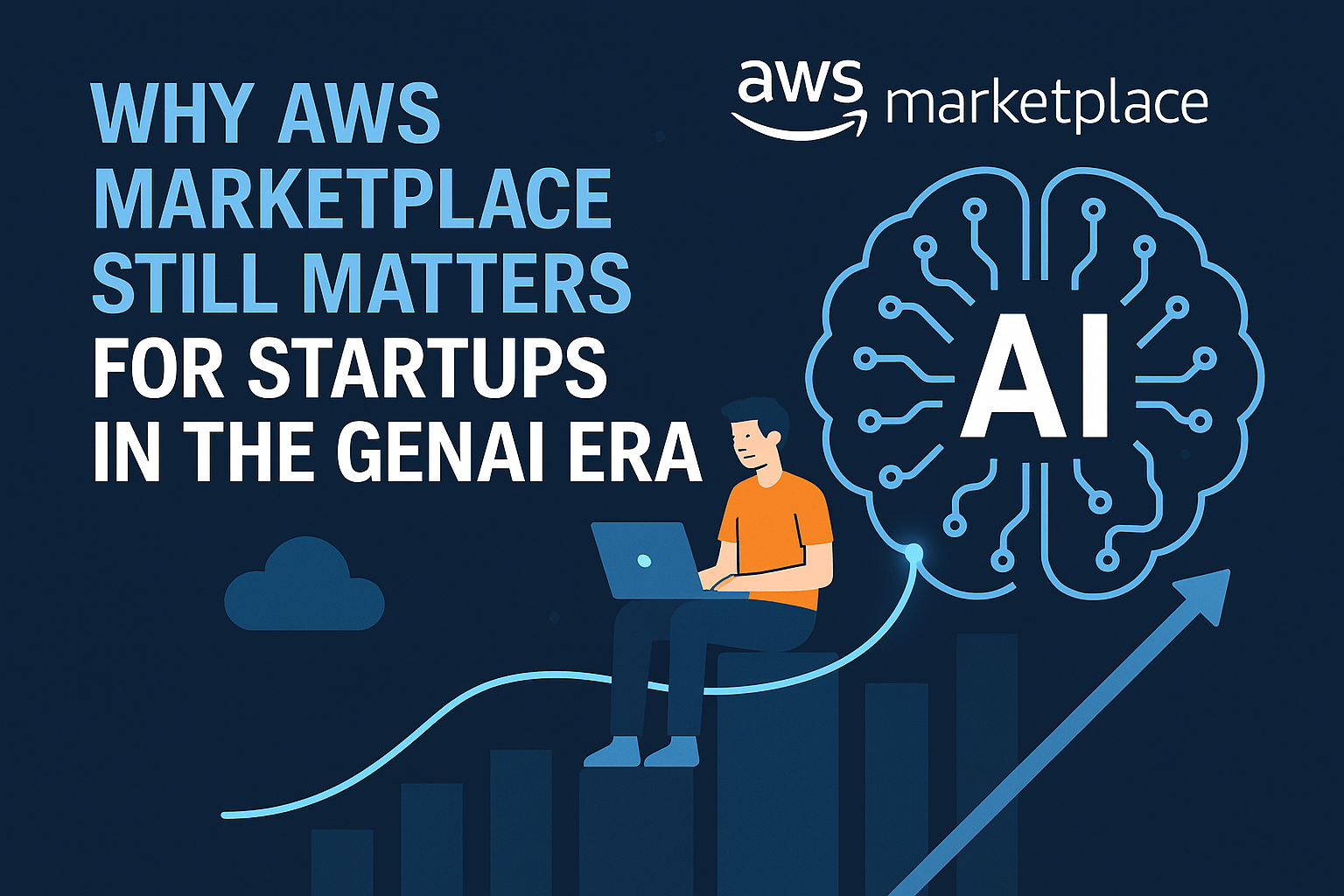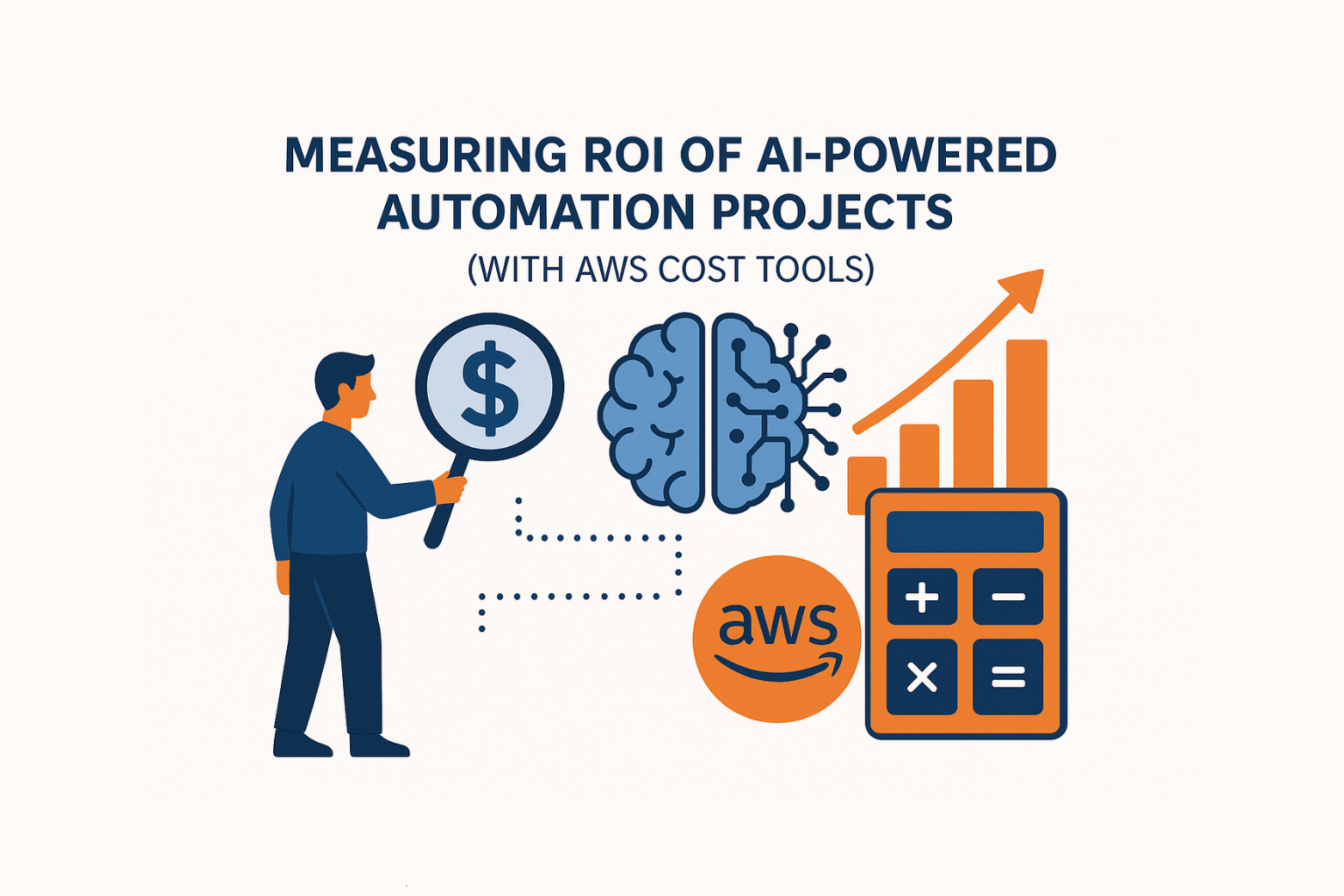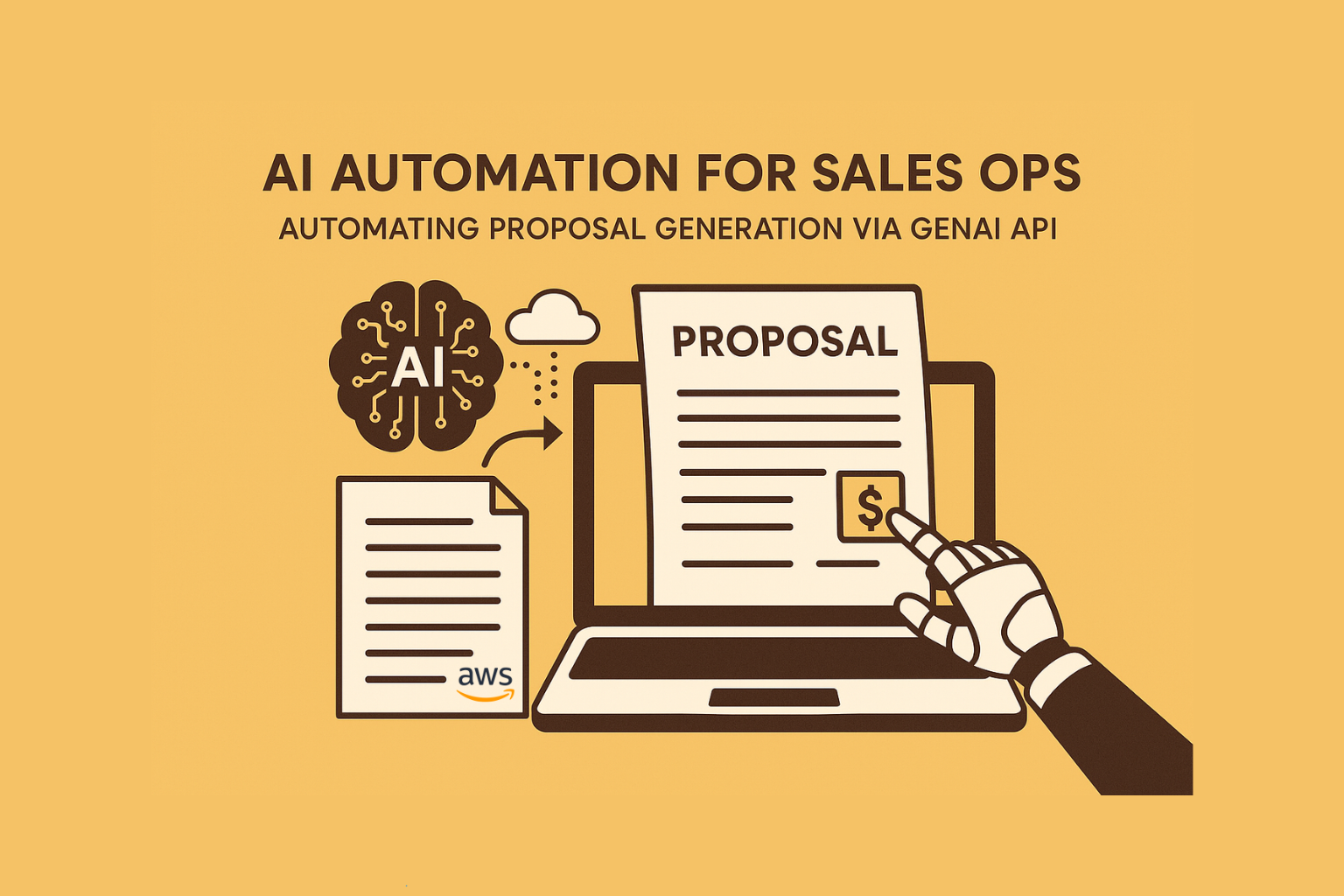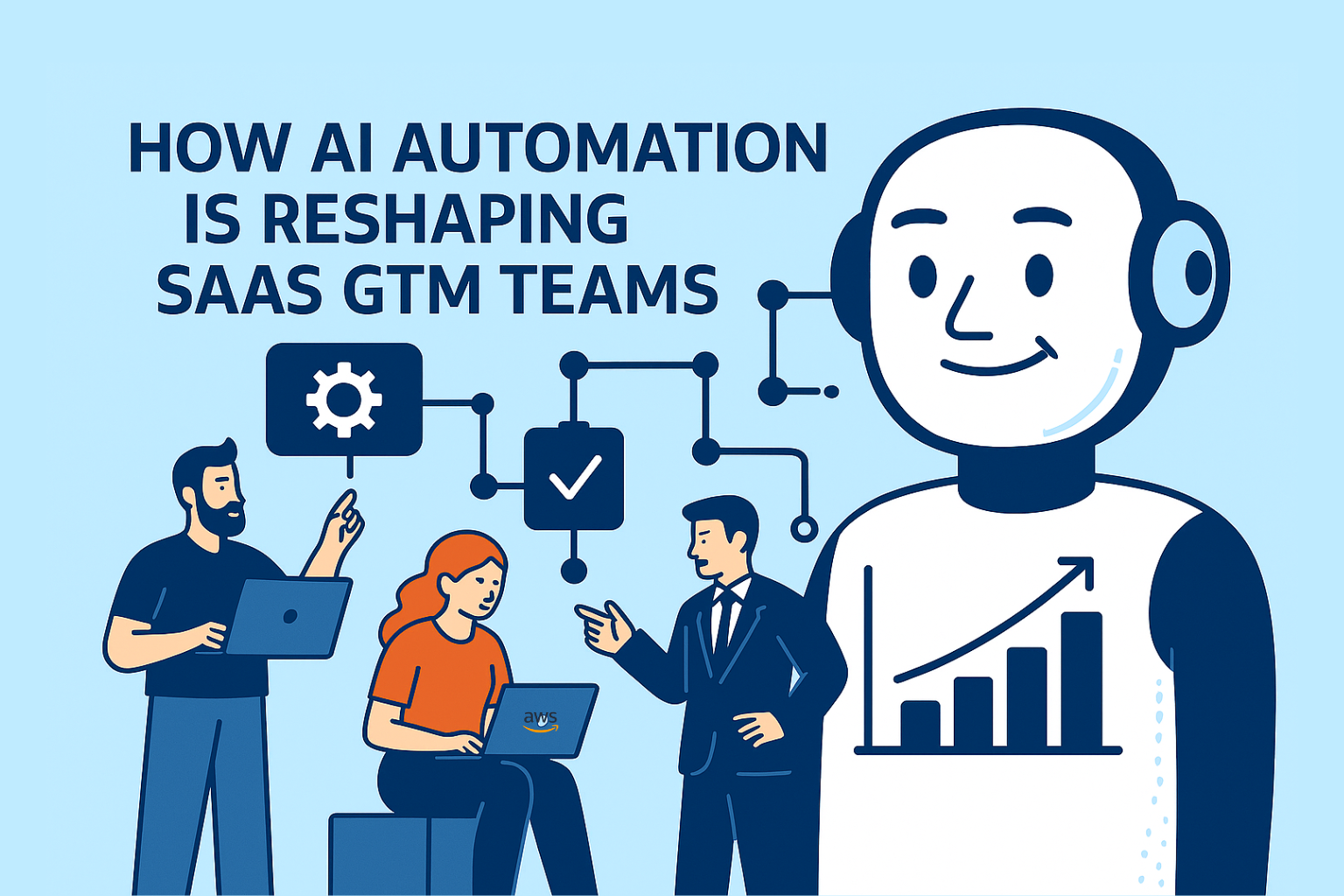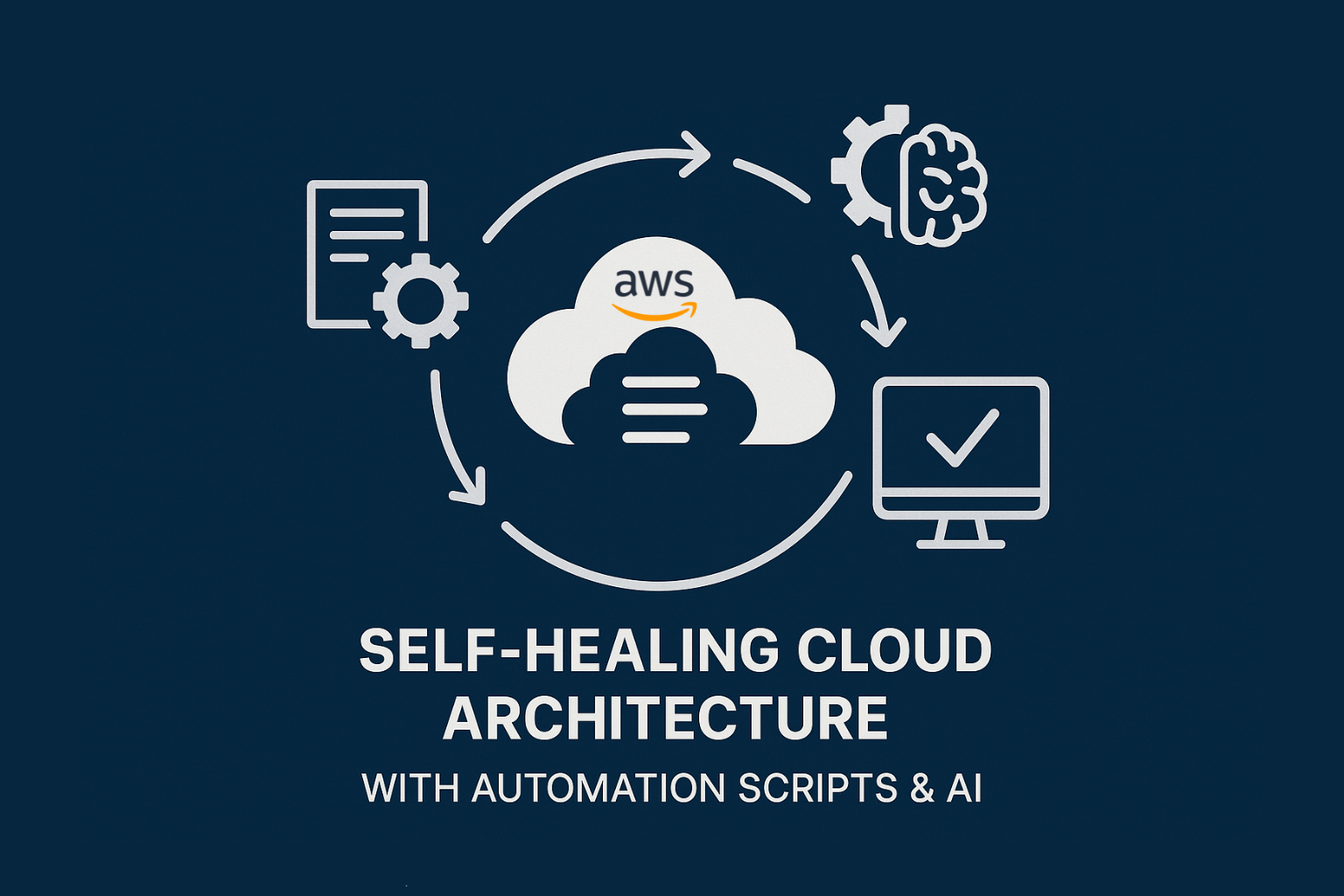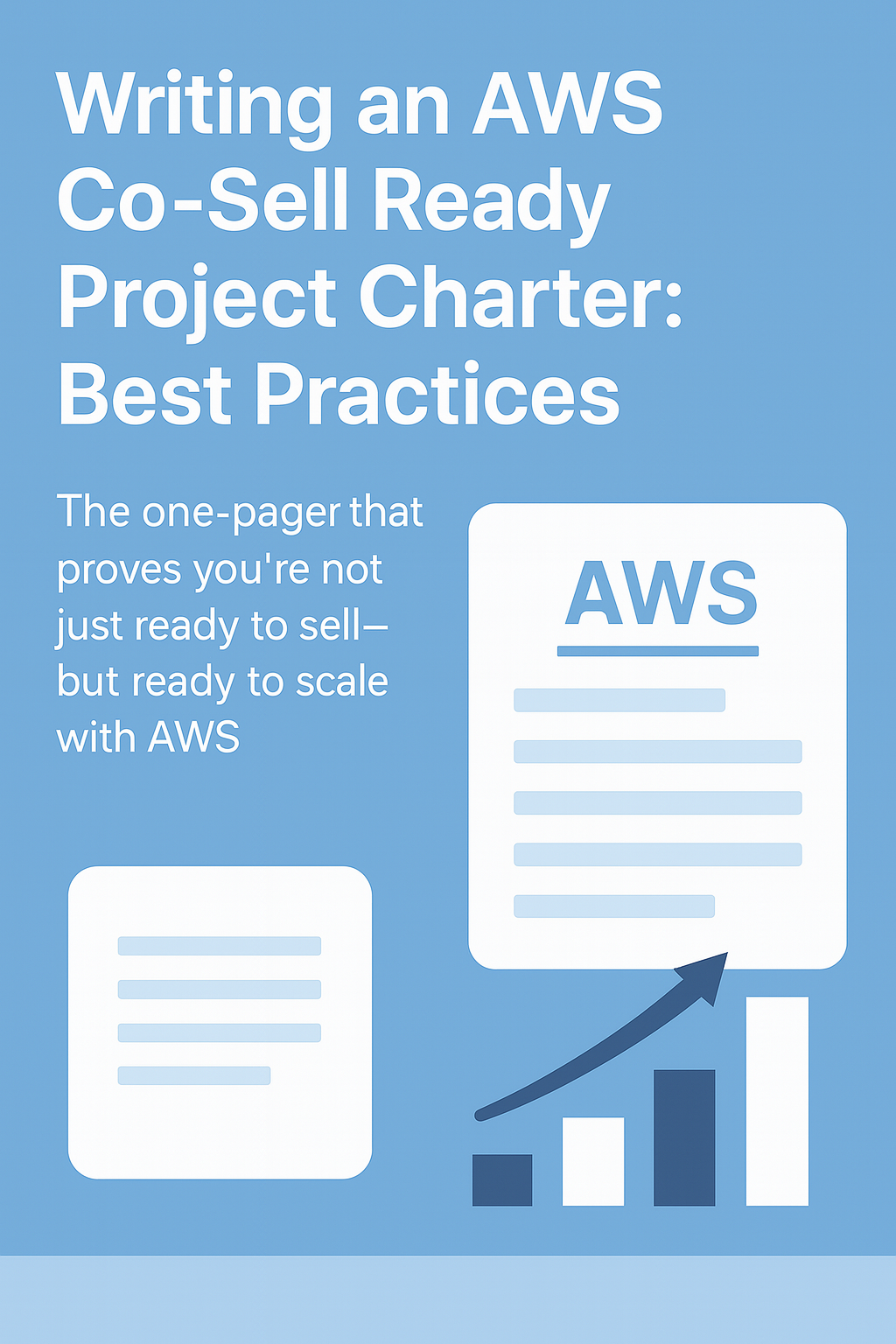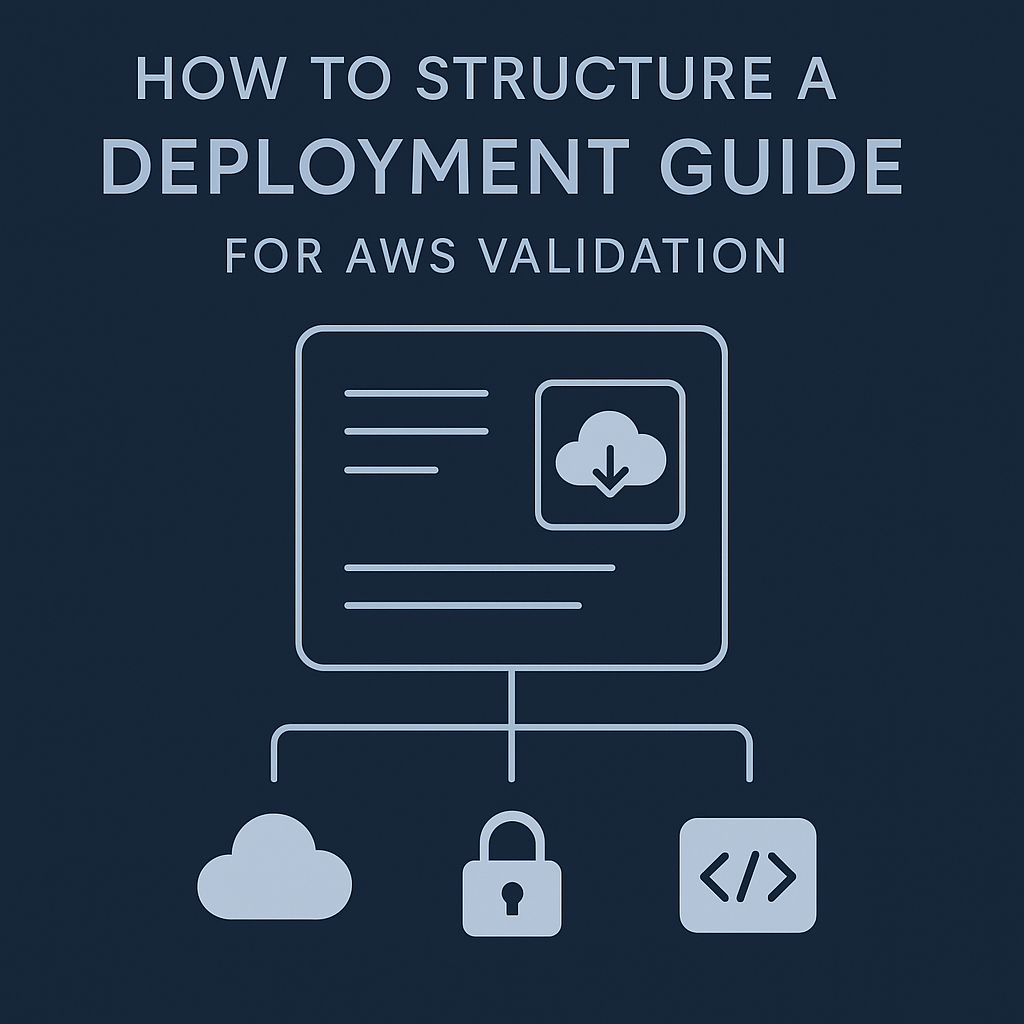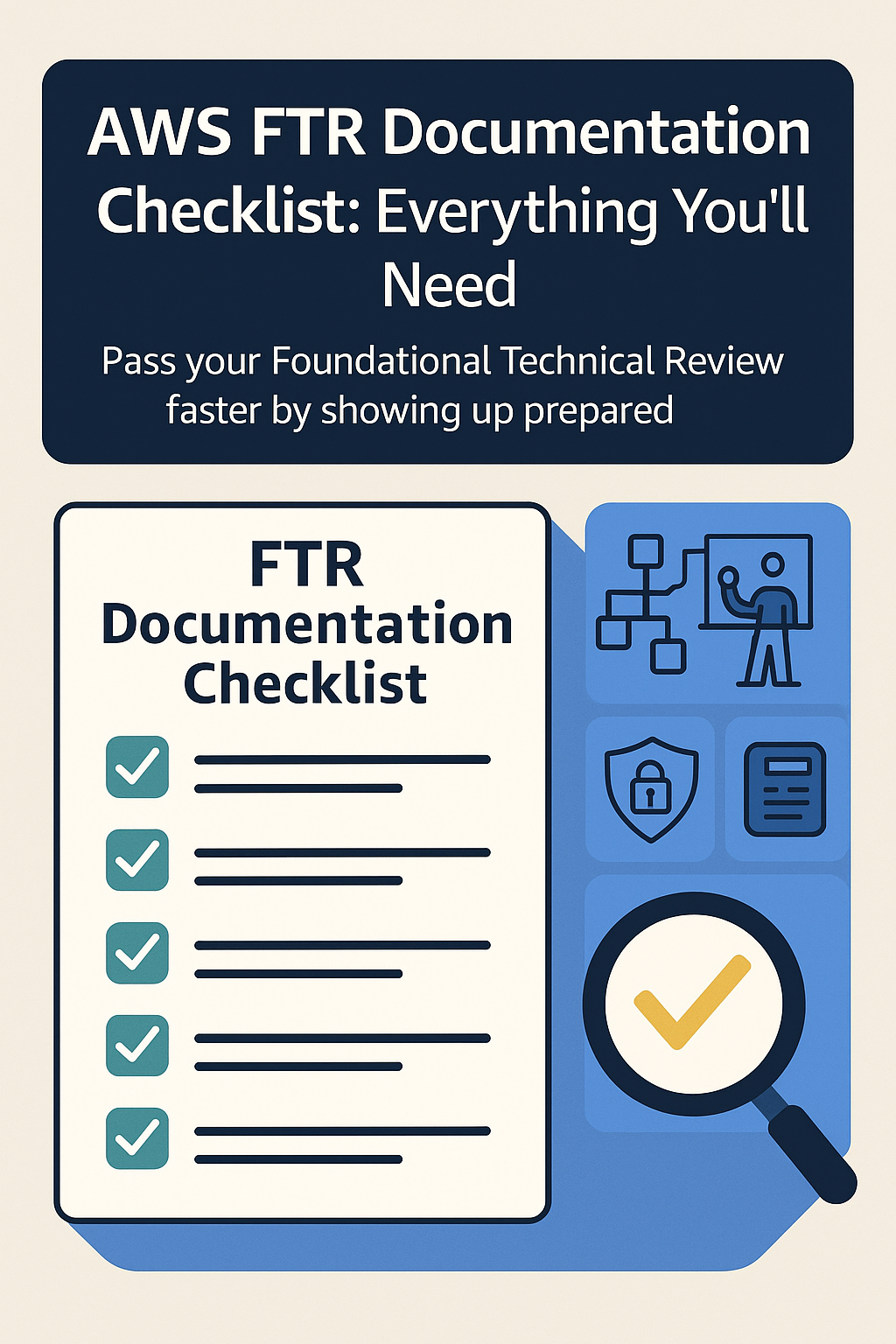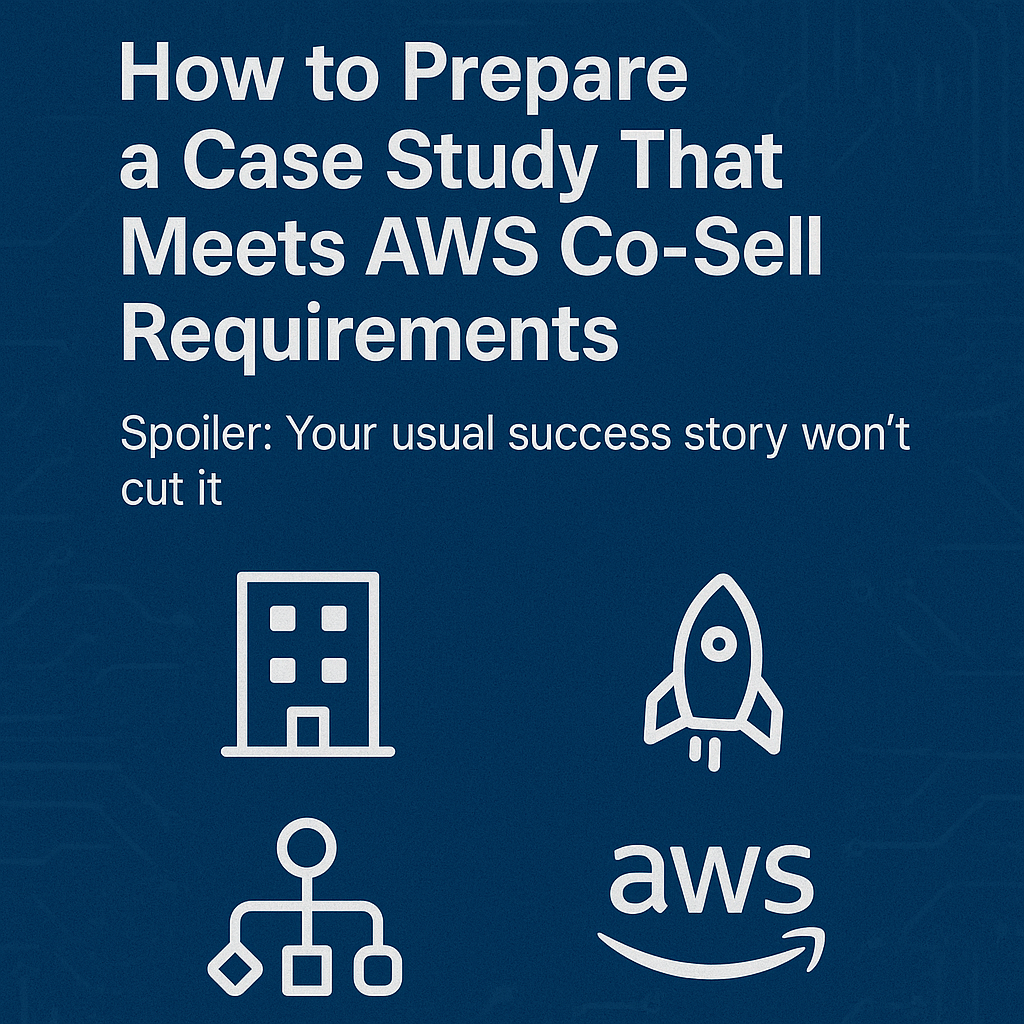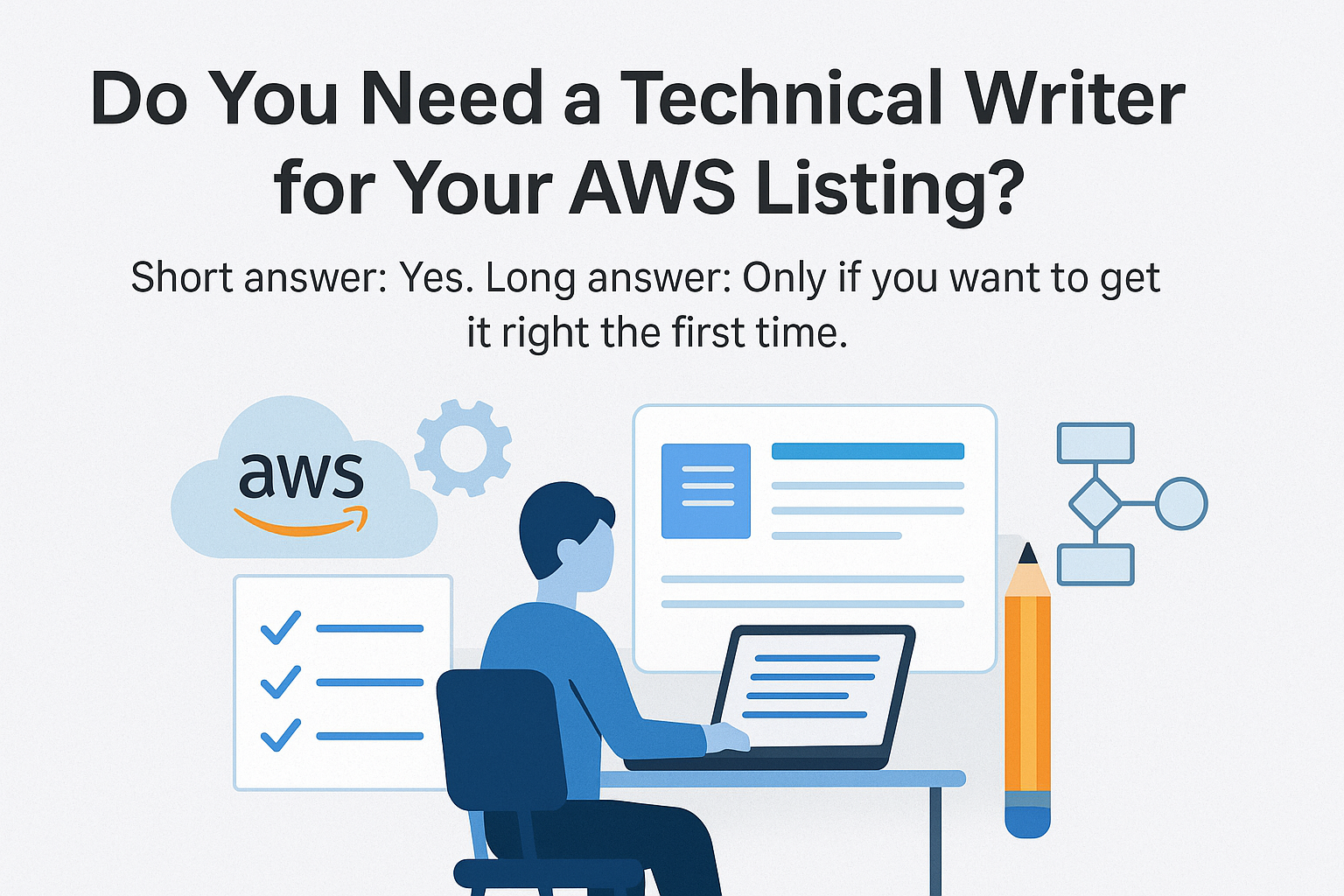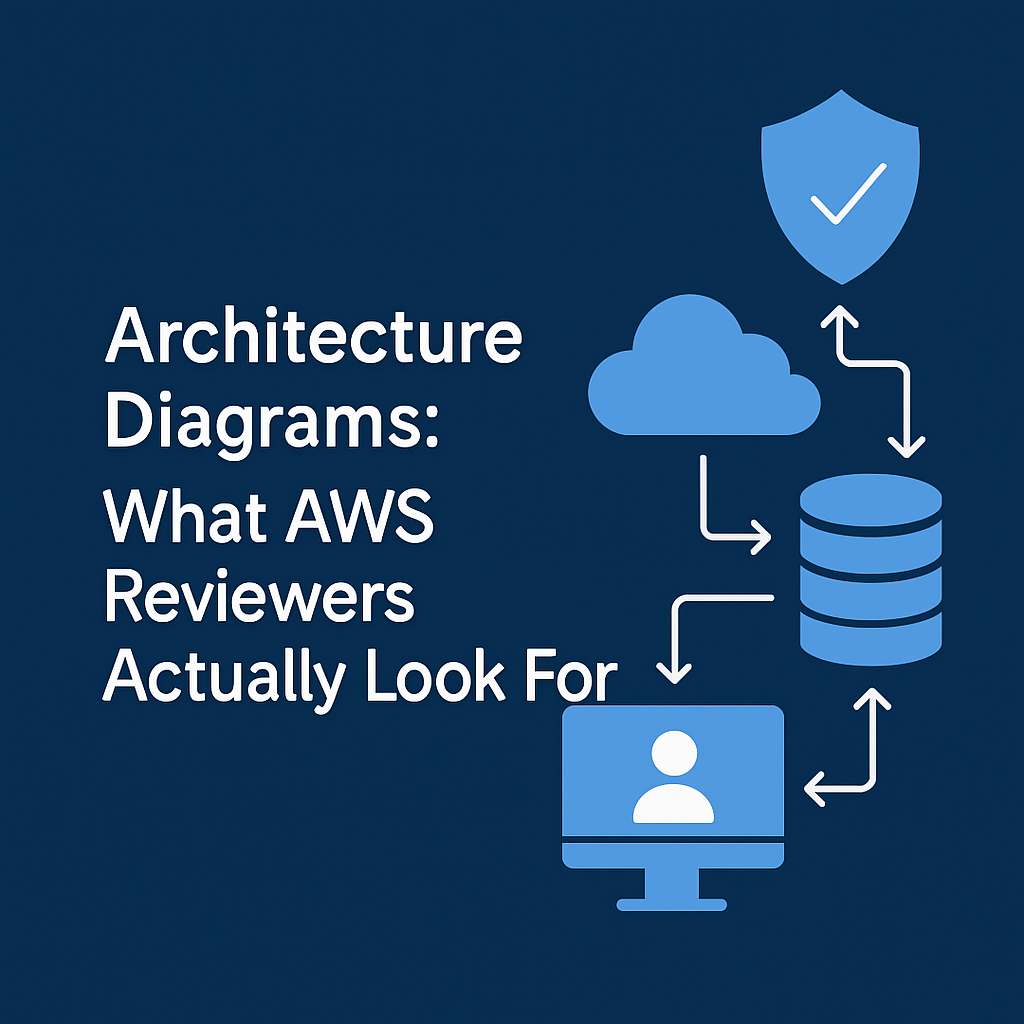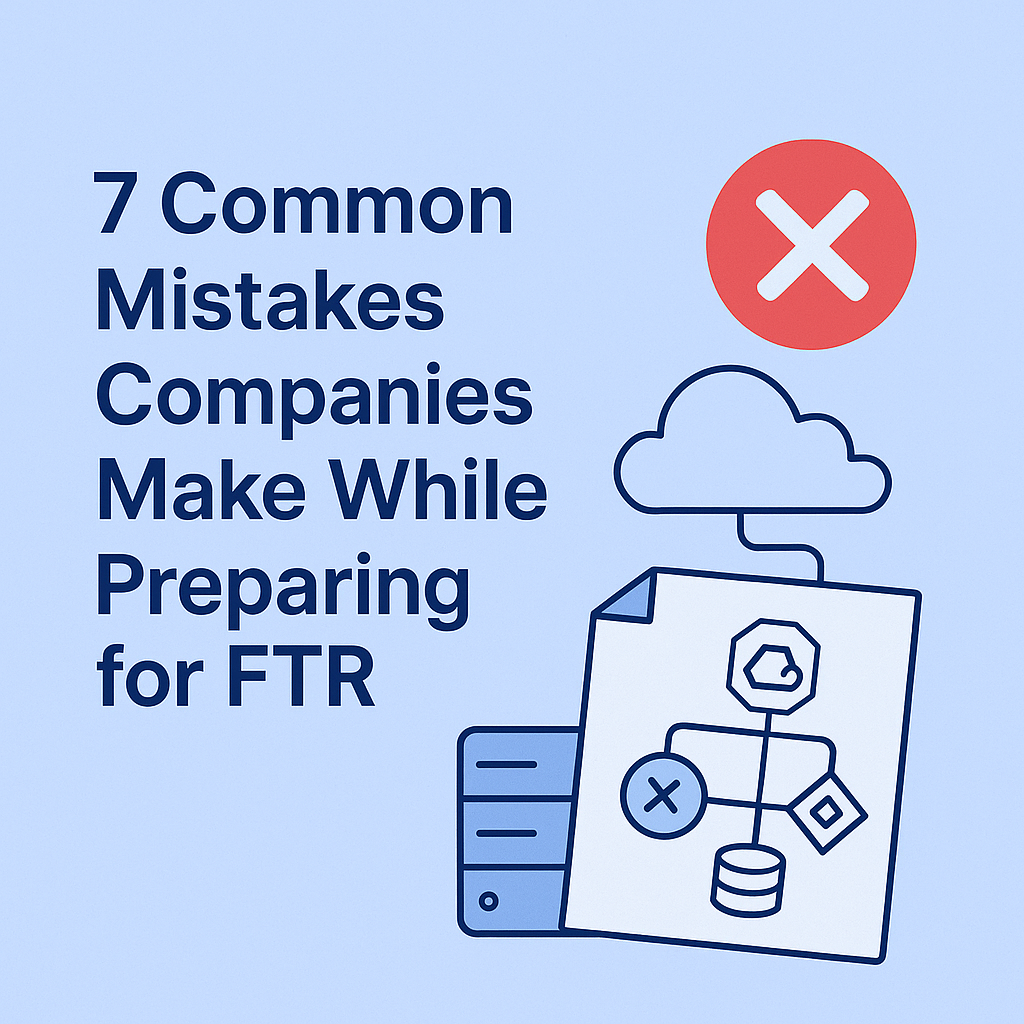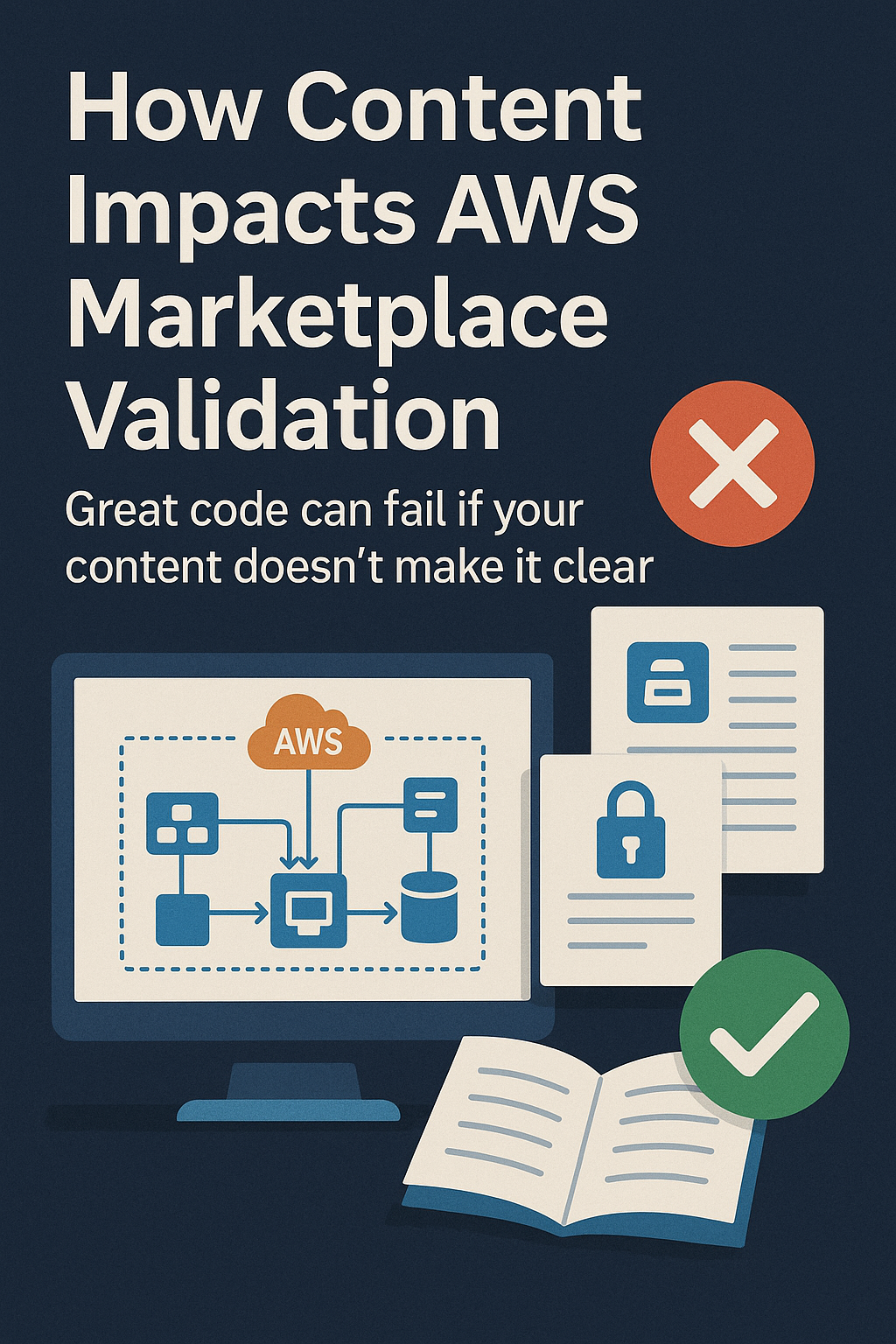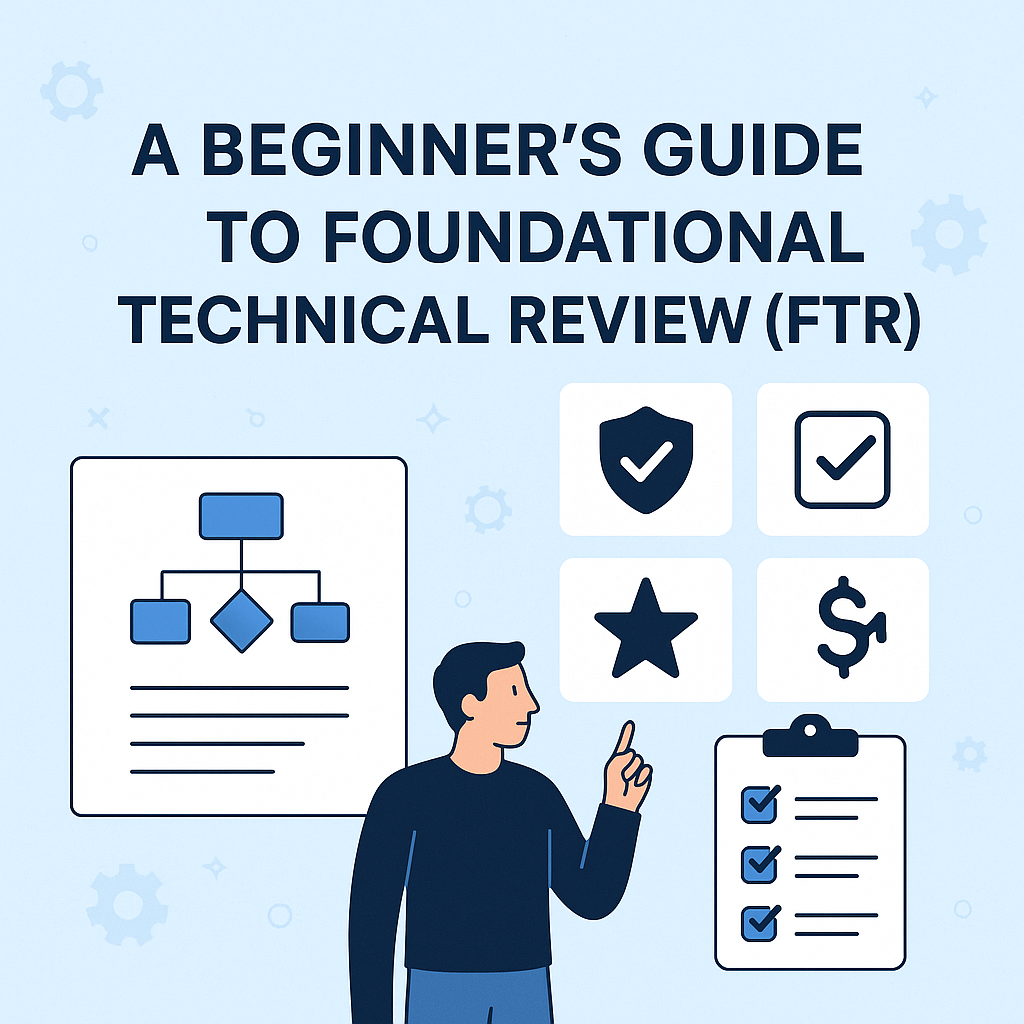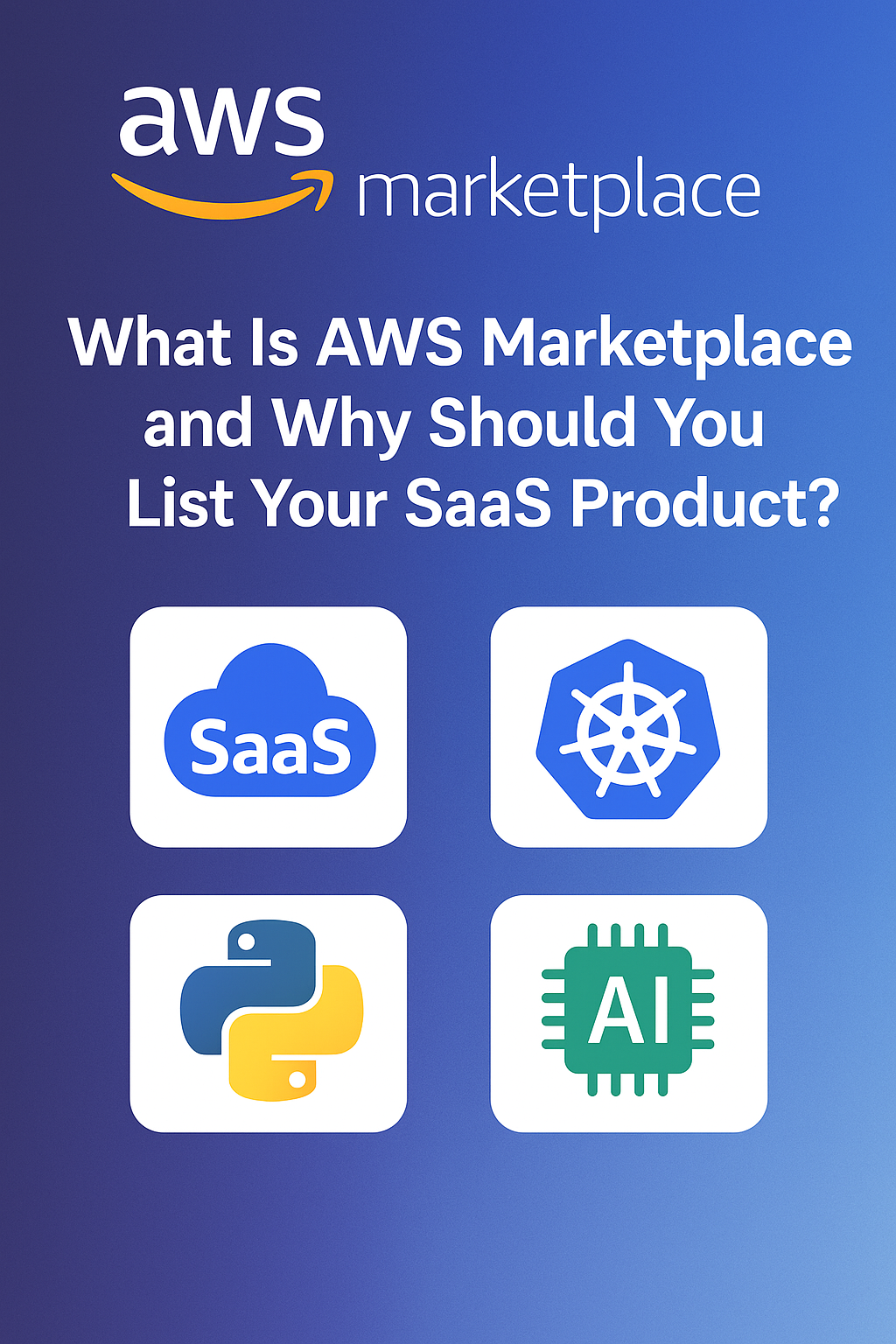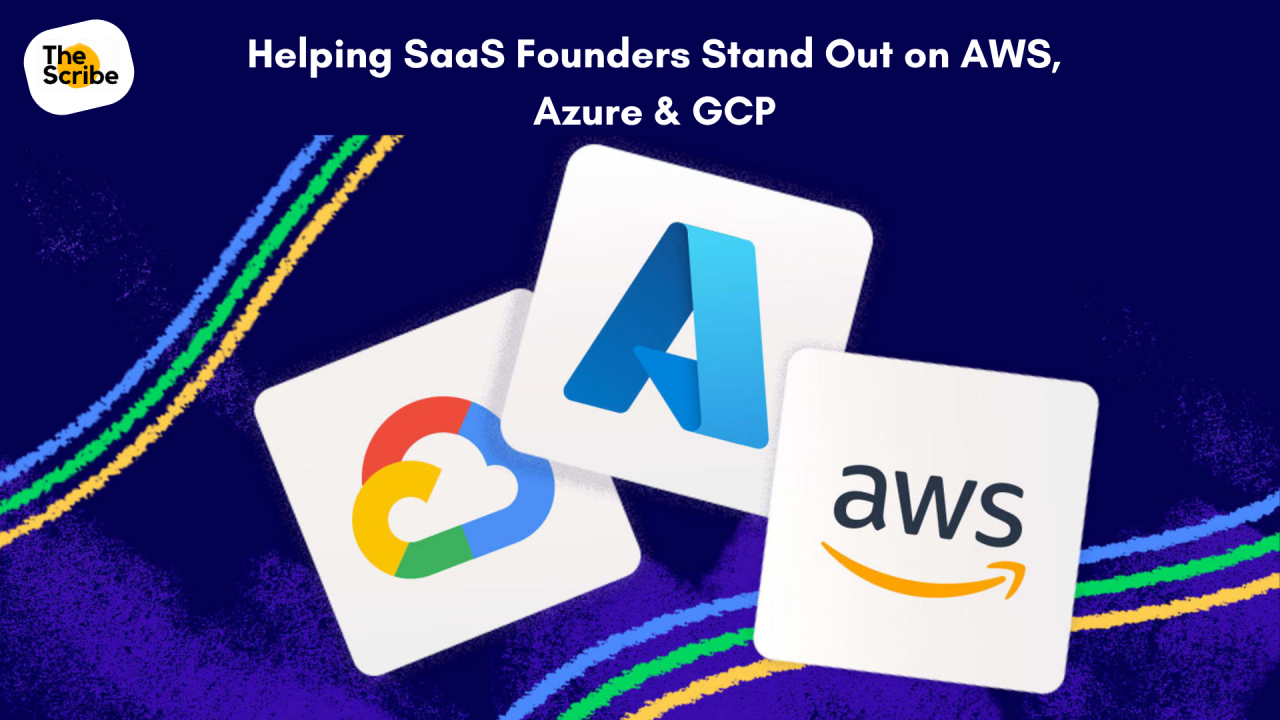Introduction
As an AWS Partner, you’ve likely been told:
“Getting the [SaaS / Security / Data & Analytics] Competency should be your next move.” It’s sound advice, sometimes. The AWS Competency badge is one of the most powerful trust signals you can earn in the ecosystem. But it’s not a formality, it’s a high-bar validation process that demands real technical documentation, customer evidence, and operational maturity. So when should you pursue it? What’s the actual ROI? And when does it make more sense to hold off?
Let’s unpack what the Competency program really involves, and how to make it a growth asset, not a time sink.
What Is the AWS Competency Program?
The AWS Competency Program recognizes APN Partners that have:
- Deep technical expertise in a specific solution area (e.g., SaaS, ML, DevOps, Security)
- Demonstrated customer success with named deployments on AWS
- Well-architected solutions using AWS-native services
- Robust security and operational practices aligned with AWS standards
It’s not just another badge, it’s AWS’s way of saying:
“This partner is ready to be trusted with enterprise deals.”
Competency is required or highly recommended for:
- Advanced Co-Sell motions
- Joint GTM campaigns
- Inclusion in AWS solution libraries and industry initiatives
- Standing out in Partner Finder
Real-World ROI of Getting an AWS Competency
Faster Co-Sell Approvals
Sellers prioritize Competency partners, they know you’ve been vetted
Increased Visibility
You’re featured in AWS Partner Finder filters, blogs, and industry campaigns
Greater Buyer Trust
Enterprise prospects use the badge as a quick validation signal
Sales Differentiation
In crowded categories, the badge sets you apart instantly
Procurement Simplification
The badge streamlines compliance and InfoSec reviews in regulated industries
How to know if you’re ready?
You’re ready to apply if you meet AWS’s core expectations. First, you should have at least 2–3 named customers who are willing to share their deployment stories and highlight how they use AWS services. Your solution must also demonstrate measurable outcomes such as cost reduction, performance improvements, or enhanced uptime. AWS looks for architectural depth, so your product should be built on core AWS-native services.
Security is another crucial factor, your architecture should include IAM policies, encryption, logging, and compliance controls. Operational maturity is equally important, meaning you have defined SLAs, support workflows, deployment playbooks, and disaster recovery processes in place. Finally, most Competency paths require that you’ve already passed the Foundational Technical Review (FTR), which serves as a mandatory checkpoint before moving forward.
What’s Actually Required to Earn the Badge
Expect to submit a comprehensive package including:
1. Solution Overview
- A structured narrative outlining what your product does, for whom, and why it’s optimized for AWS
2. Reference Architecture
- A labeled diagram showing deployment model, data flows, AWS services used, and security boundaries
3. Security Documentation
- Encryption specs, IAM policy details, audit logs, SOC2/HIPAA/ISO alignment (as applicable)
4. Customer Case Studies (3–5)
- Each with: Named company, business challenge, AWS architecture used, results, and deployment detail
5. Operational Docs
- Support SLAs, onboarding materials, DR plans, and patch/update procedures
6. Third-Party Audit (in some cases)
- AWS may require a validation call or audit by their Partner Solutions Architect or an external reviewer
Even If You’re Not Applying, Start Building the Assets Now
All the content you prepare for a Competency submission can also be used in:
- AWS Marketplace listing
- Co-Sell enablement decks
- Enterprise onboarding docs
- RFP responses and compliance packages
- Website landing pages and product briefs
When NOT to Pursue a Competency (Yet)
- You’re pre-product-market fit or still pivoting
- You lack 2–3 customer deployments that use AWS visibly
- Your architecture isn’t fully baked in AWS-native services
- You haven’t passed FTR
- You’re still learning how AWS programs work
Conclusion
AWS Competency isn’t just a status symbol—it’s a signal.
A signal to AWS that:
- You’re mature
- You’re ready for Co-Sell scale
- You understand what buyers expect
- And you’re a safe, repeatable recommendation
If you’re already seeing Co-Sell momentum, have strong AWS-backed case studies, and want to compete in regulated or enterprise-heavy verticals—Competency will pay off.
If not, use the Competency requirements as your content roadmap—and apply once the foundations are strong.
Need help preparing audit-ready case studies, security docs, and AWS-aligned architecture diagrams?
Contact us today!
